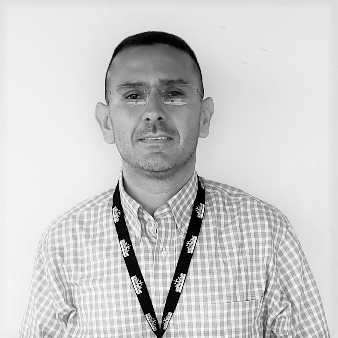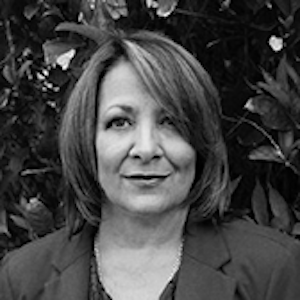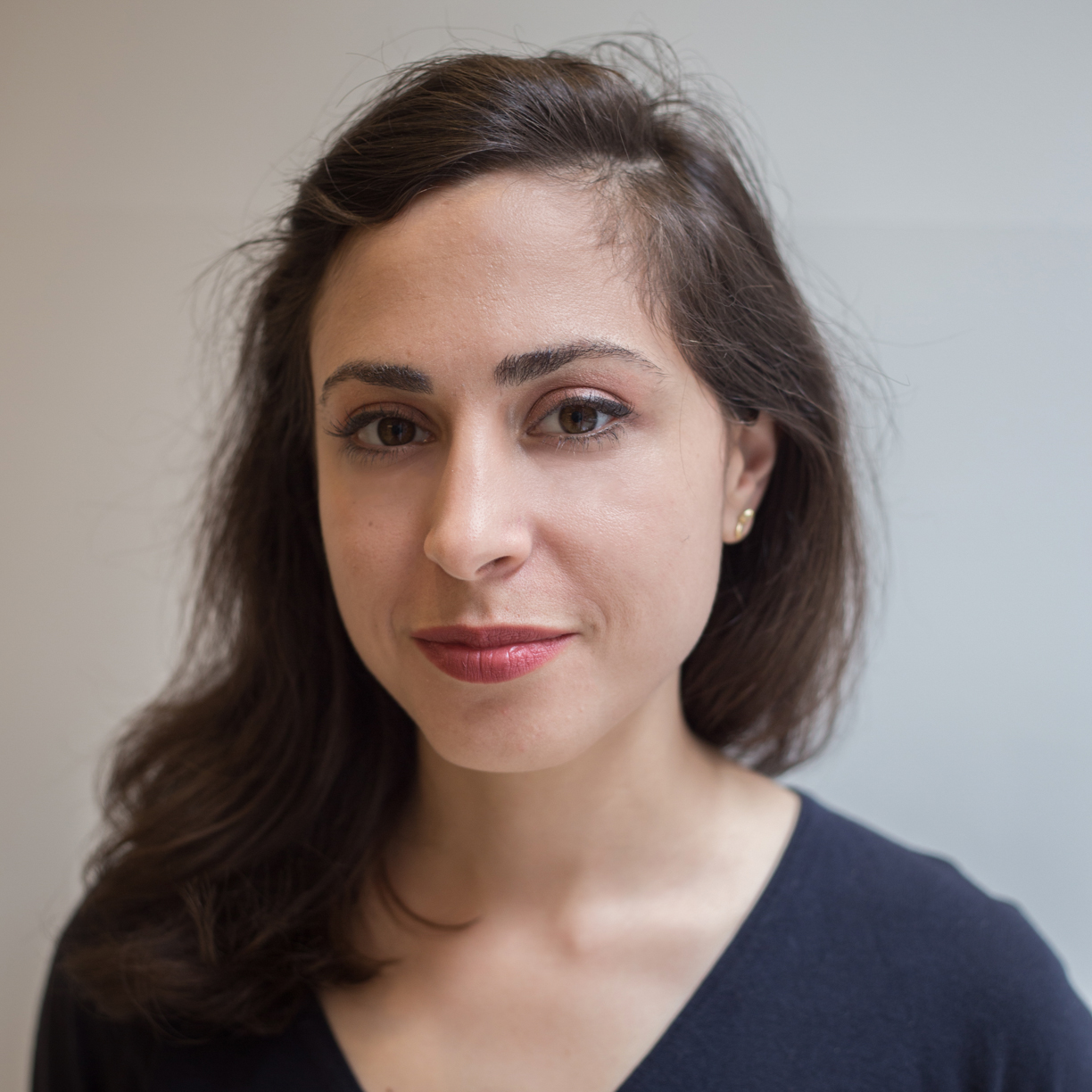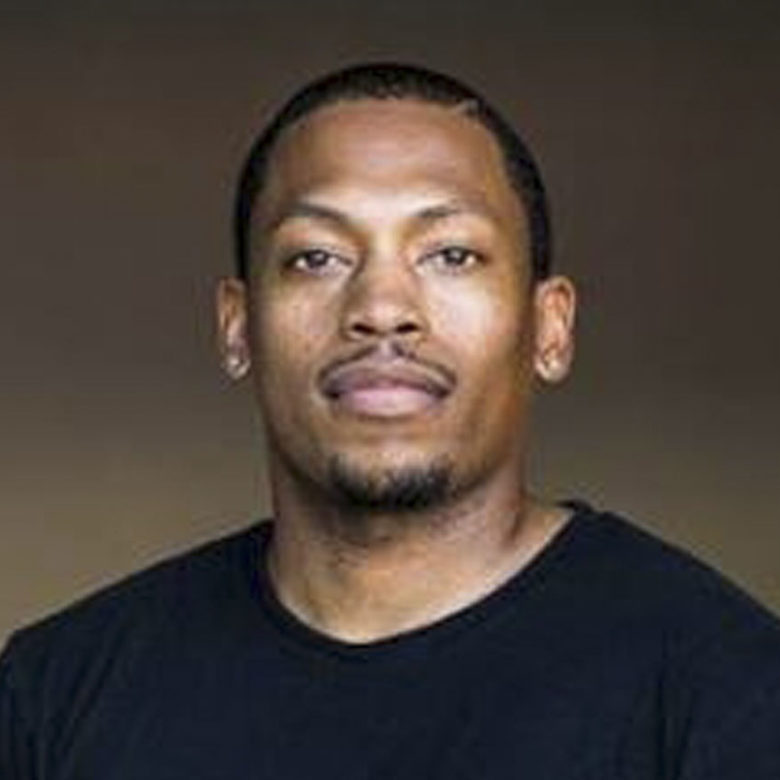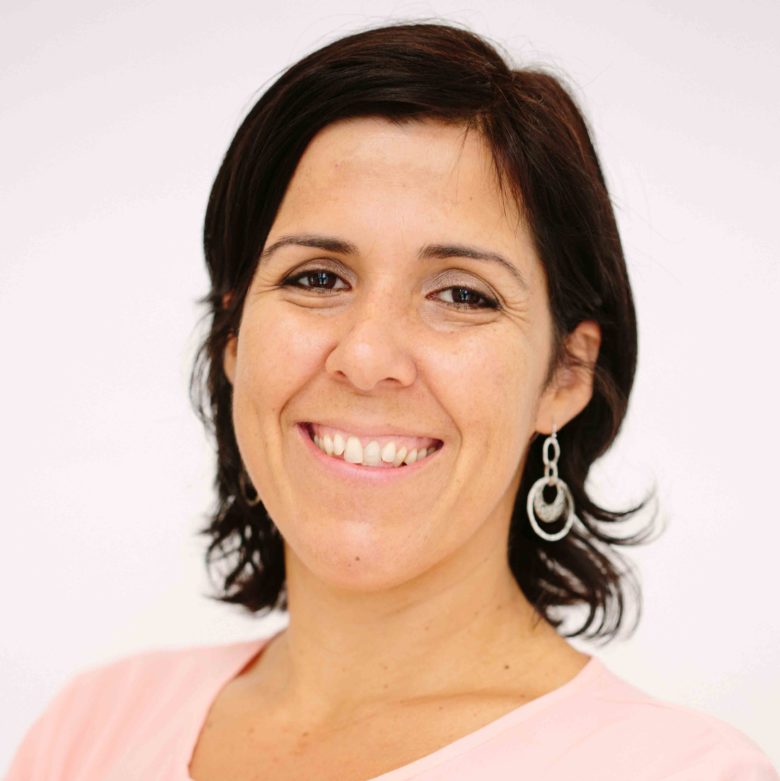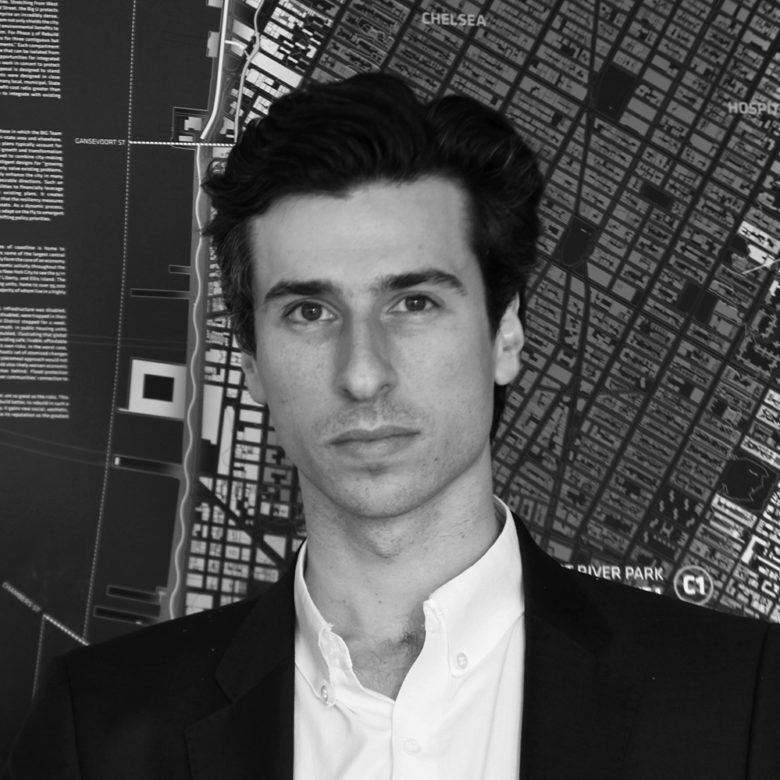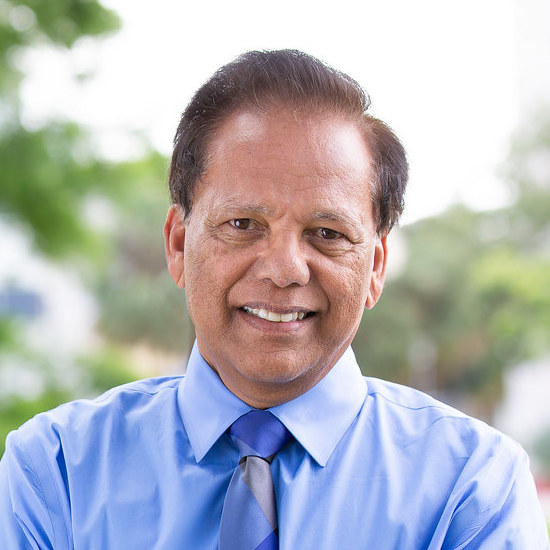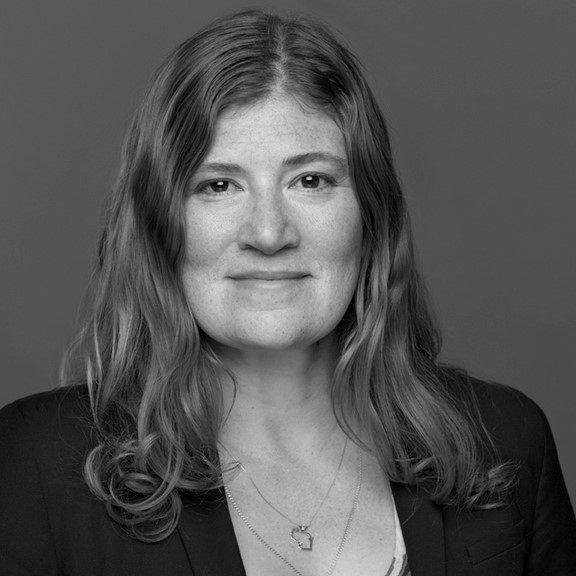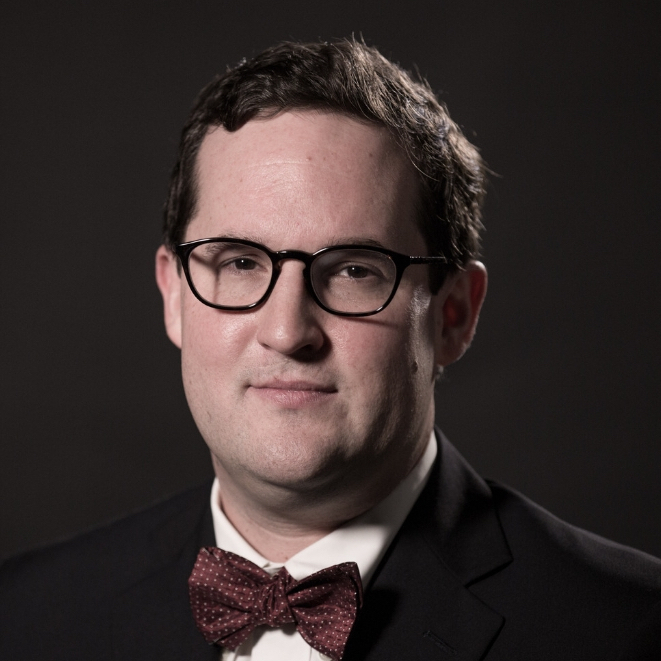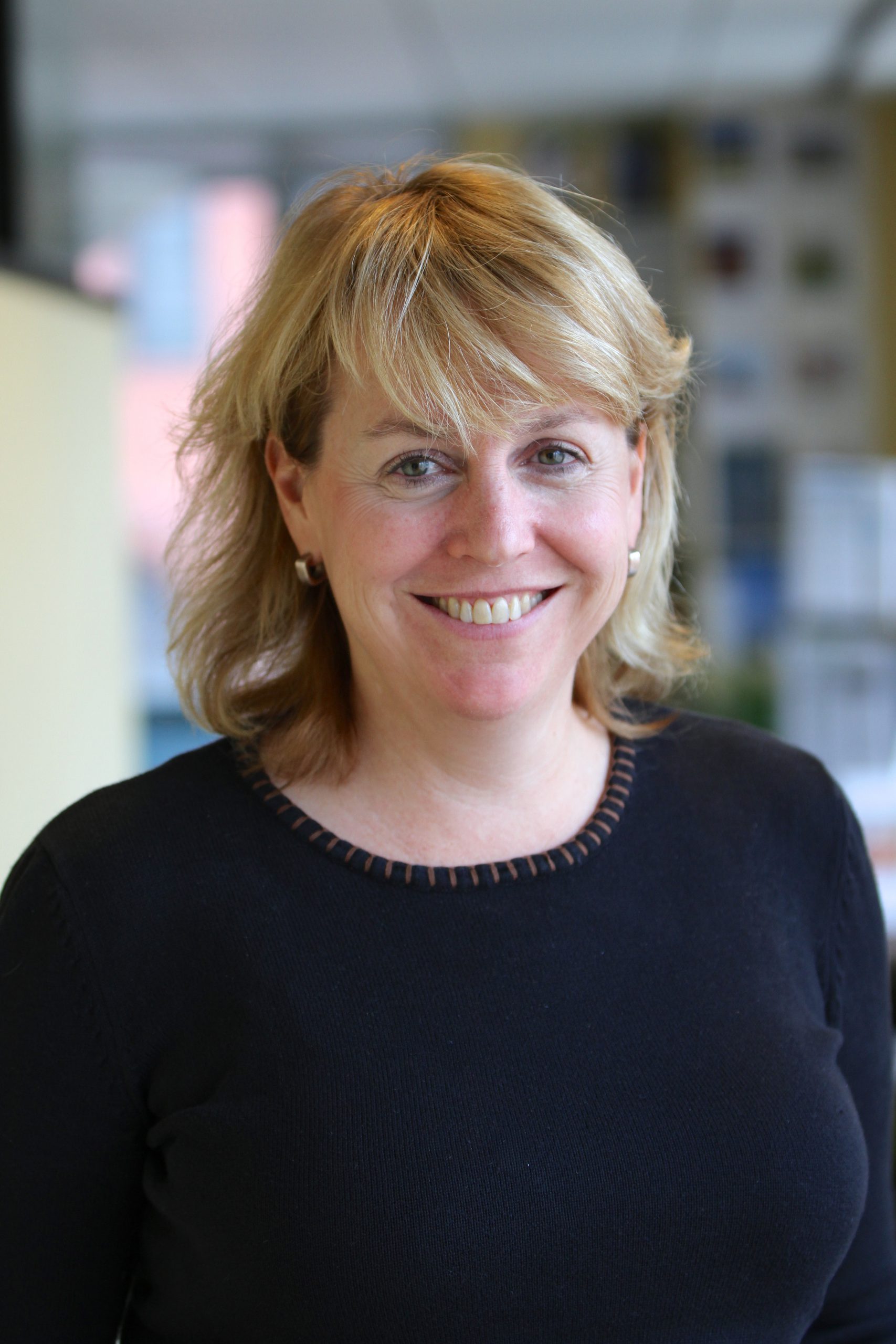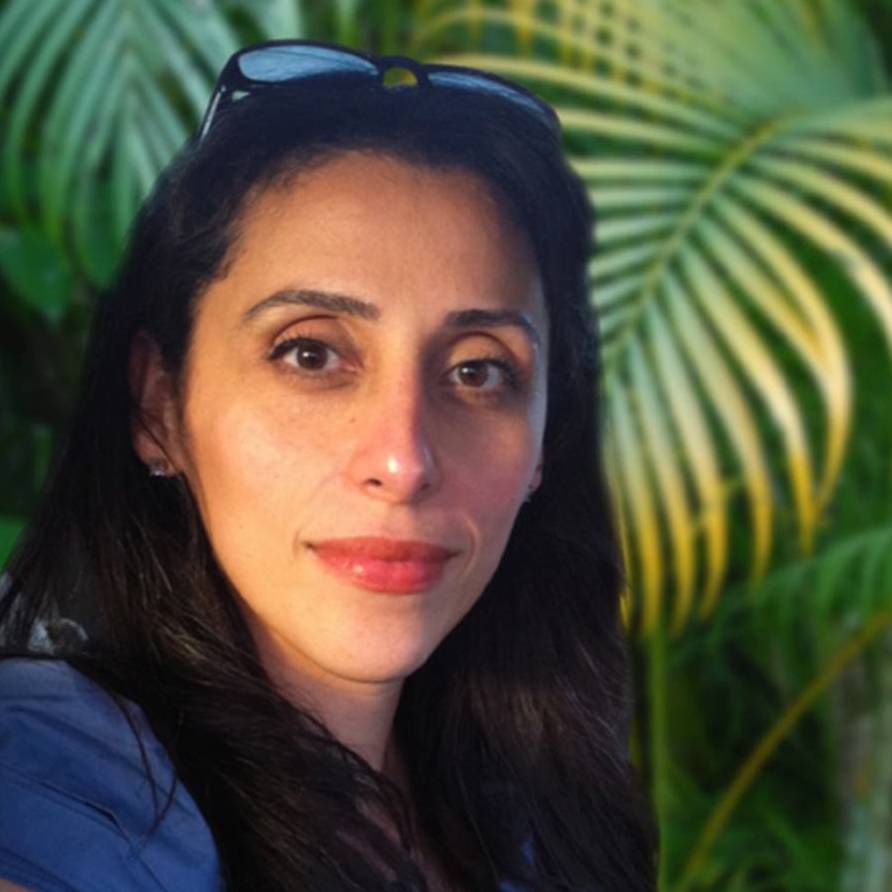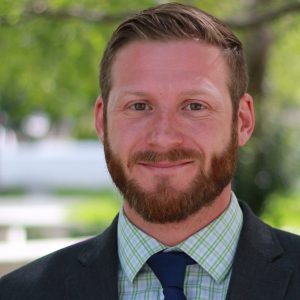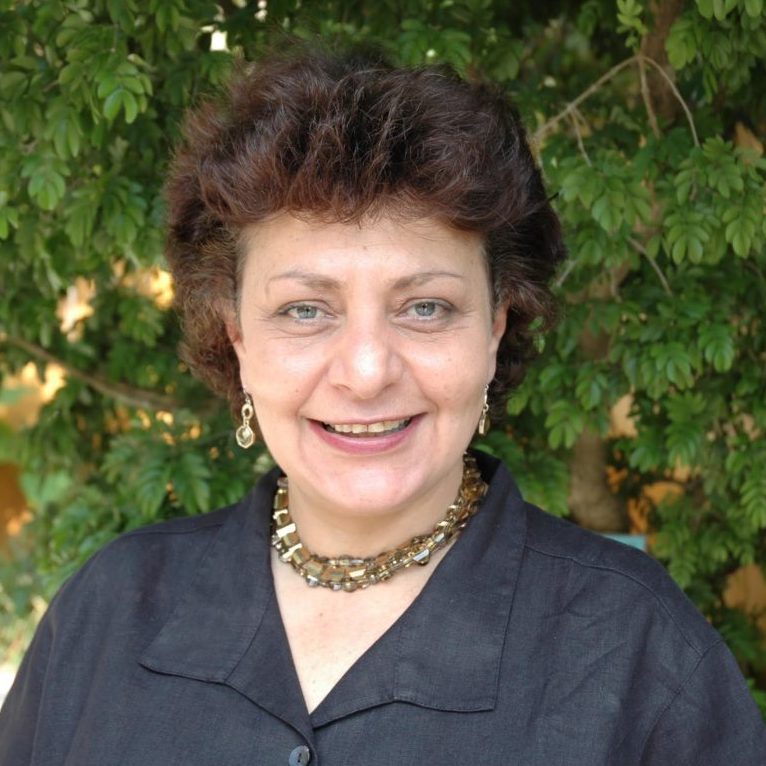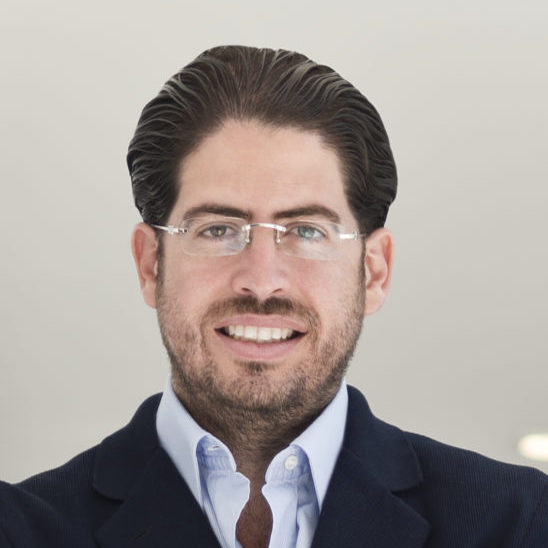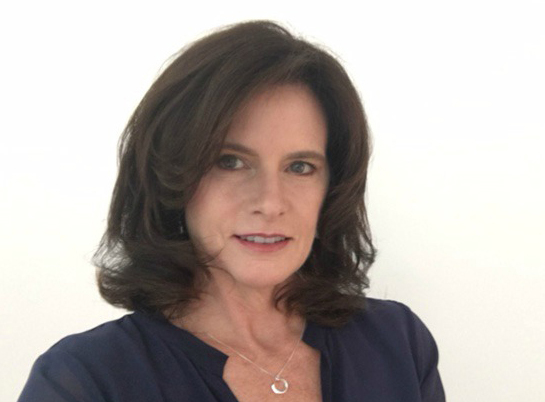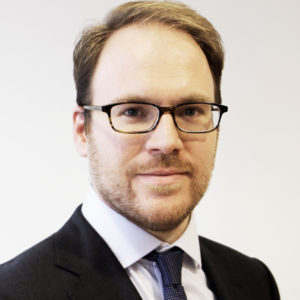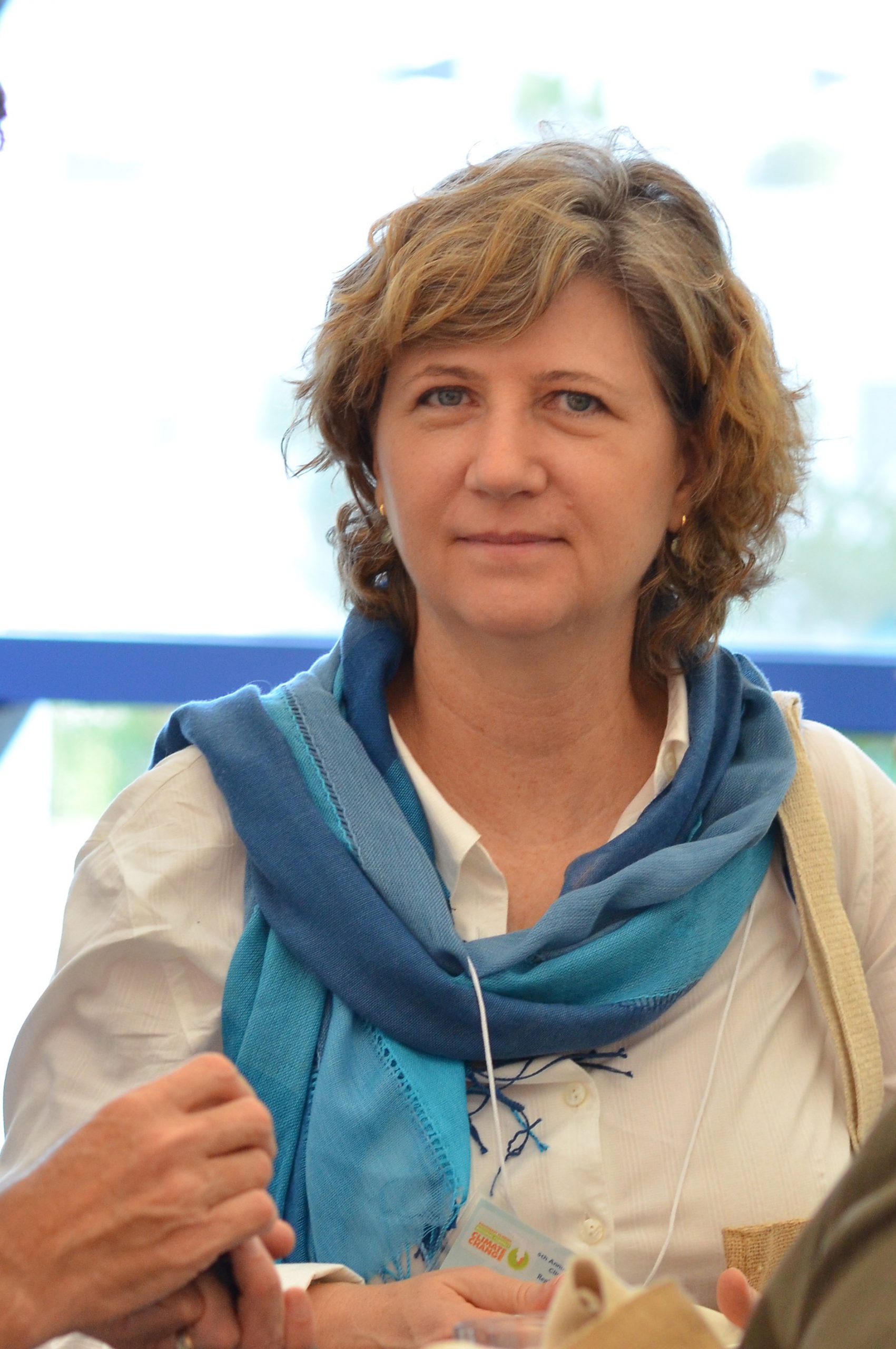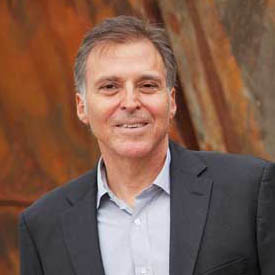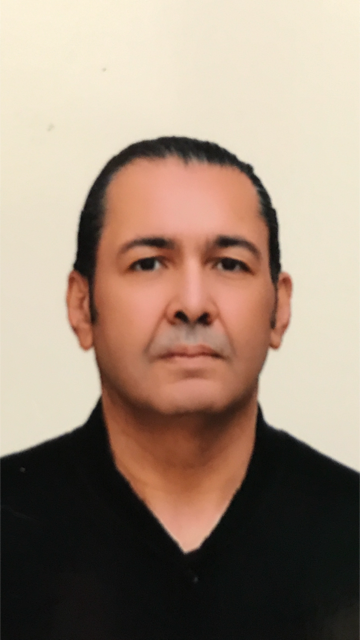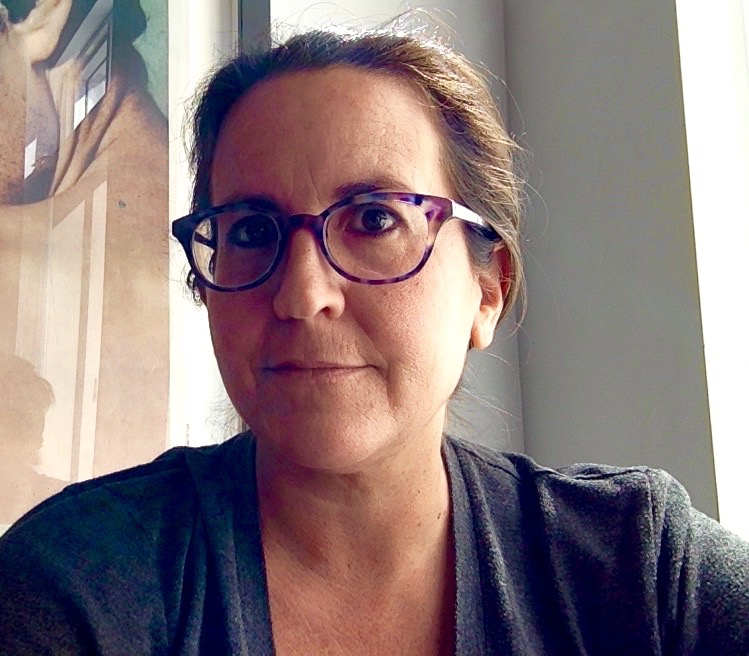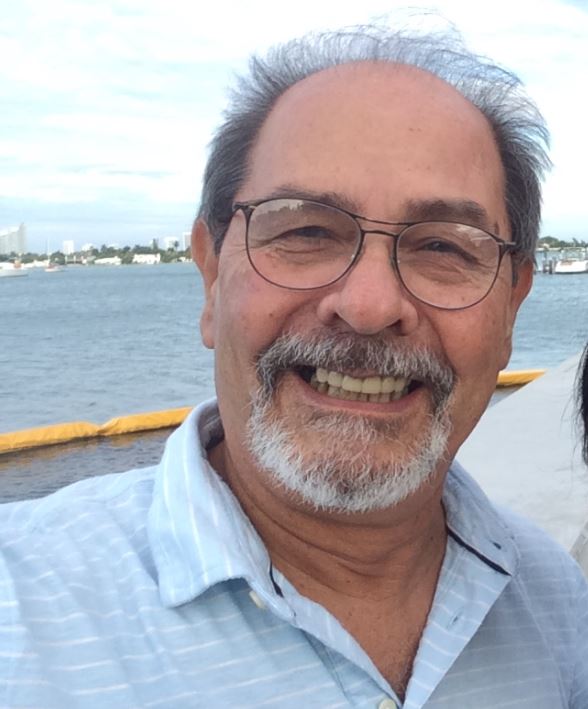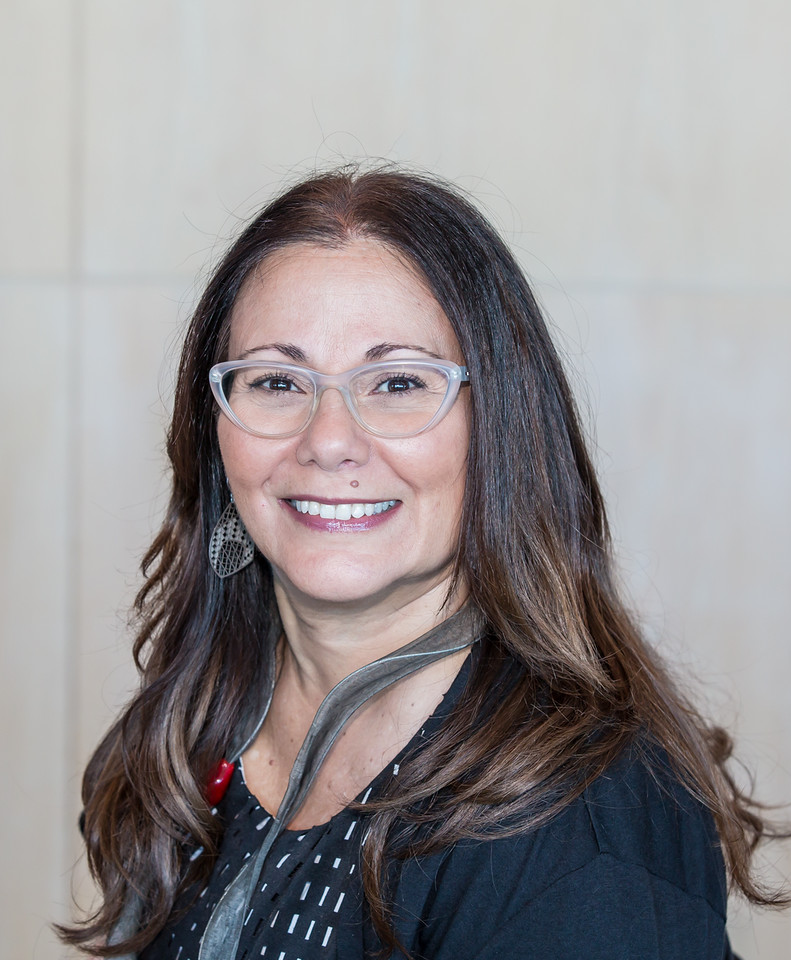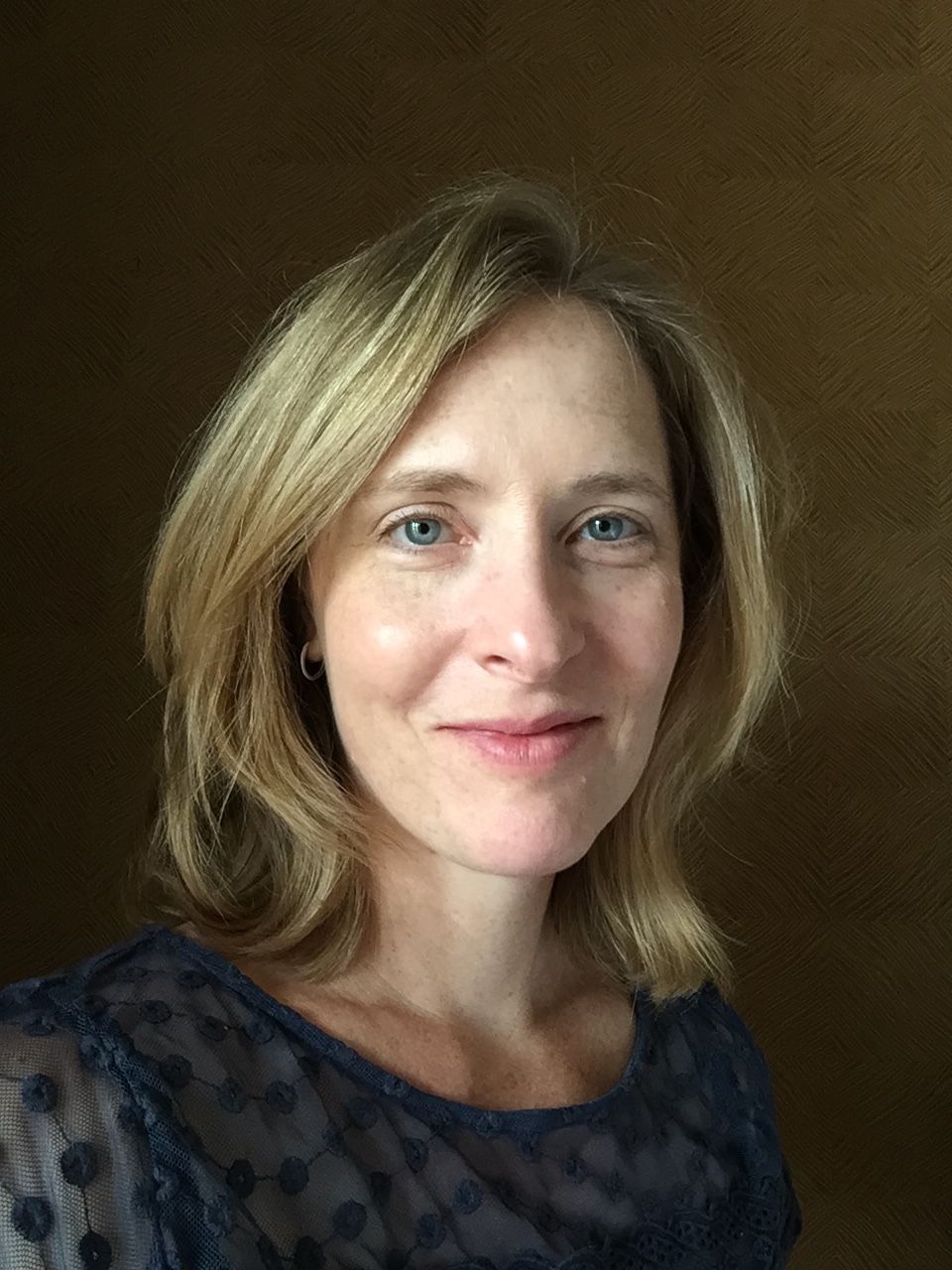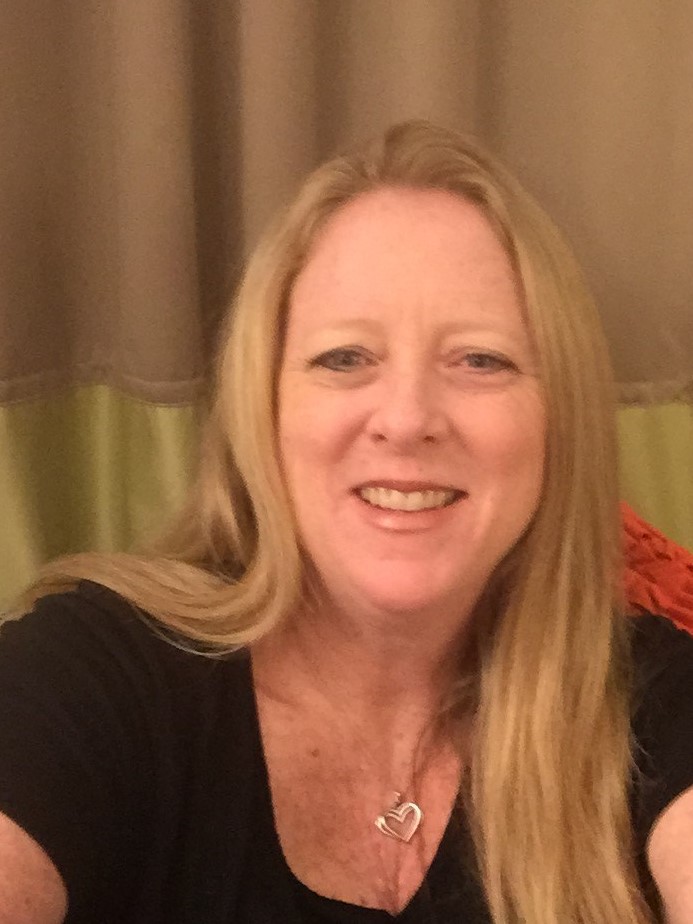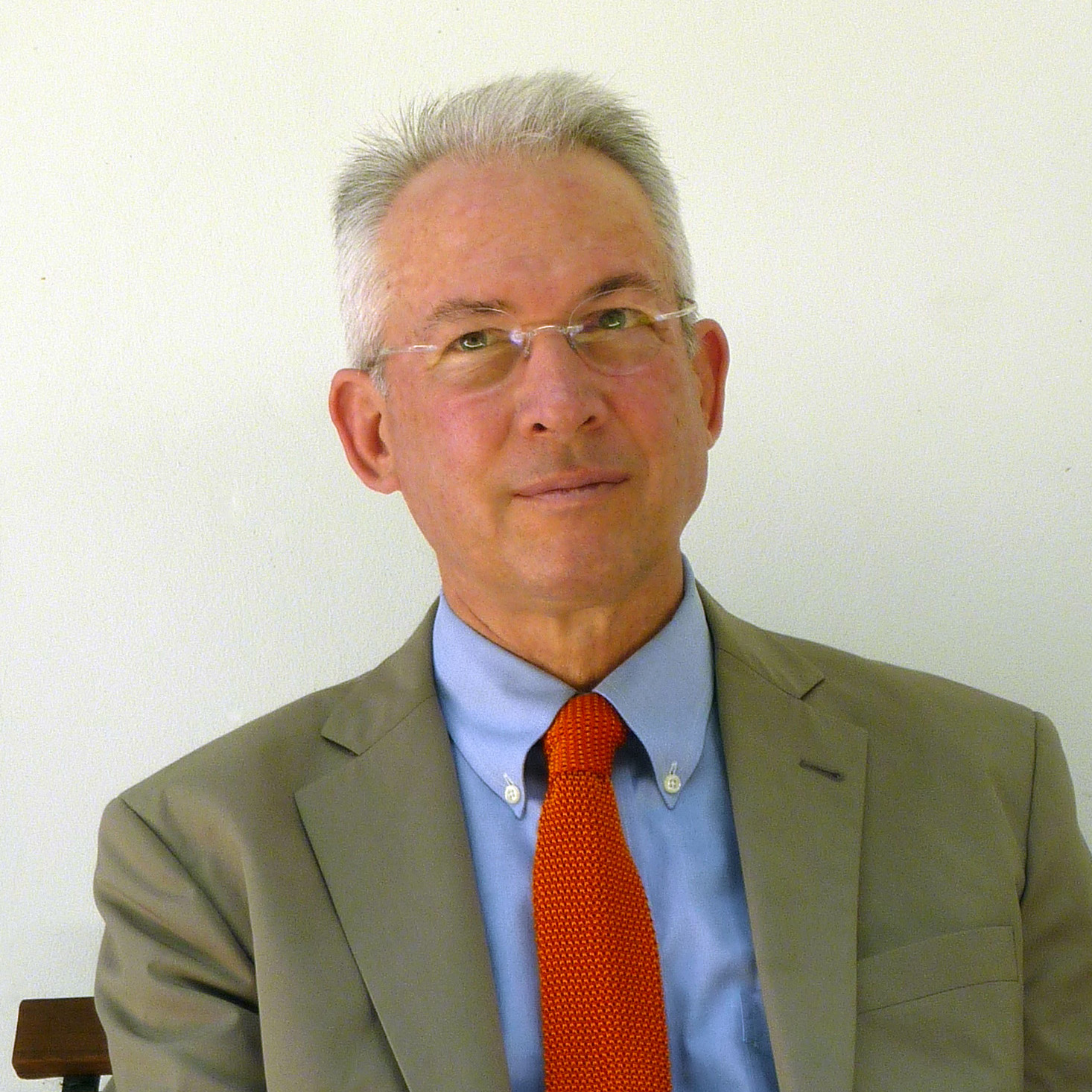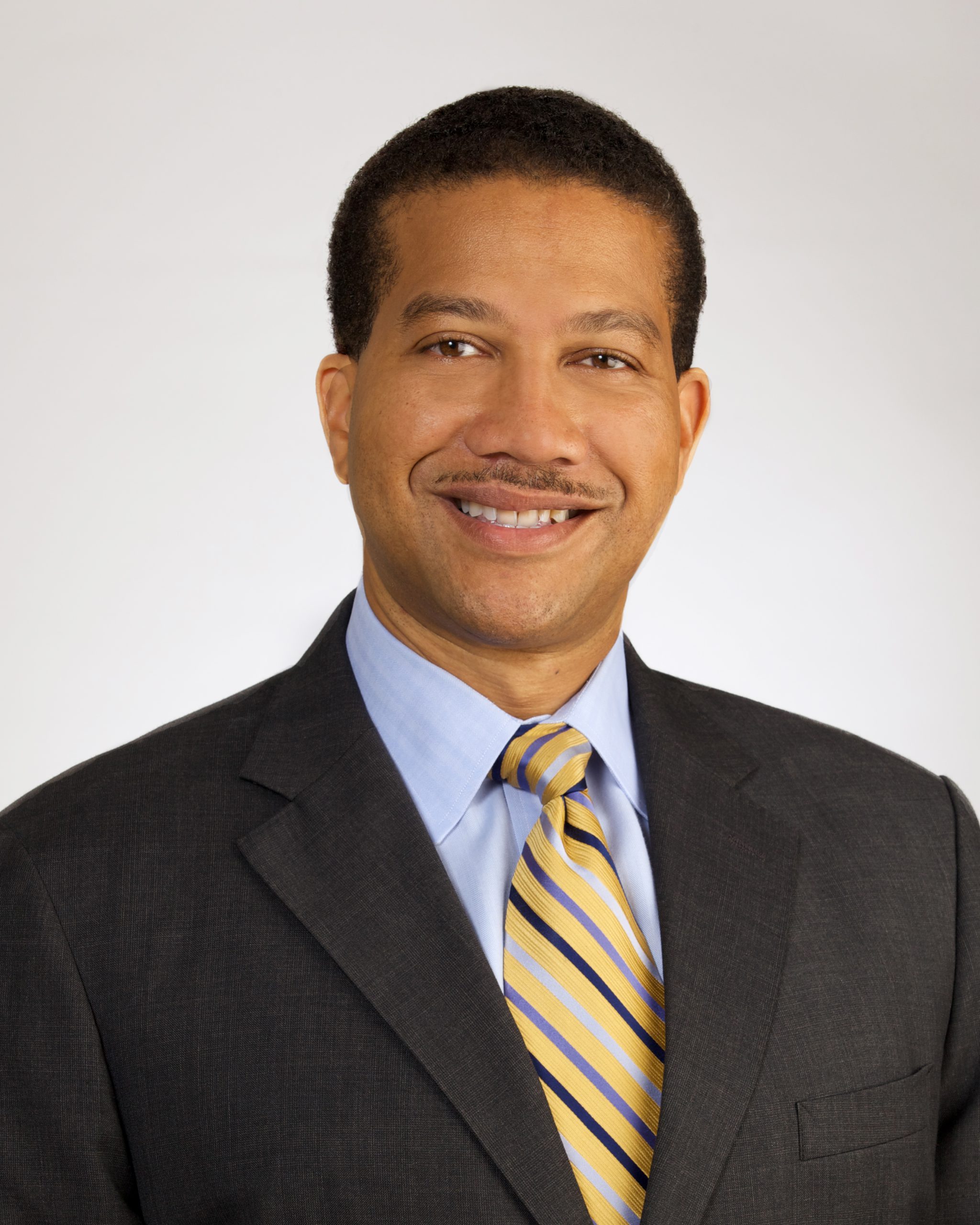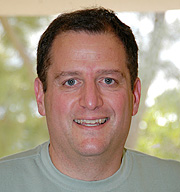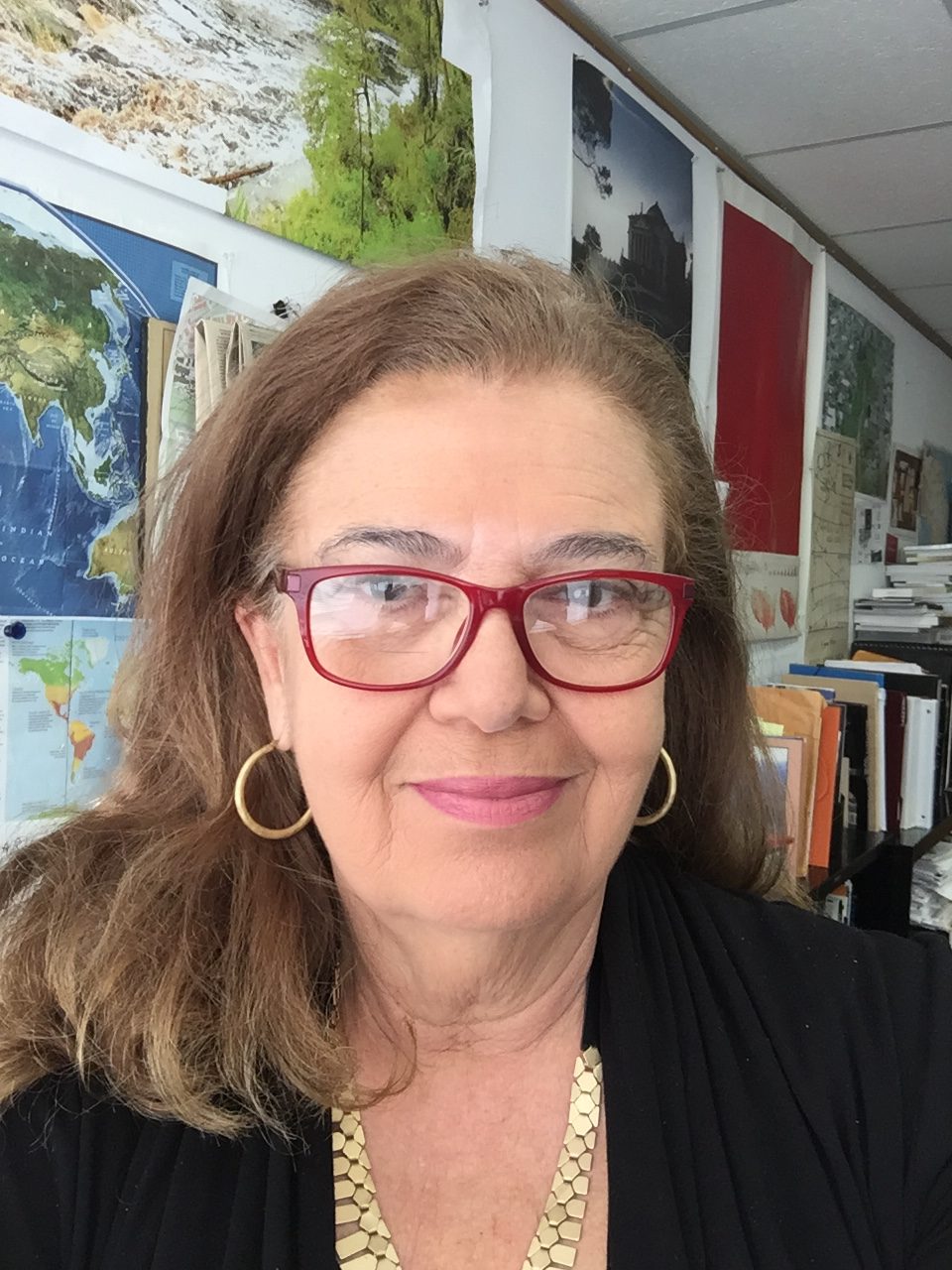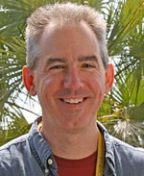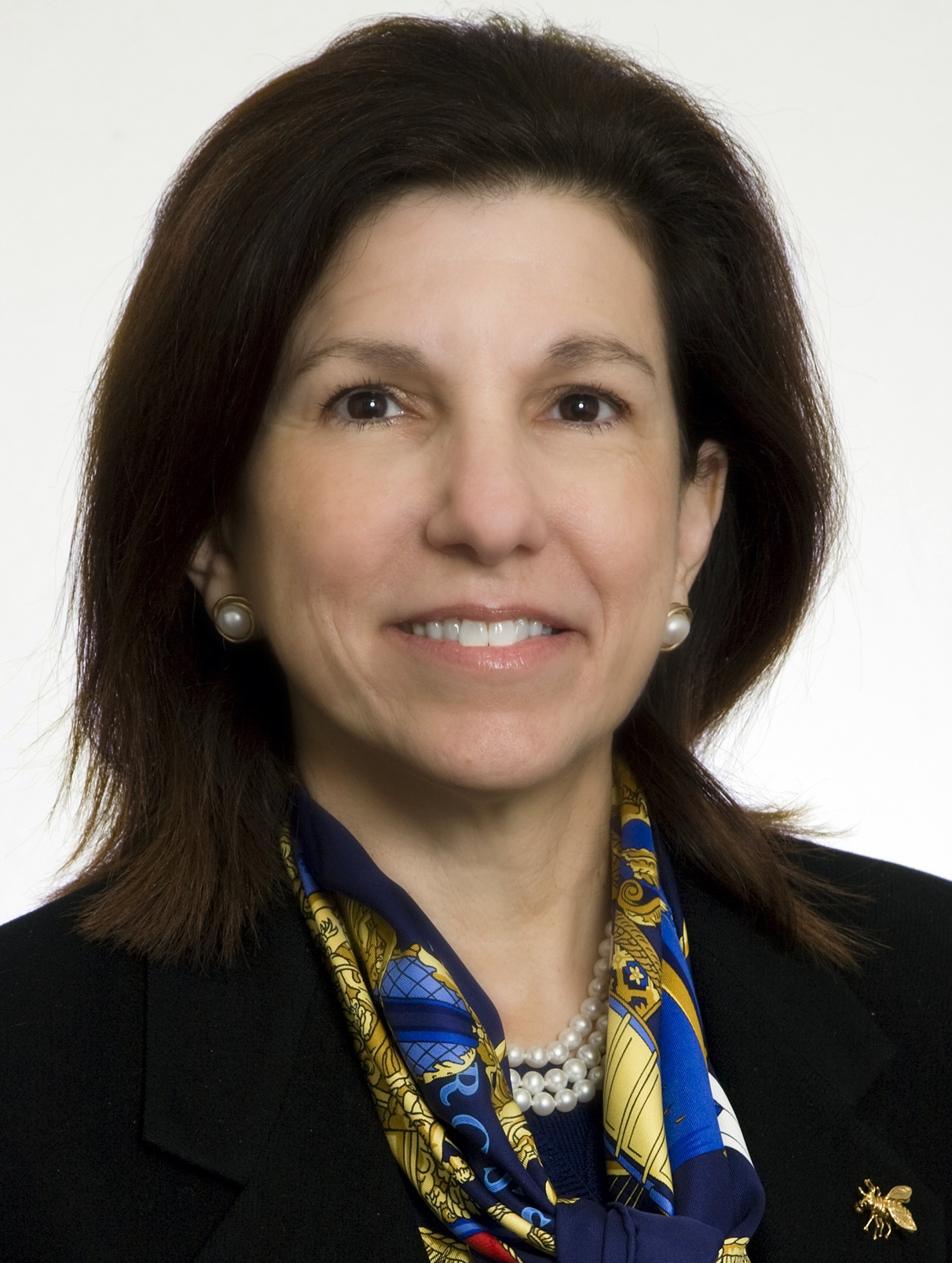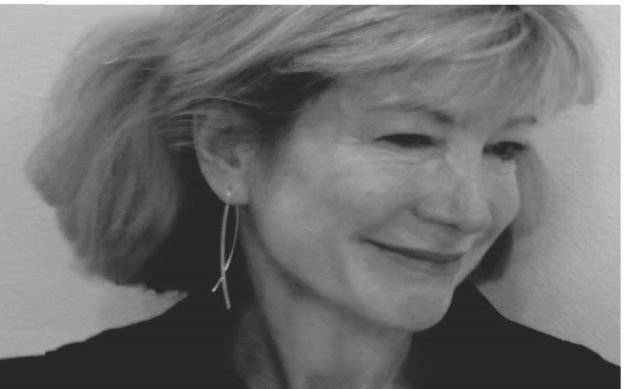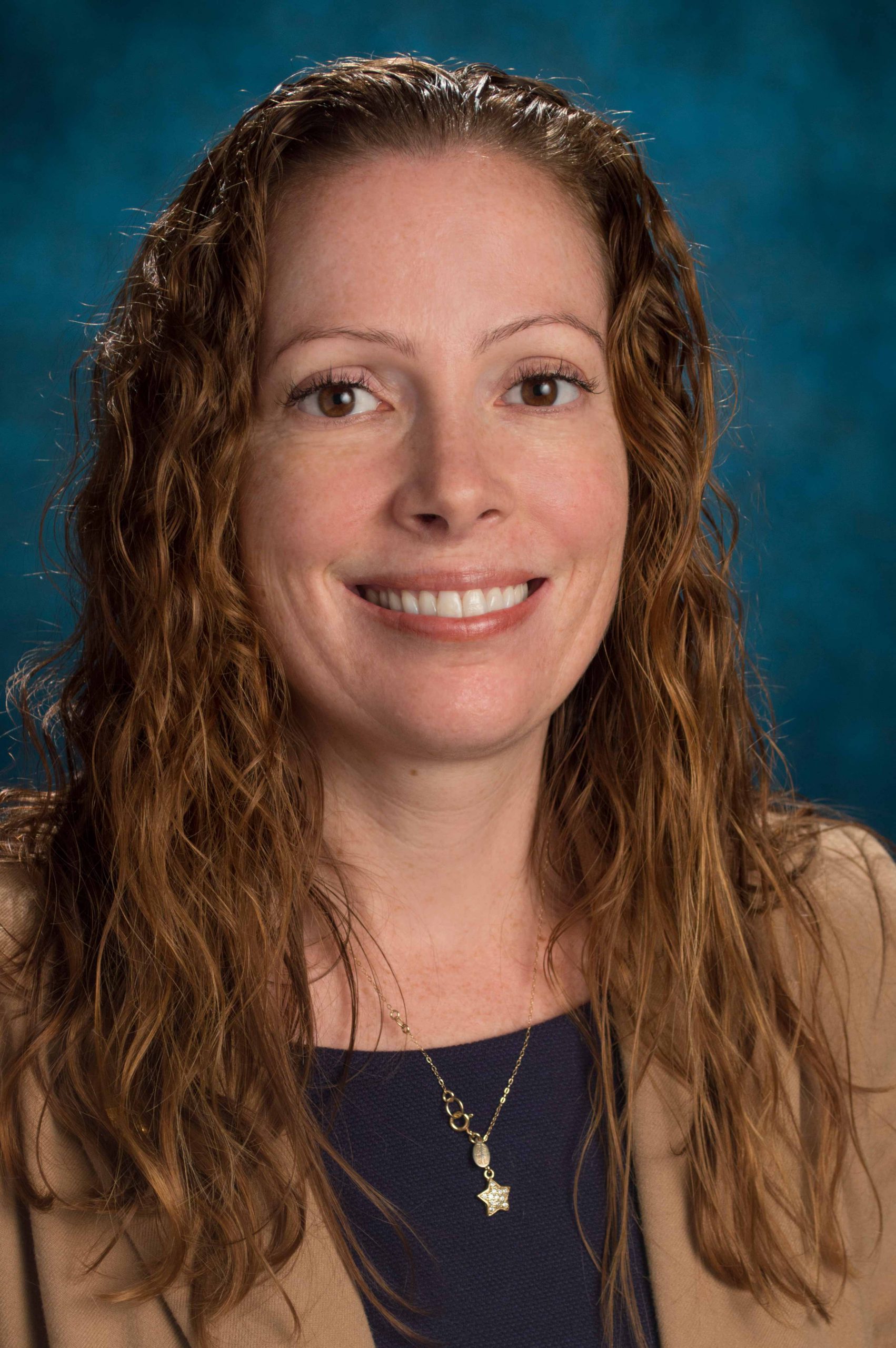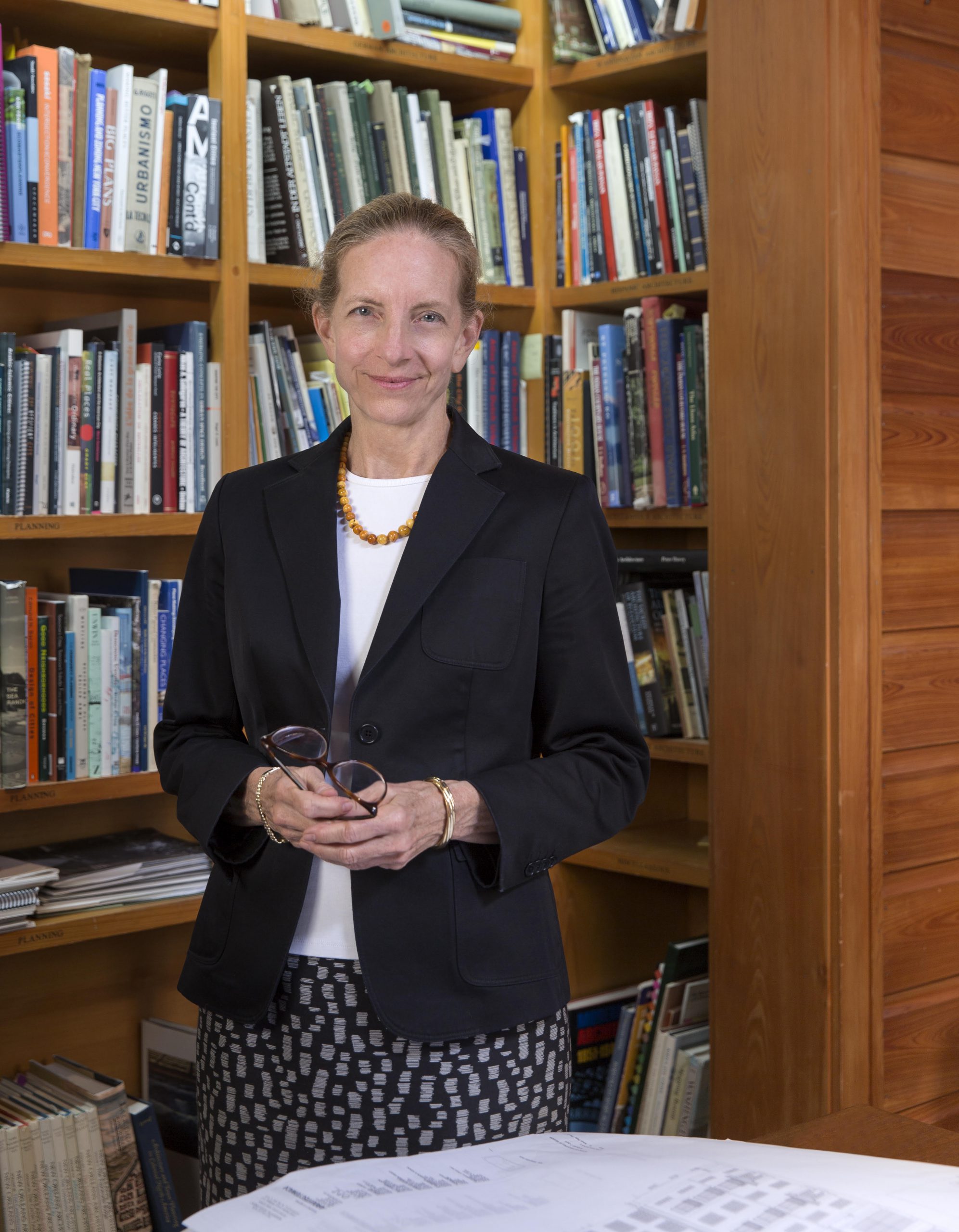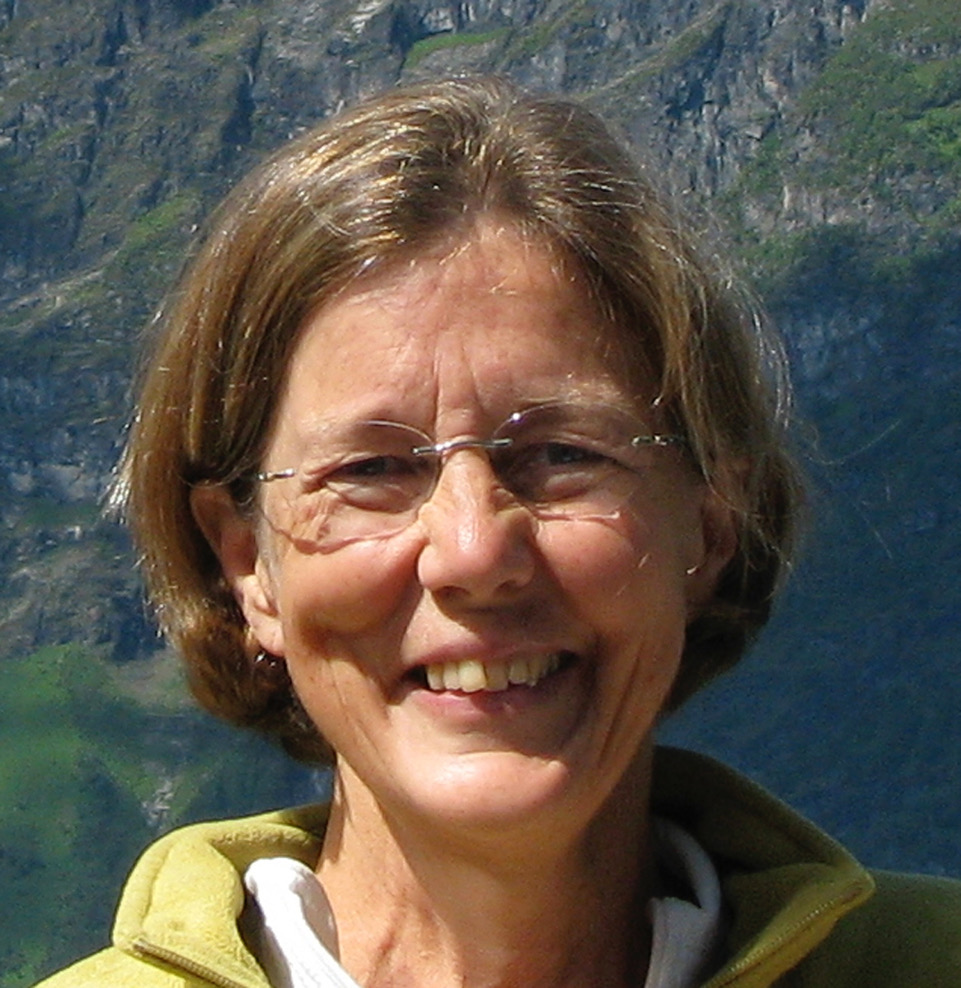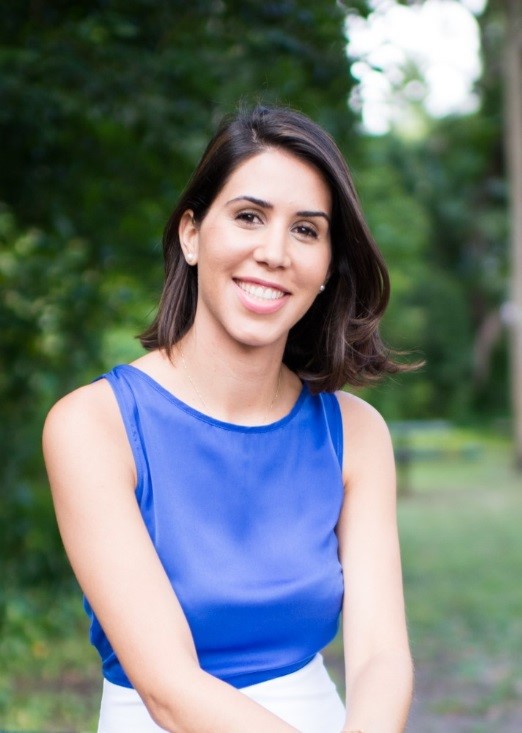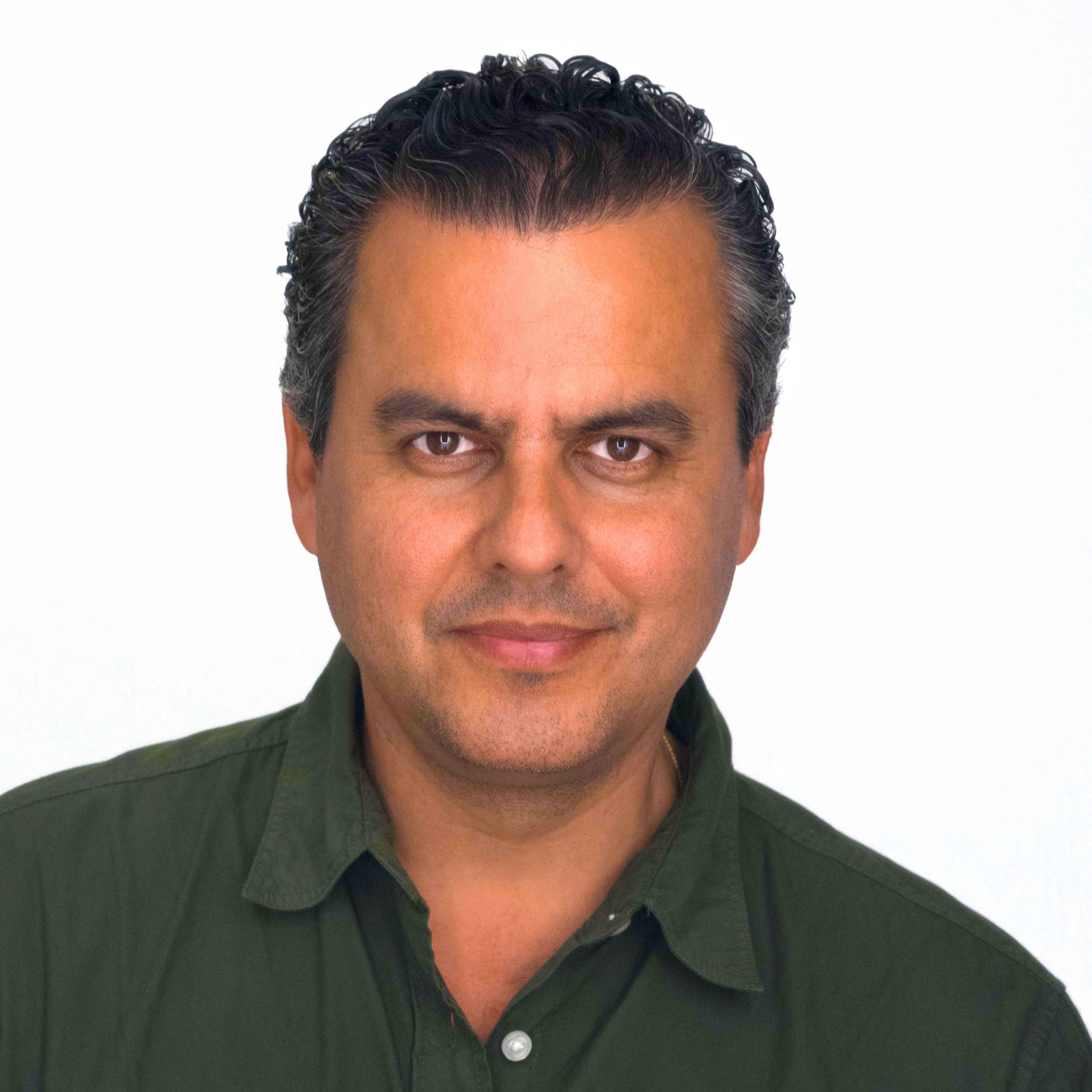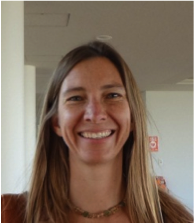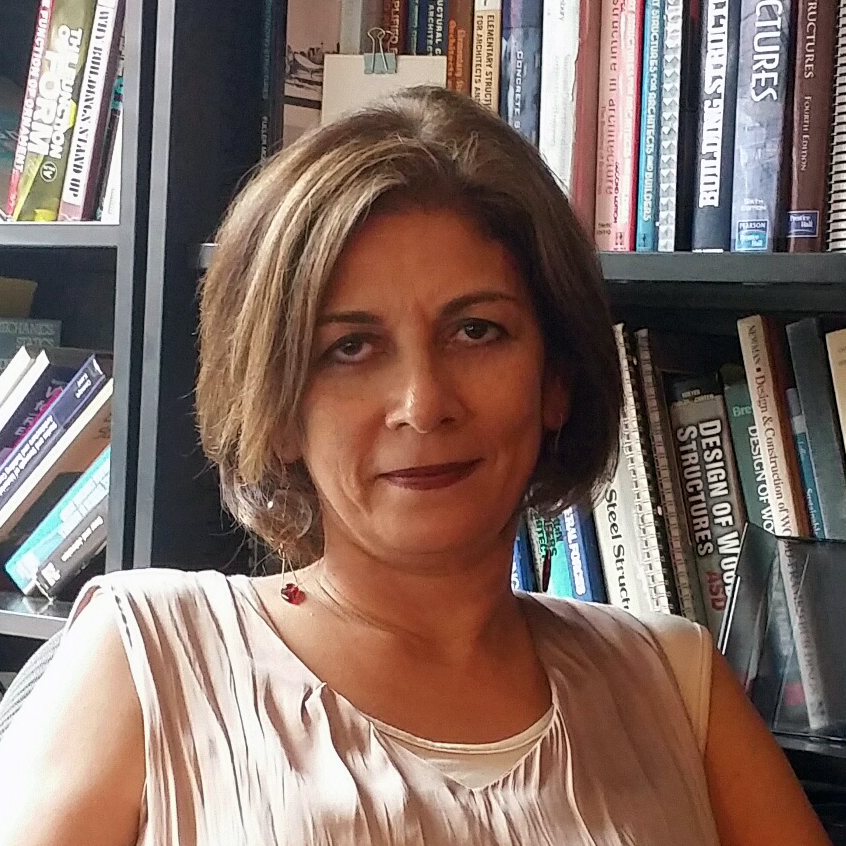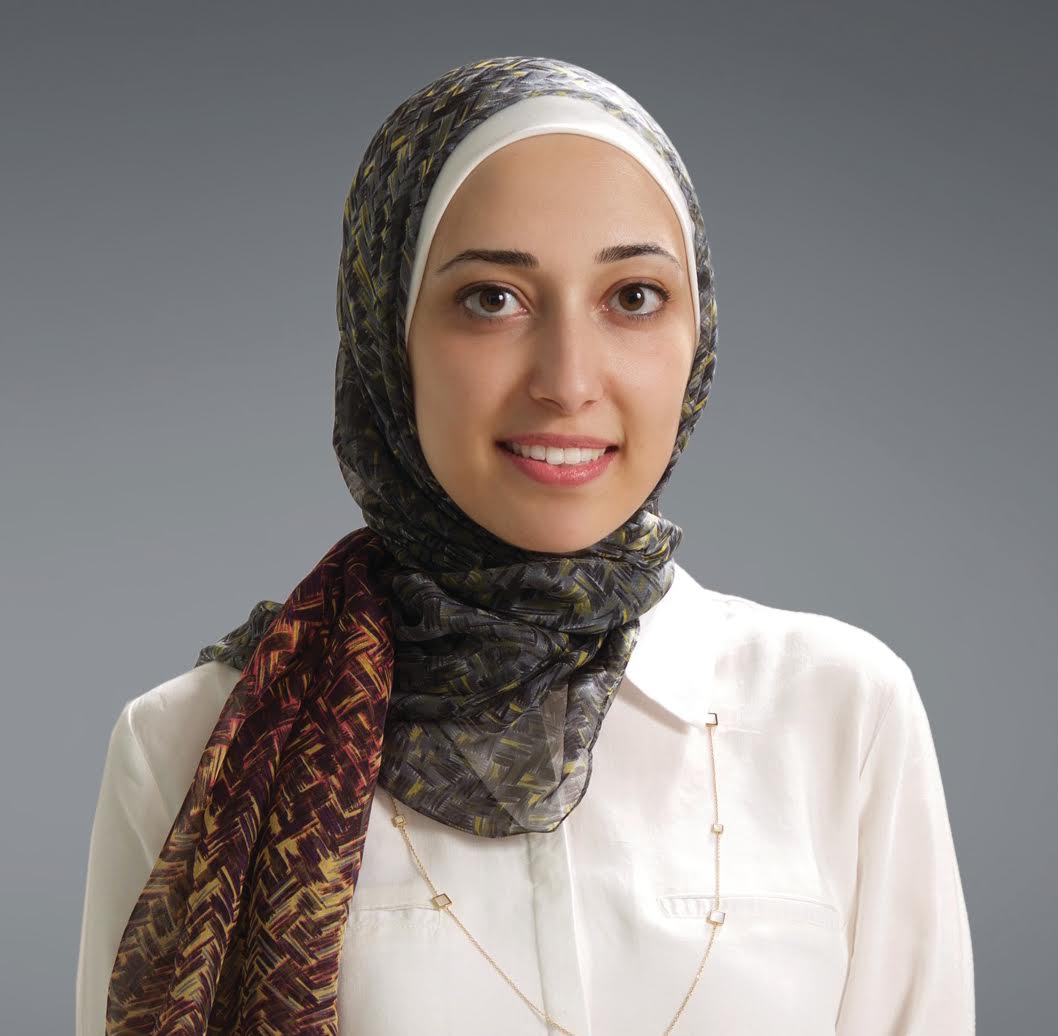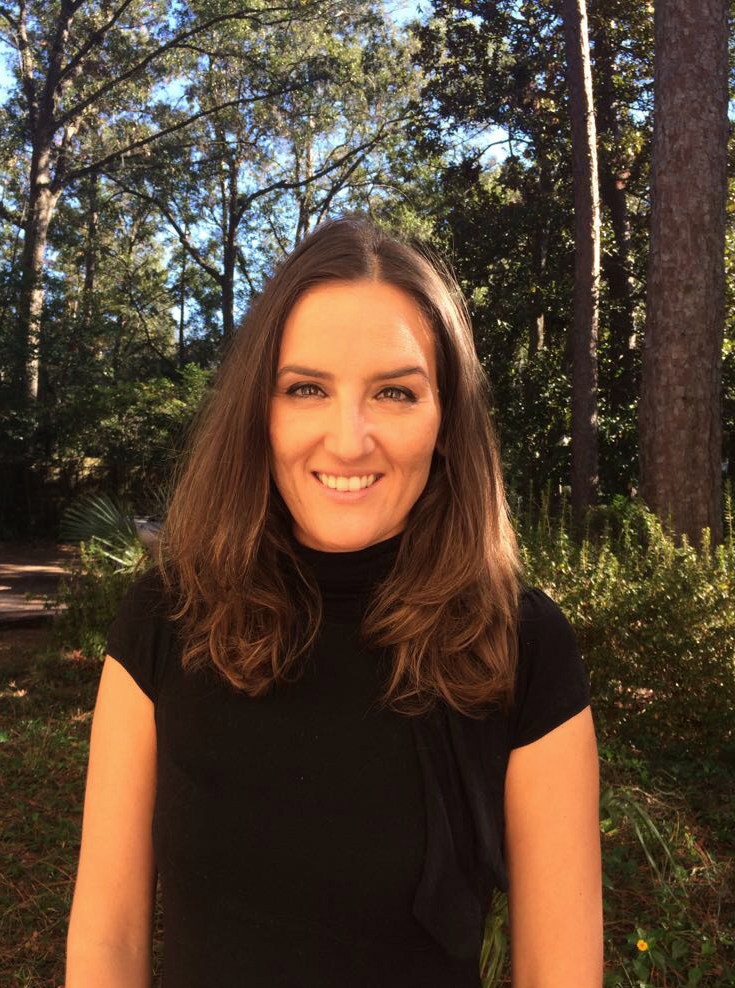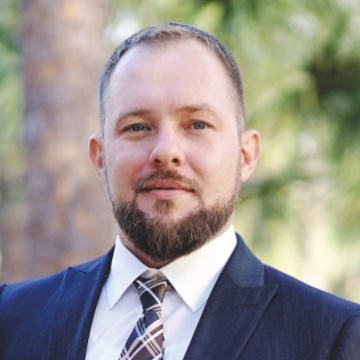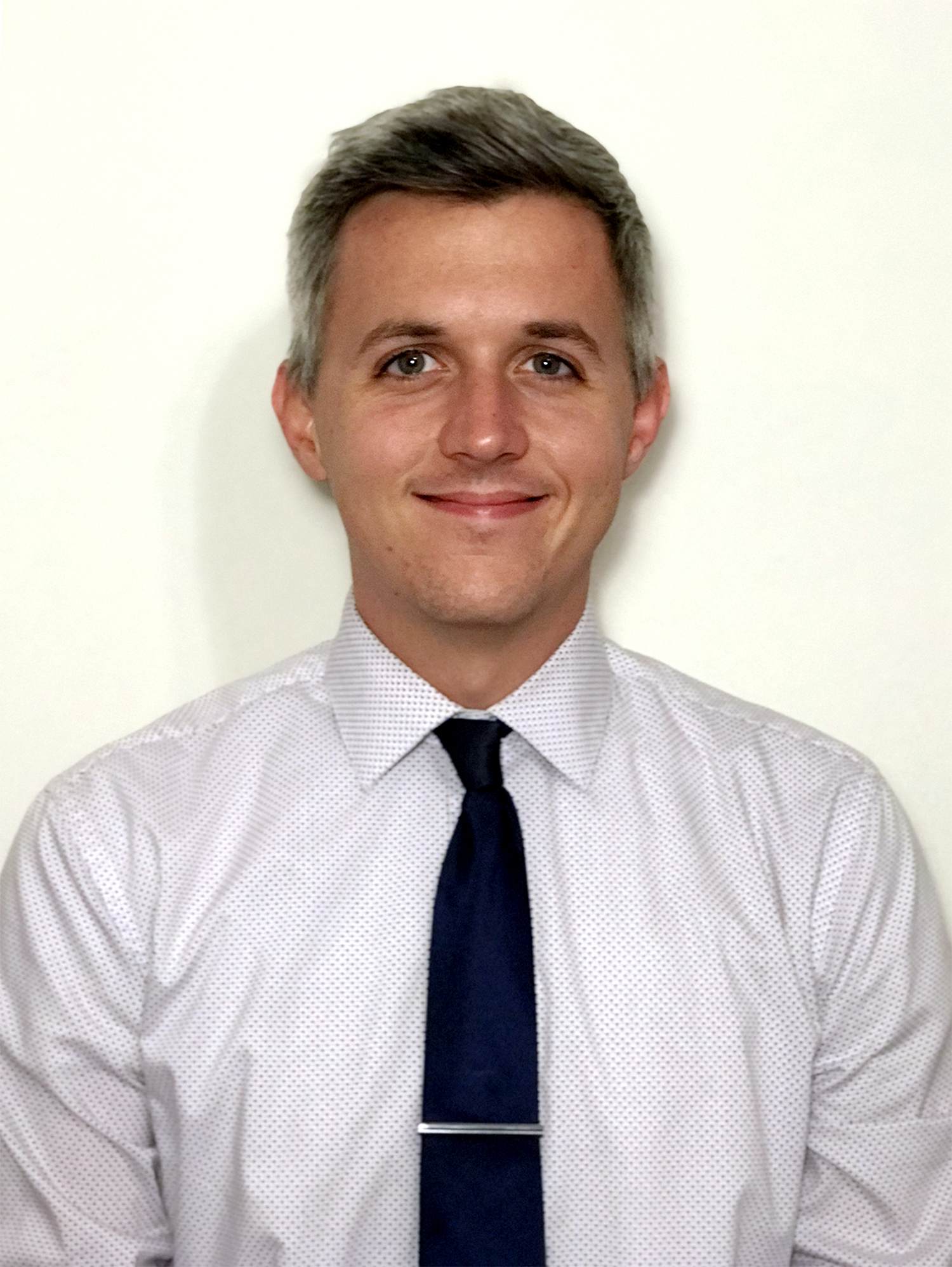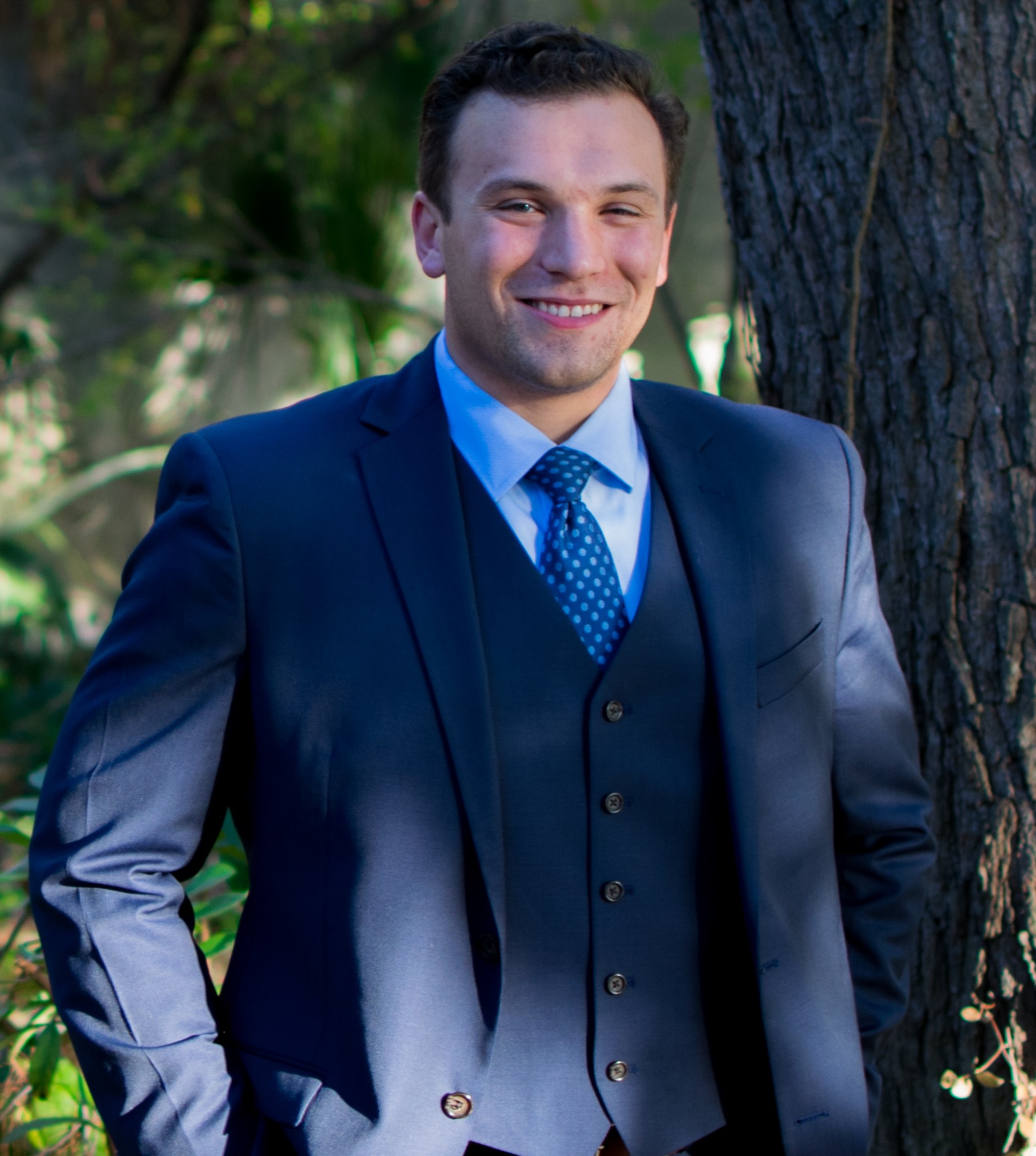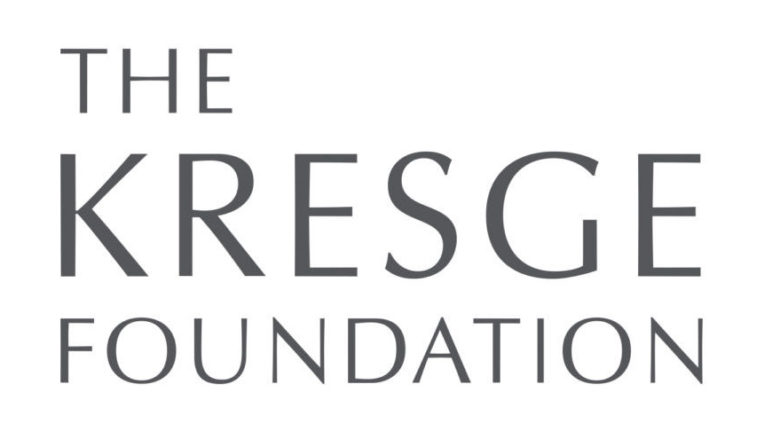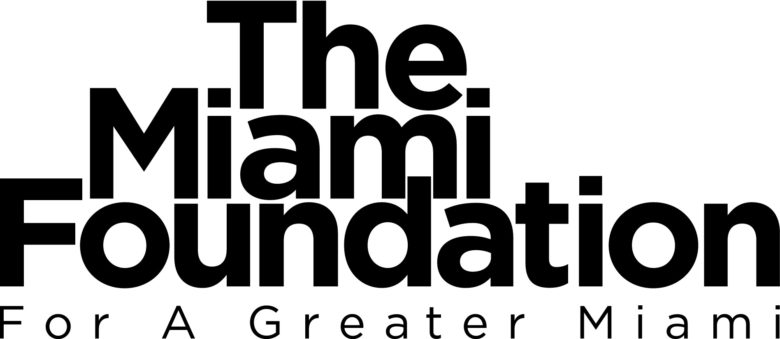Keeping Current
Contents 
Designing ways to adapt to sea level rise in Greater Miami.
About
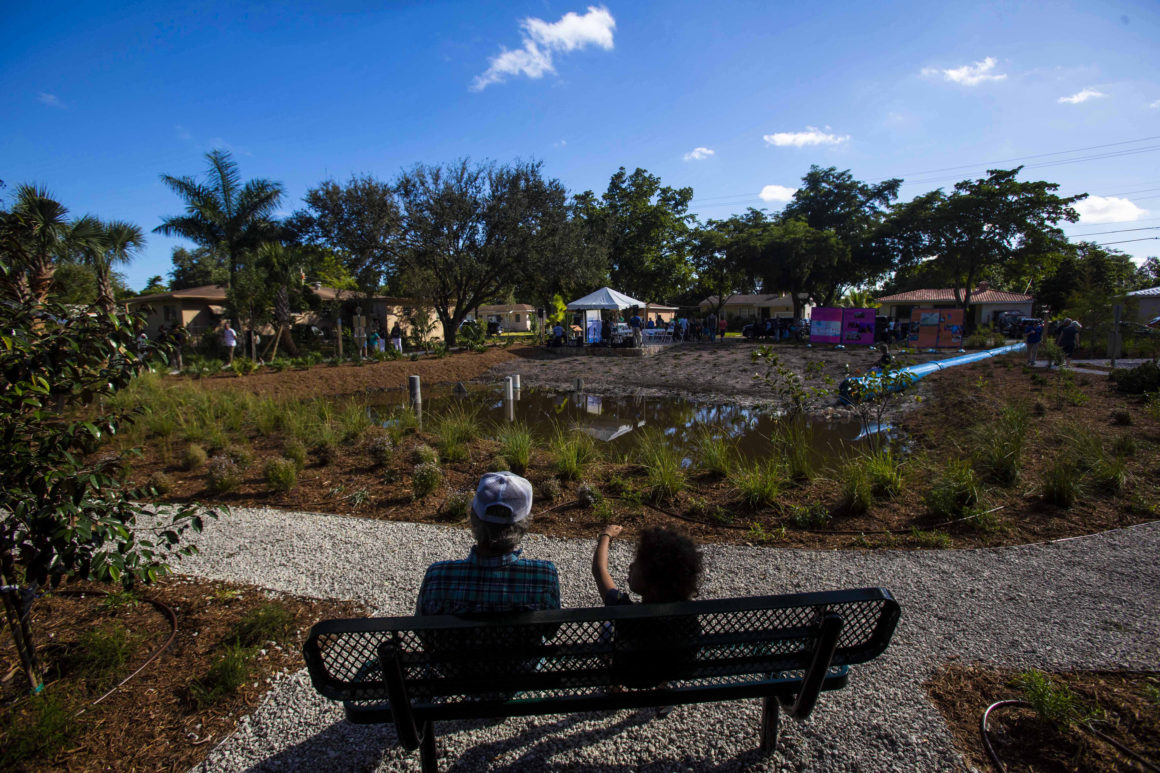
The South Florida region has become emblematic of the threats associated with climate change. Even on sunny days, the streets regularly flood at high tide. Just three feet of sea level rise would leave a substantial part of South Florida underwater. New ideas for the built environment, regional development, and opportunities for all of the region’s six million residents are urgently needed. The region must transform its infrastructure to protect everything from drinking water to homes and business from rising seas.
In recognition of the magnitude of these challenges, Van Alen Institute initiated Keeping Current to enhance resiliency in the greater Miami area and create visionary and implementable design solutions to sea level rise. We worked with local municipalities in the greater Miami area along with elected officials, academics, business leaders, community advocates, and residents.
Project Report (2020)
Stormwater Park
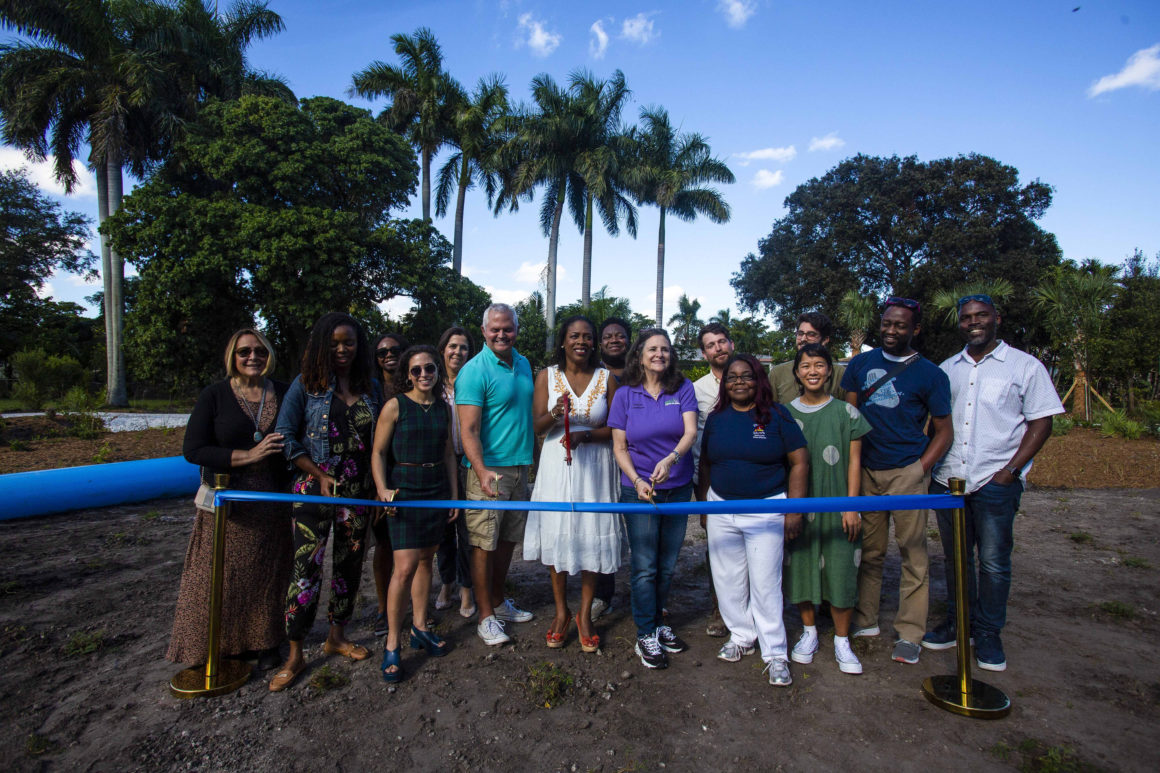
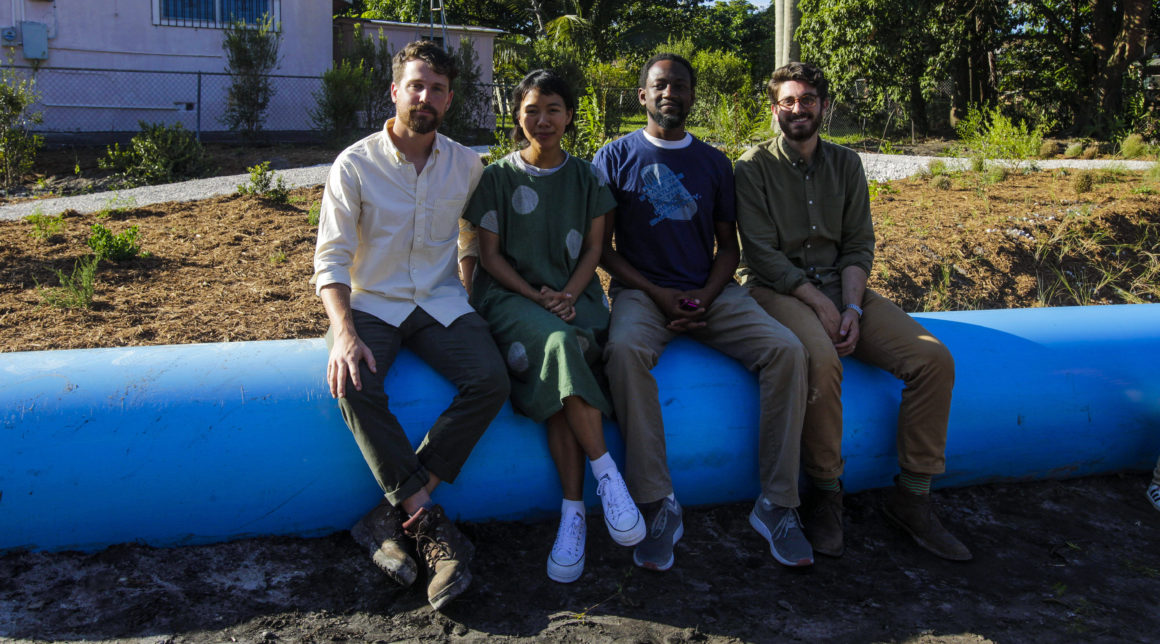

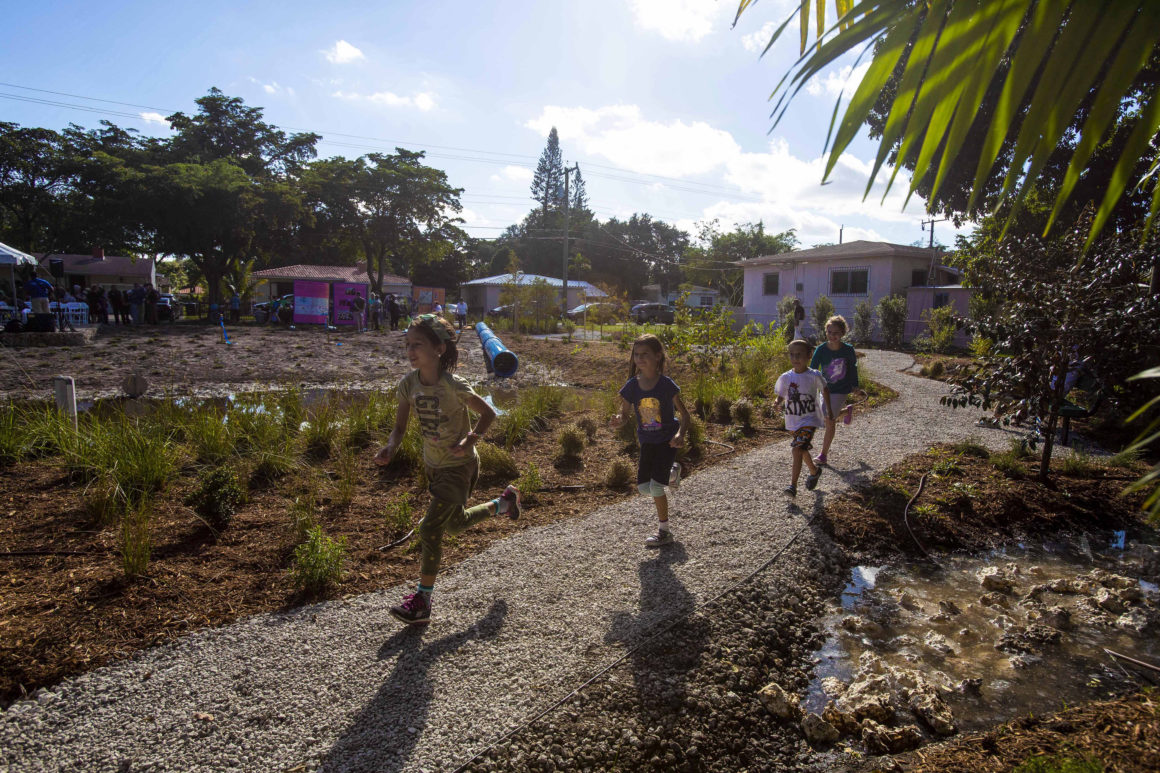
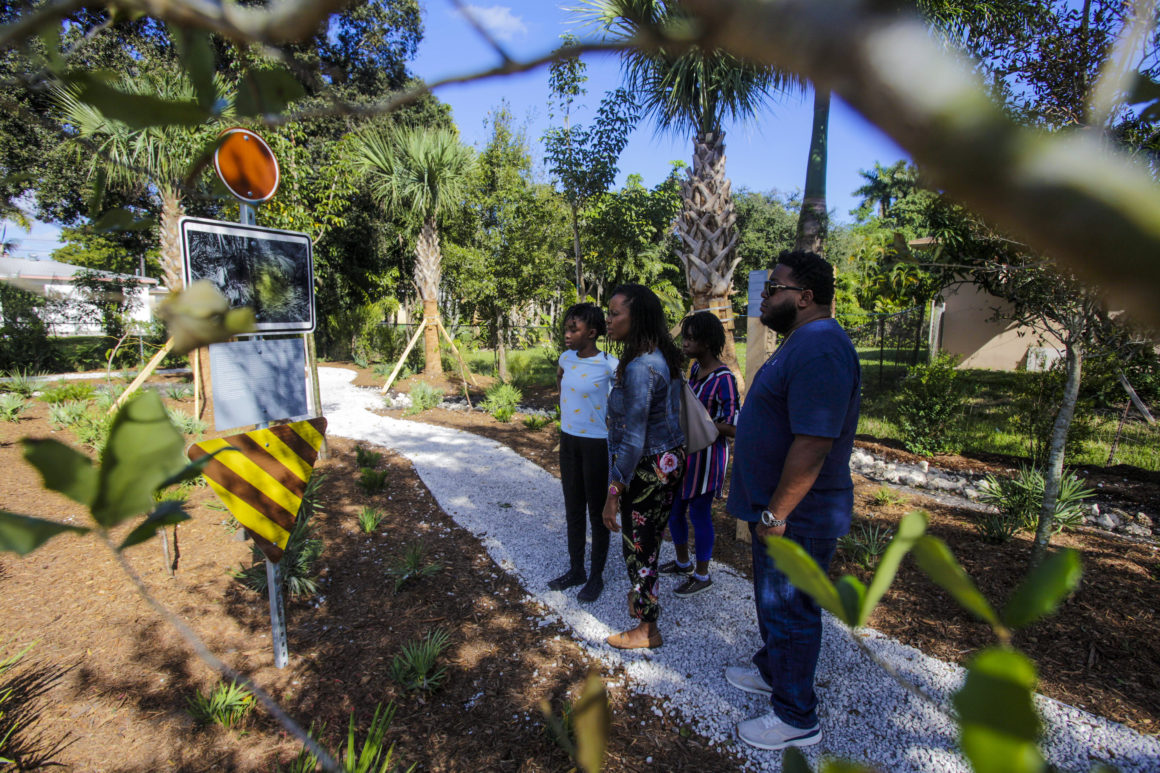
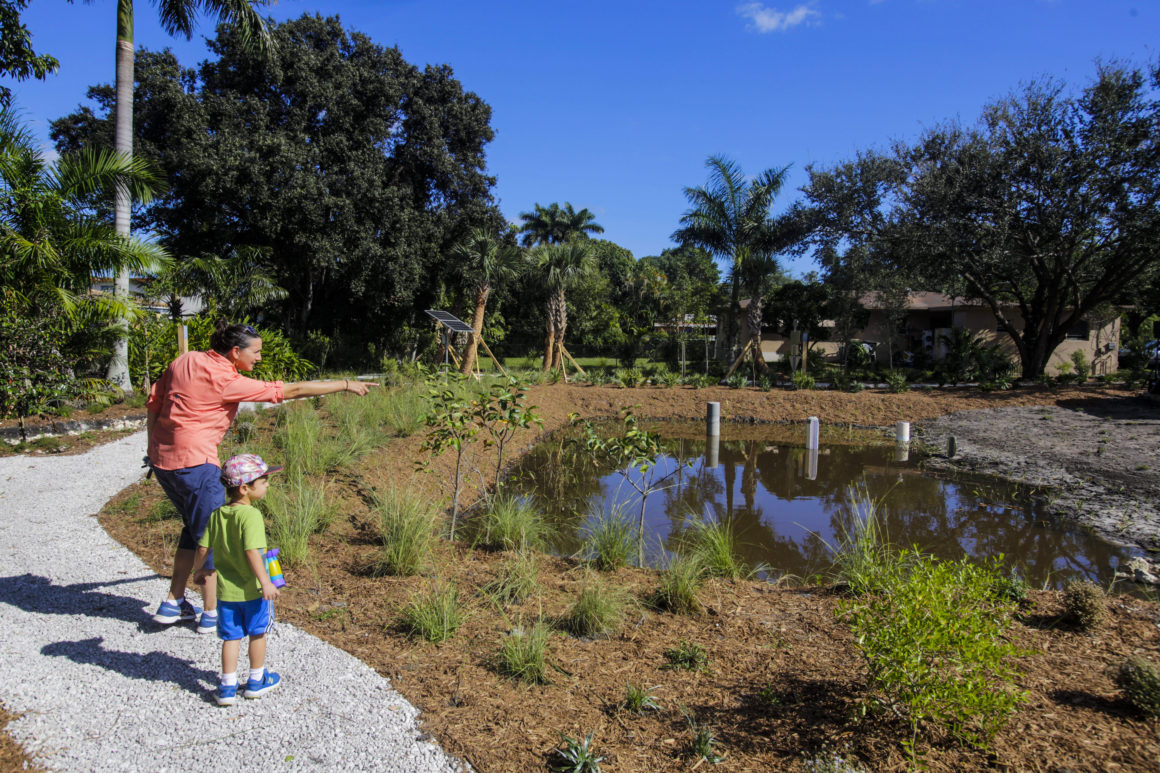
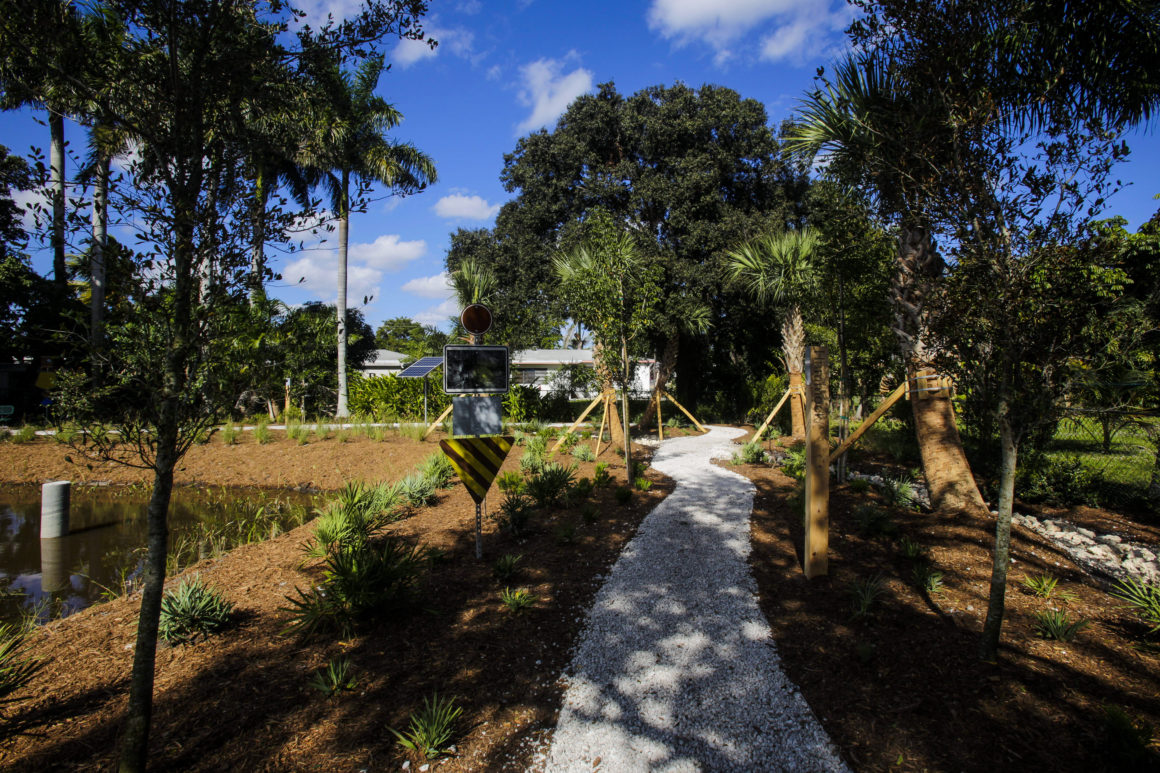
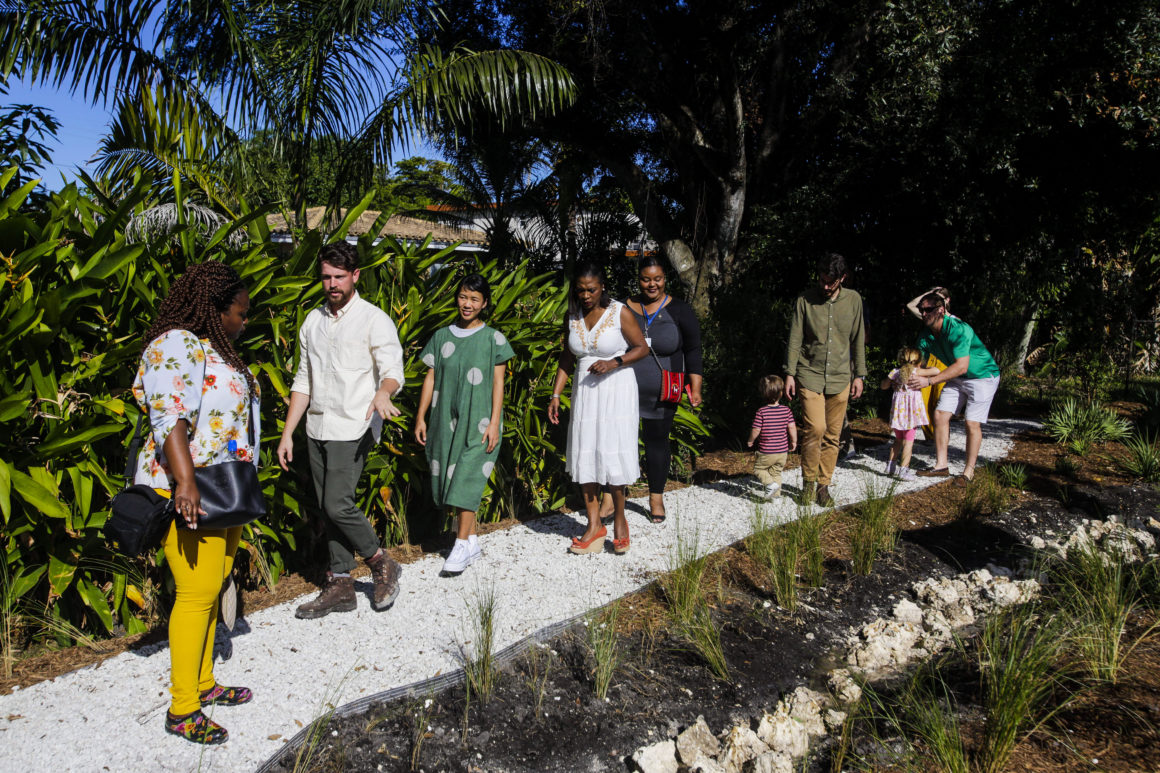
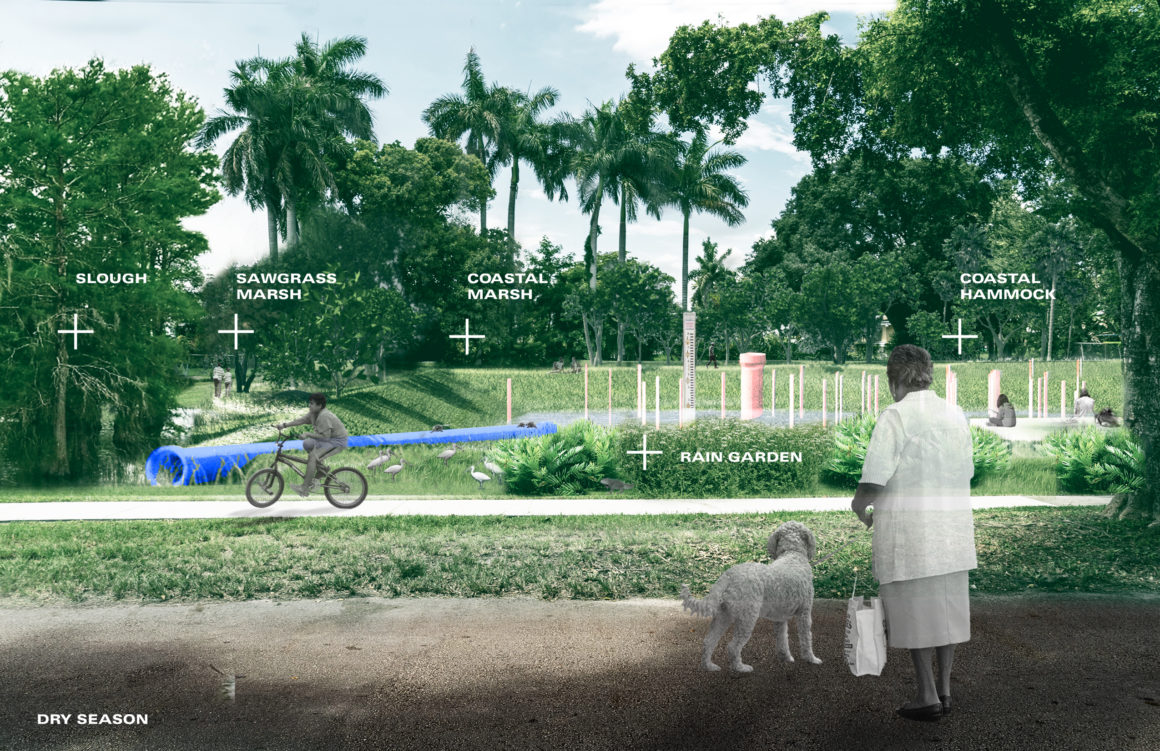
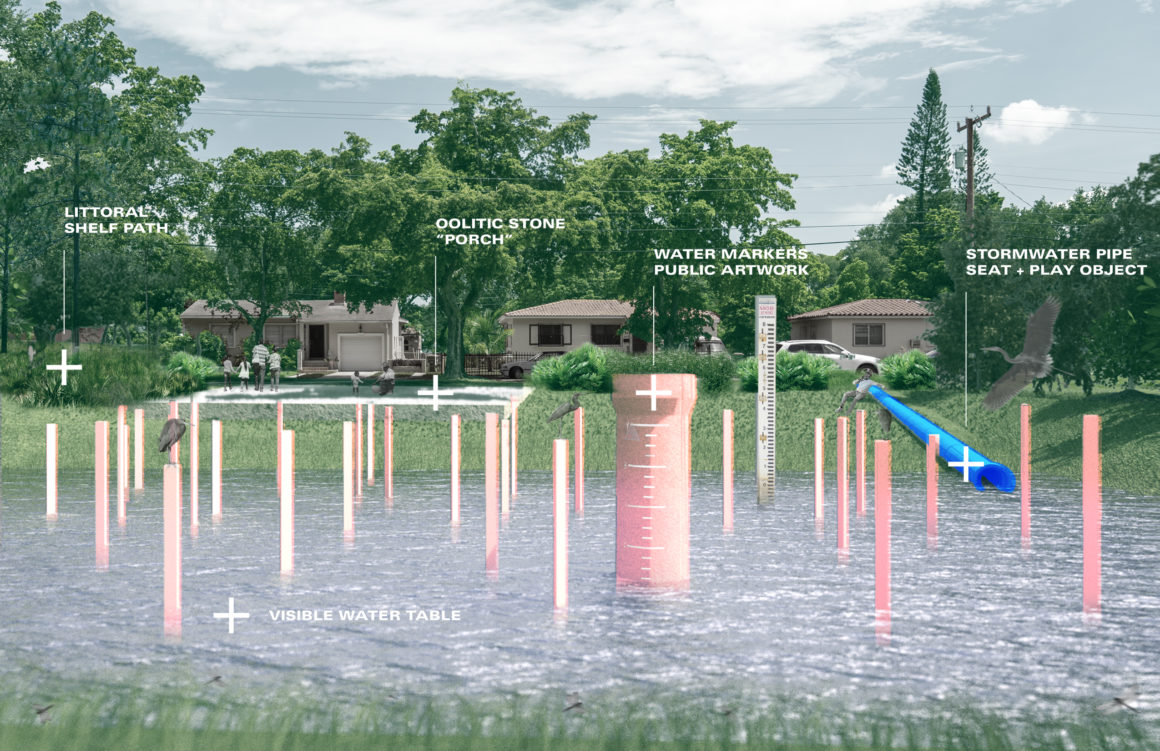
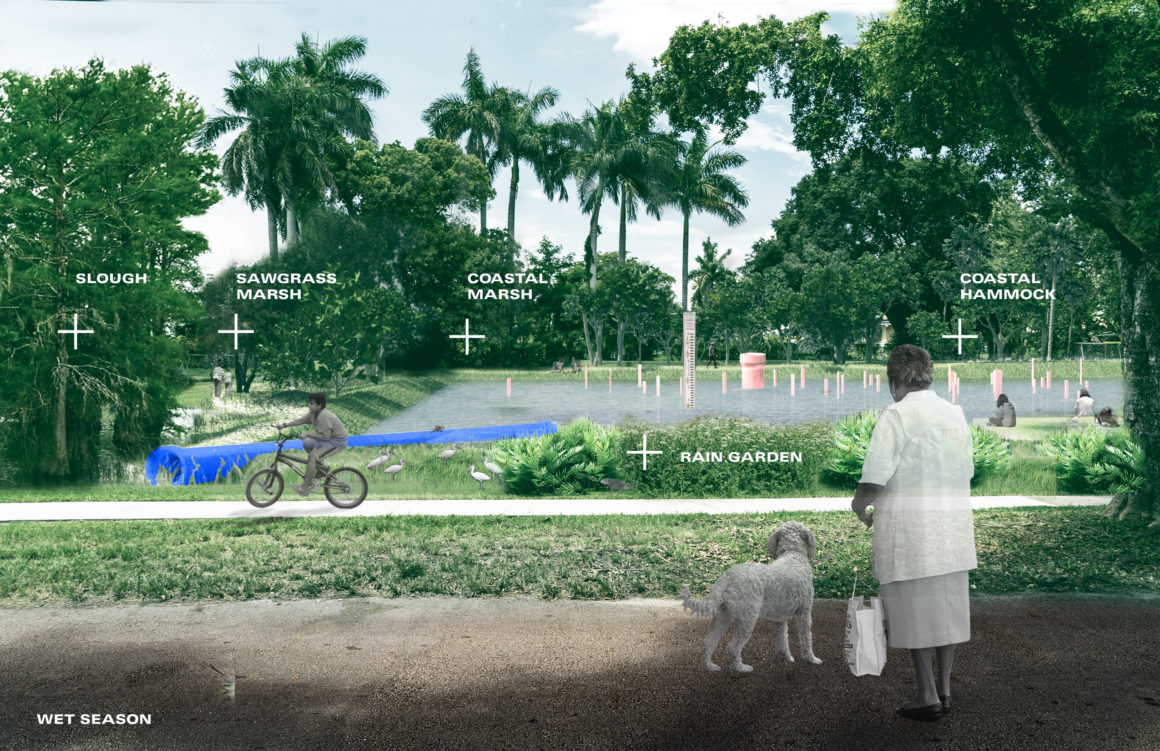
65% of North Miami is in Arch Creek Basin, a low-lying area of land that naturally collects water. Because of this, many people in North Miami experience flooding on their properties. If a homeowner files for flood insurance twice in a 10-year period, their land is called a “repetitive loss property” by the Federal Emergency Management Agency (FEMA). In North Miami, a homeowner in this situation can sell their property to the City. This has created an opportunity to transform these sites into valuable community space. In 2000, the City of North Miami purchased one of these properties, 901 Northeast 144 Street, so that the homeowner could move to a less flood-prone property. The city demolished the house and converted the land into a patch of grass.
In 2019, Van Alen Institute and the City teamed up to launch an international competition to find a design team to transform this empty site into a usable space. Throughout the design process, we engaged hundreds of residents through events and surveys to understand their needs and wishes for this new community space. Three finalist teams visited the site, met with community members, and created unique proposals. Ultimately, a jury of city officials and design experts selected Department Design Office because of their experience in urban design, community engagement, and public art.
Department Design Office was chosen from three finalists for their “Good Neighbor” design, and were awarded $80,000 to develop and implement their designs at the pilot site and to create a master plan for other repetitive loss properties in North Miami. “‘Good Neighbor’ highlights and celebrates its role as a stormwater park complete with a large central basin collects water, reducing flooding for the neighborhood, a limestone platform offers a place to sit and play, and a new walking path guides visitors through plants native to South Florida. “Good Design” team members include Miami-based artist Adler Guerrier who adds his experience in public art; Forerunner, who brings a nuanced understanding of FEMA’s Community Rating System and floodplain management; and Andrew Aquârt, who acts as the team’s local architect with a decade of practice in Miami.
Of their project, Department Design Office said: “Because many of these lots, and the pilot site specifically, are within residential areas, they have the potential to give back to the community in a meaningful way — to be a good neighbor. Rather than lay vacant, these lots can increase stormwater capacity and alleviate local flooding by functioning as basins; unlike other forms of stormwater infrastructure that are typically buried underground, however, these sites offer the chance to make visible their function while showcasing South Florida’s unique ecology. We envision this pilot site, and other emergent sites, as a register for environmental change that simultaneously grows public awareness, reduces risk locally, and provides a community gathering space.”
The site opened at a public ribbon-cutting on December 15, 2019. In addition to the new park, Department Design Office developed a strategy to transform other flood-prone vacant lots into community assets like Stormwater Park. The plan, which is currently pending adoption by City Council, outlines how to fund more of these projects and design recommendations from their work with the community.
Project Outreach Team
Members of the community received a stipend to help plan, facilitate, and promote local community engagement events to inform the design project Jamil Pierre, Civil Engineer, Kimley-Horn; Howard Tonkin, Business Owner, Urban Habitat; Rachel Goldberg, Local Resident; Cassandra Arnold, Political Strategist; Sara McDevitt, Local Resident
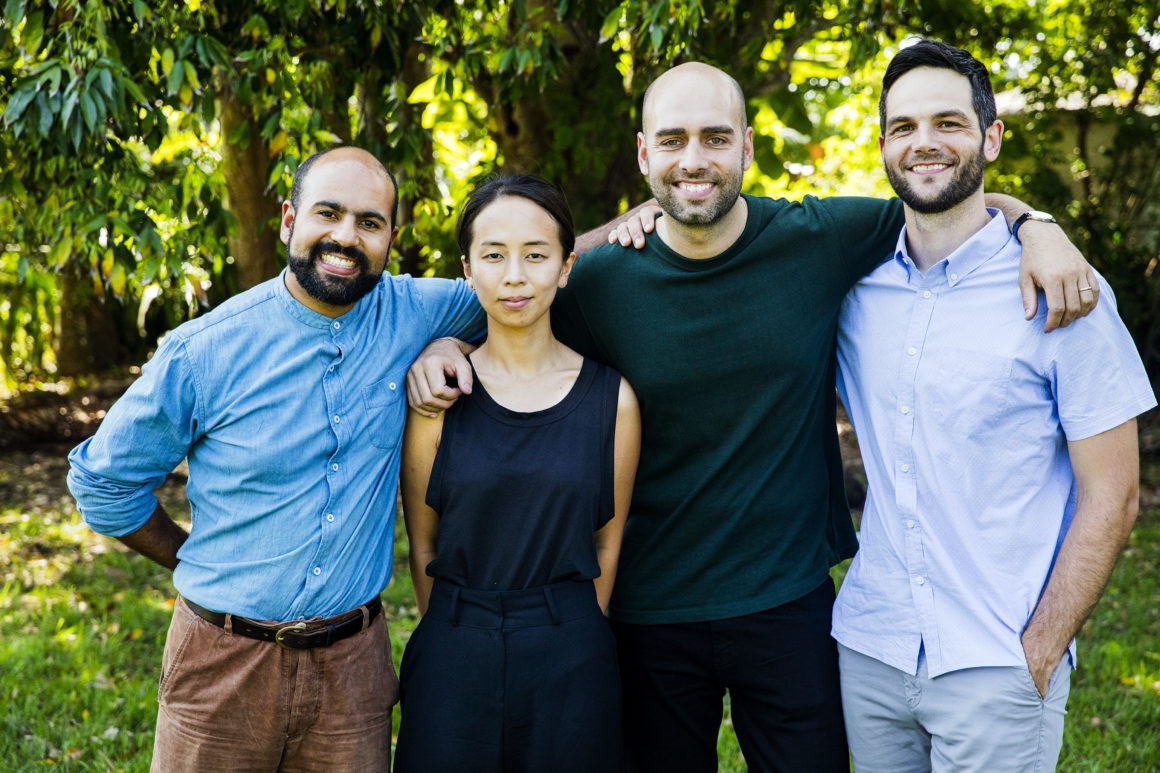
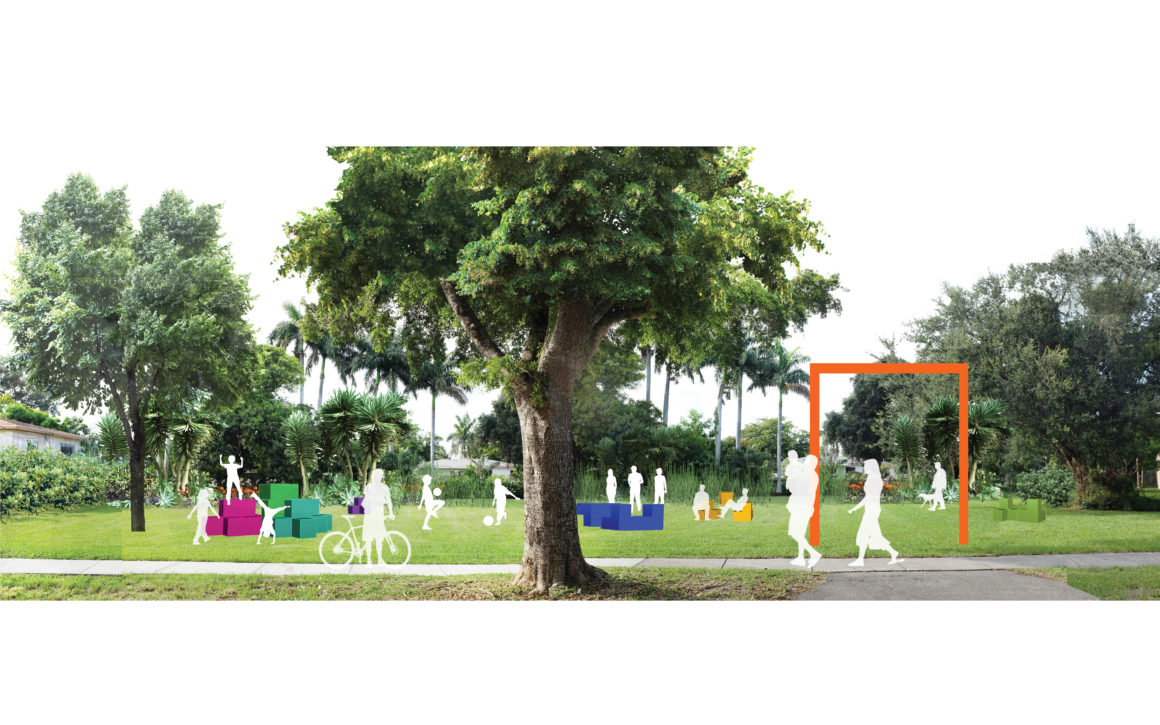
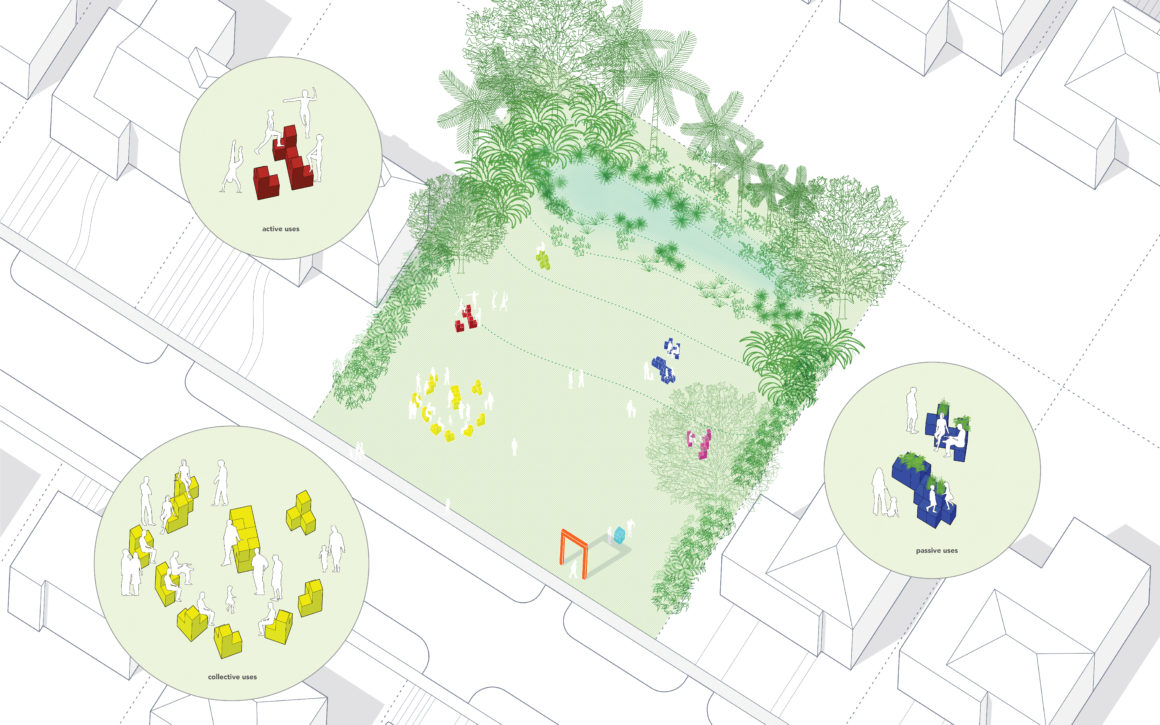
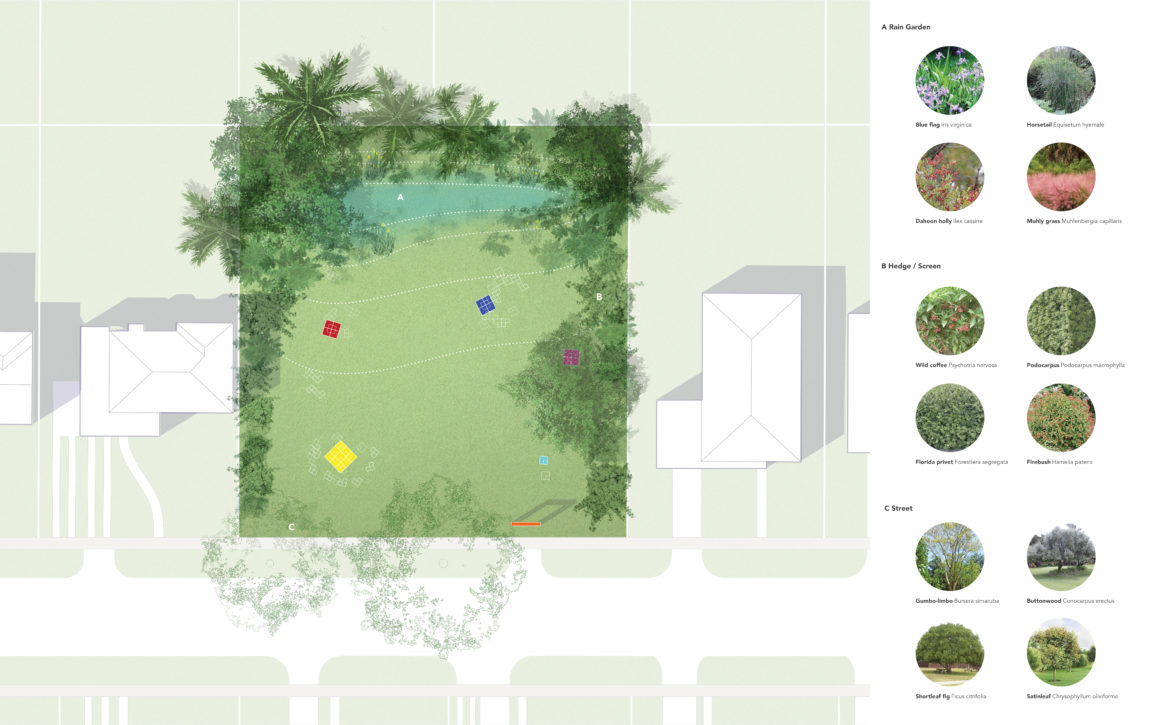
Finalist: Office ParkScheerbarth
The team lead by Office ParkScheerbarth proposed the following: “This proposal eschews the instinct to prescribe specific, fixed uses in favor of a flexible,community-led program that allows for evolution, dissolution, and reinterpretation over time.”
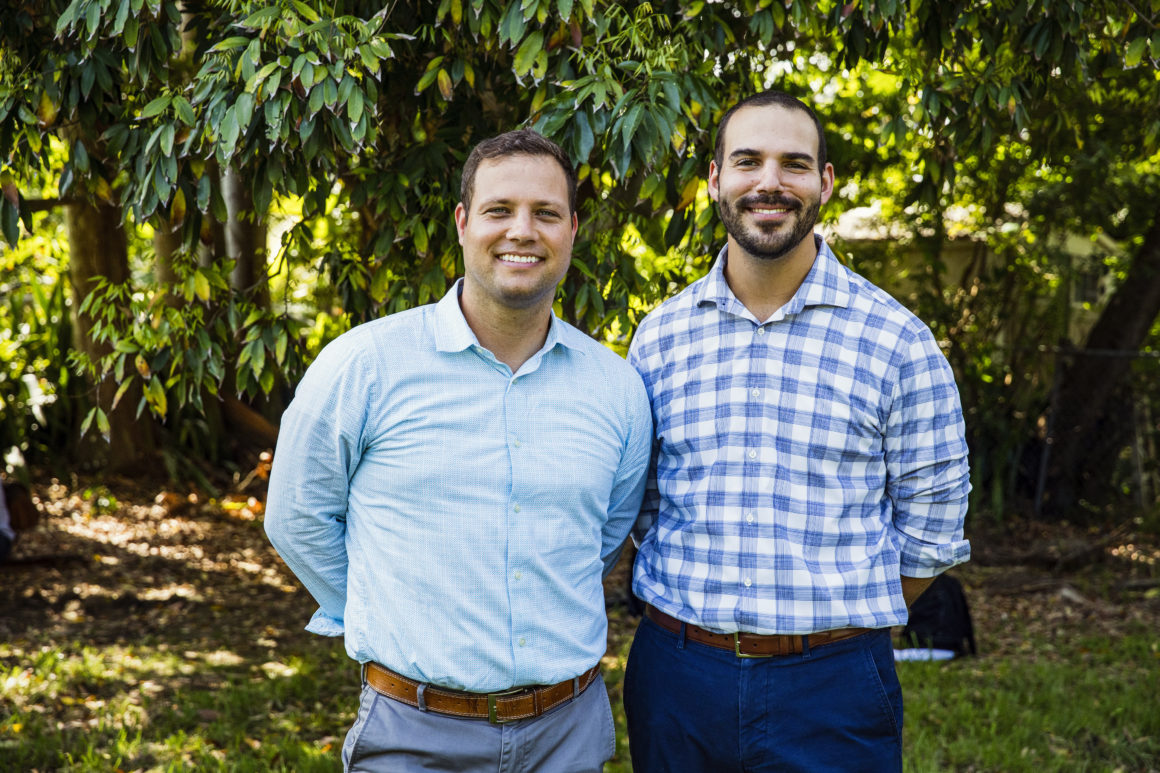
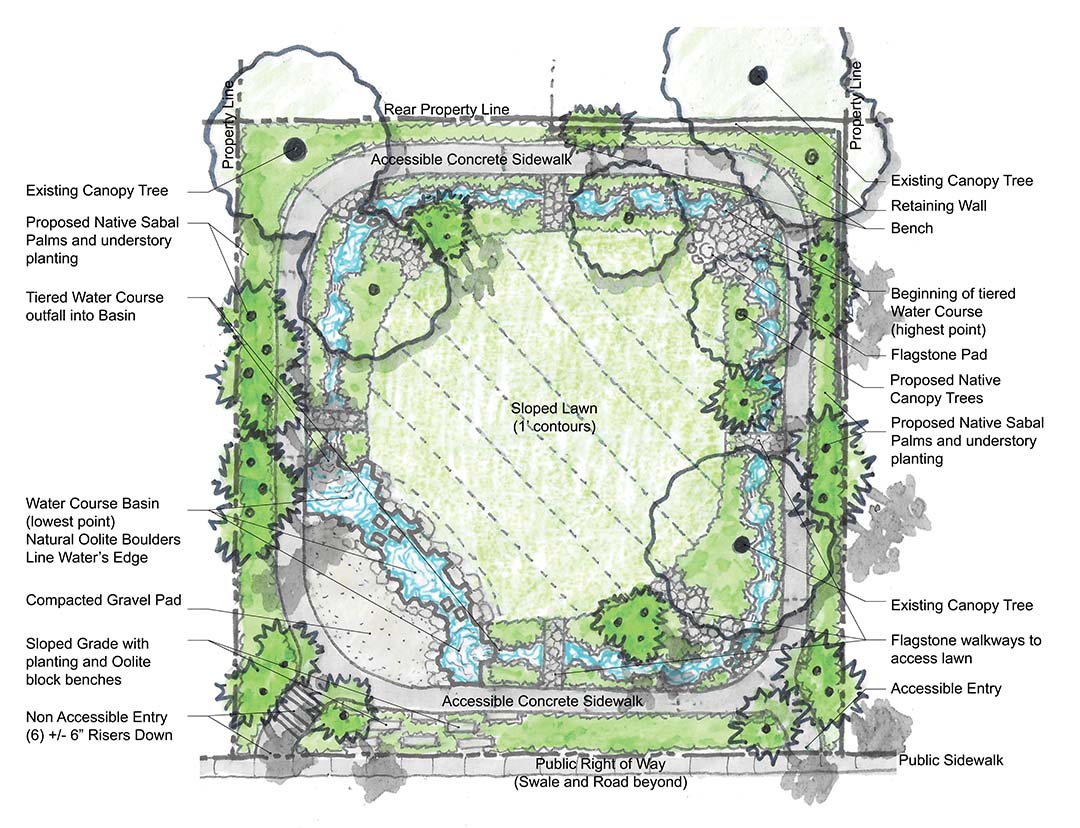
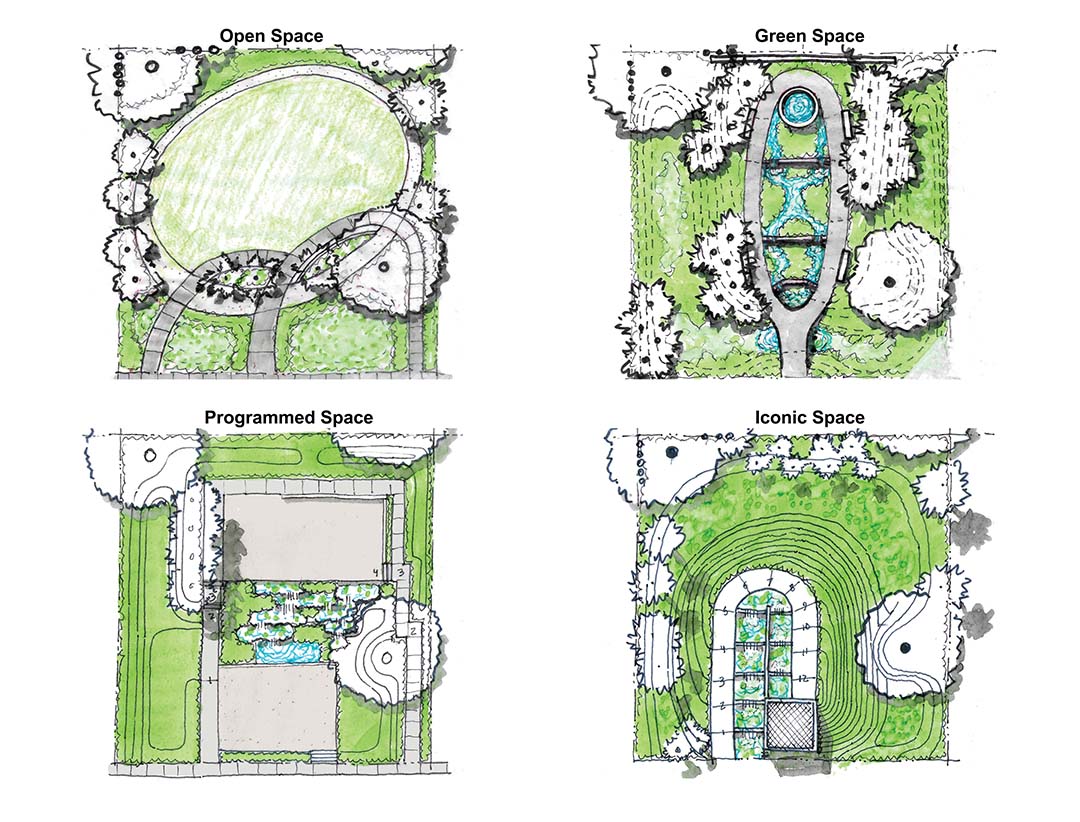
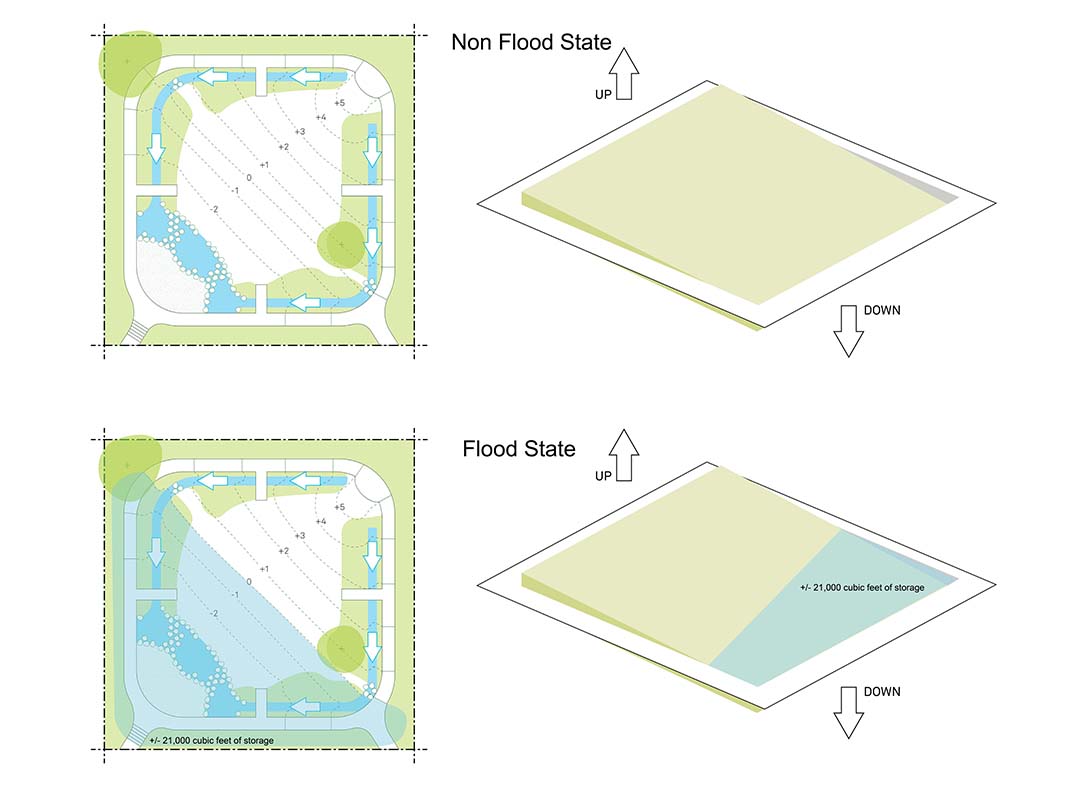
Finalist: Resolve
Resolve proposed the following: “Following our process with input from nearby residents, we determined a large flexible open space with surrounding areas that highlight natural systems and native planting ecotones while allowing for unprogrammed activities and provide maximum stormwater retention in rain events.”
Jury
Akin Ozaydin
City Engineer, City of North Miami
Debbie Love
AICP, City Planner, City of North Miami
Jessica Lax
Innovation Fellow, New Jersey State Office of Innovation
Germane Barnes
Director, Studio Barnes
Marta Viciedo
Founding Partner & Strategy Director, Urban Impact Lab
Jeremy Alain Siegel
Associate, BIG – Bjarke Ingels Group
Jayantha Obeysekera
Water management, sea-level rise, & climate change expert
Jennifer Bolstad
Principal Landscape Architect, Local Office Landscape & Urban Design
José Martí Park
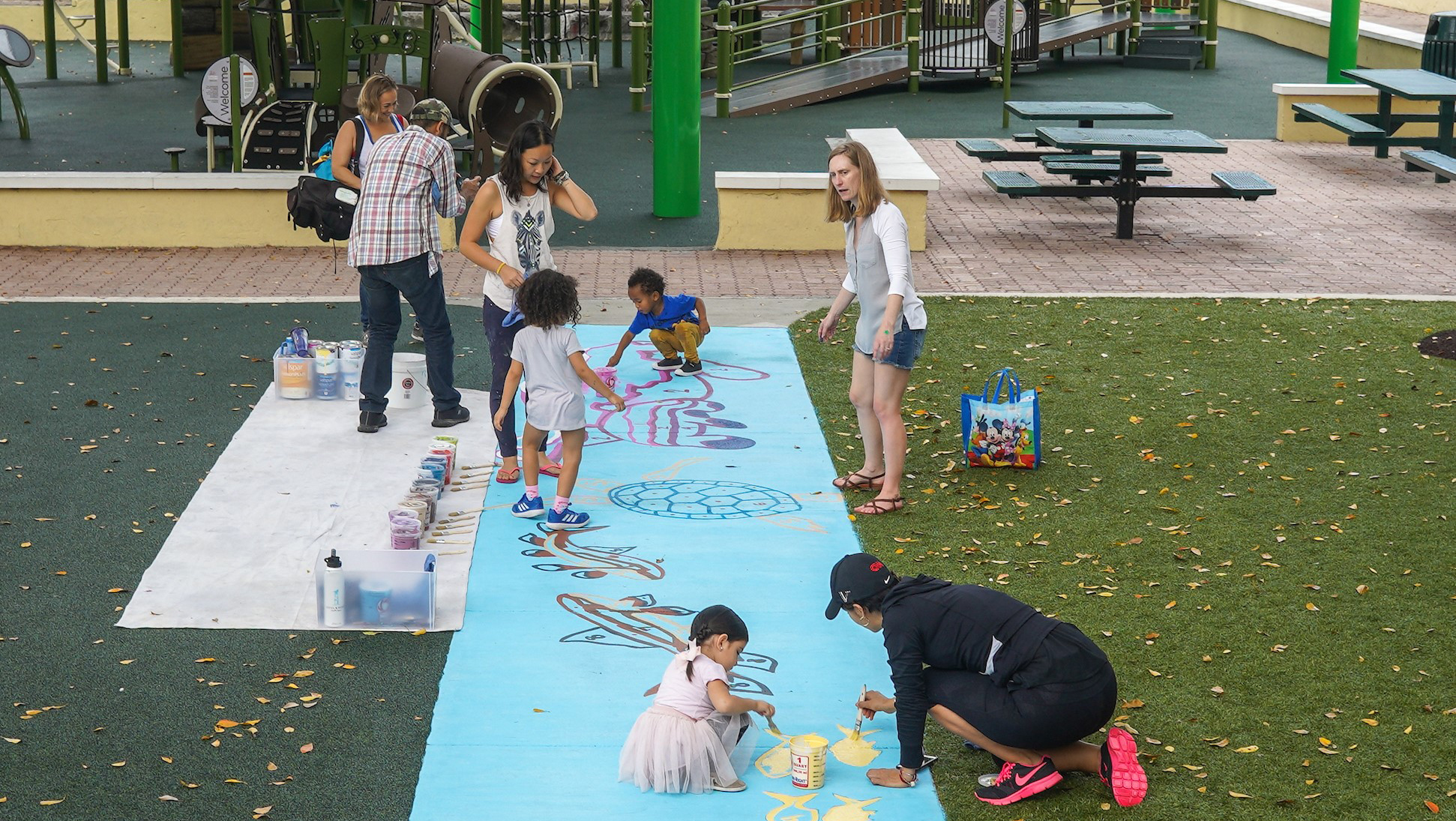
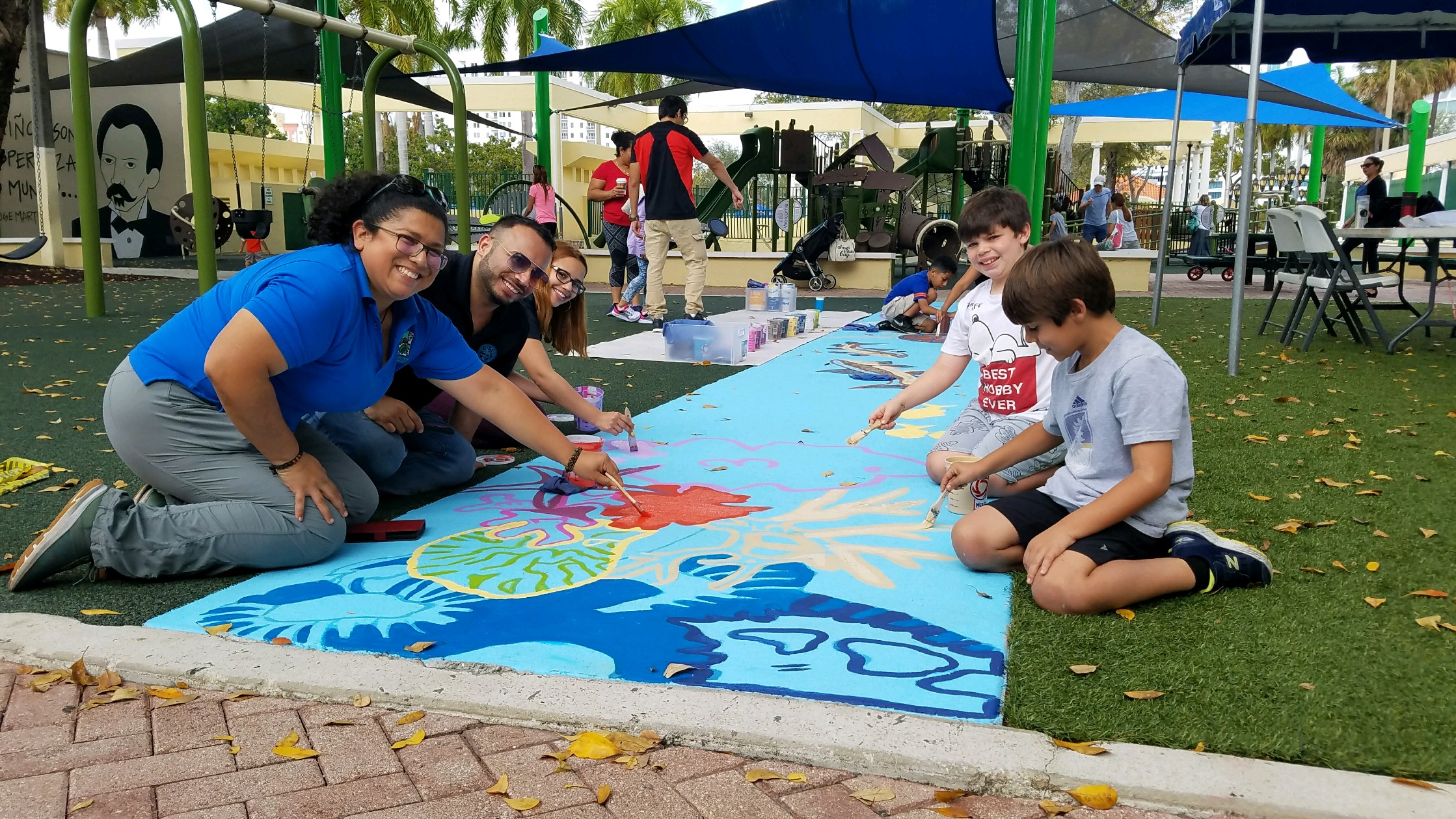
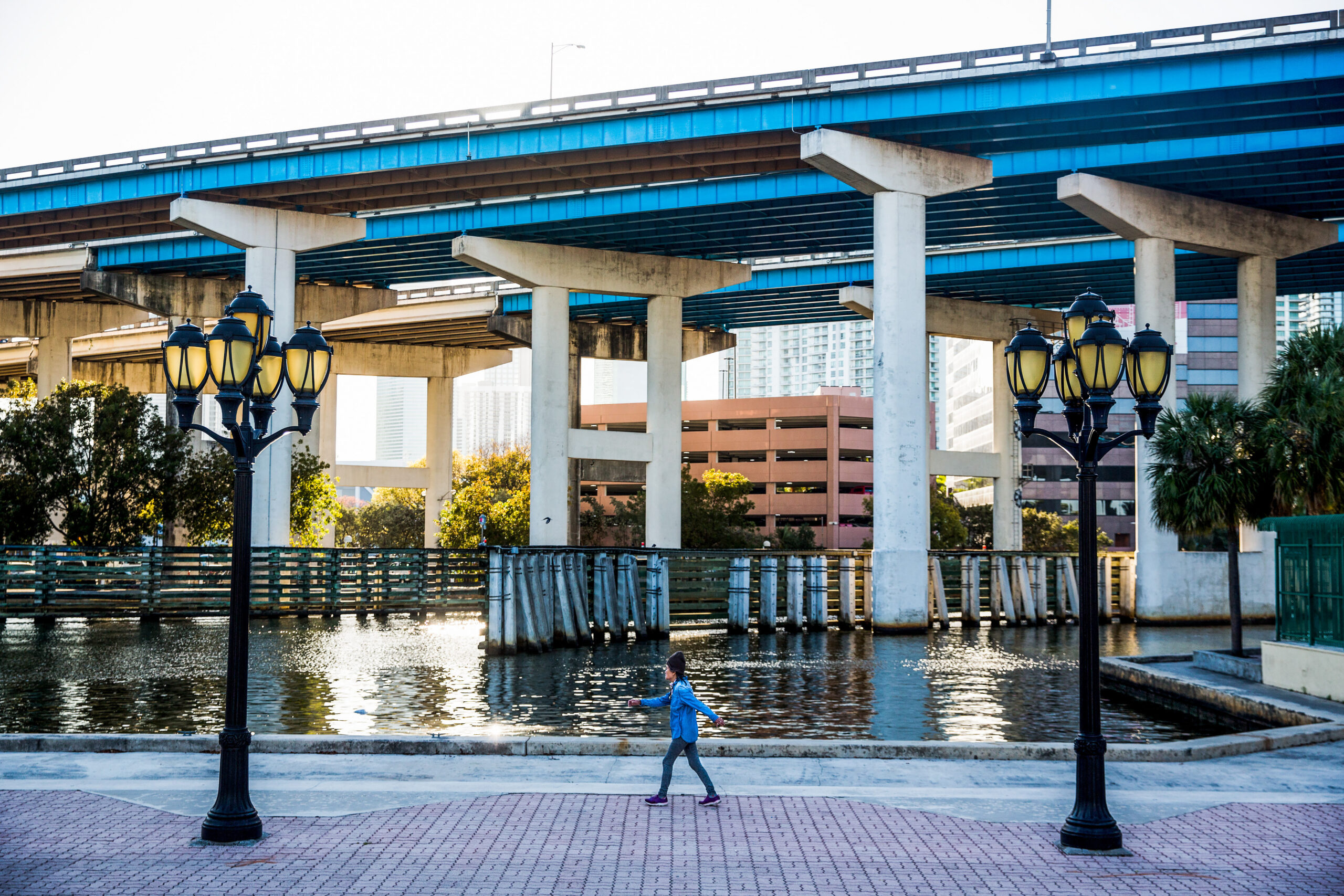
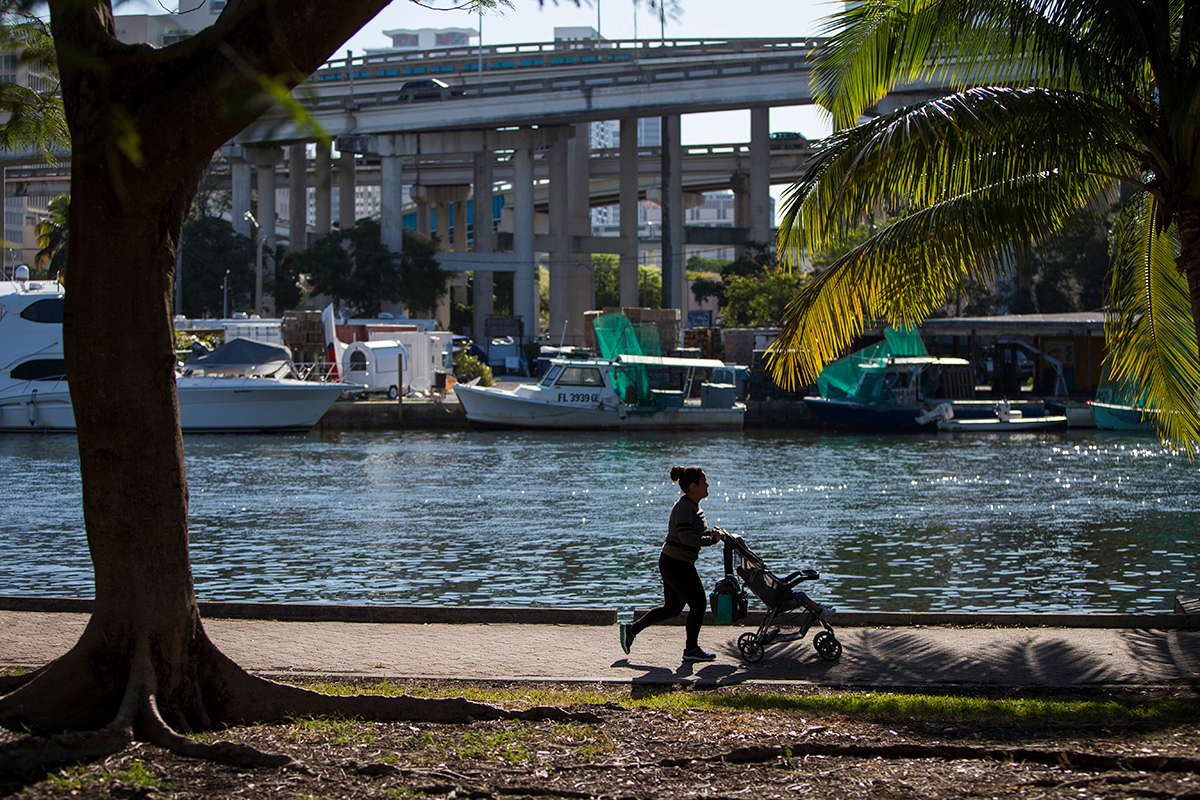
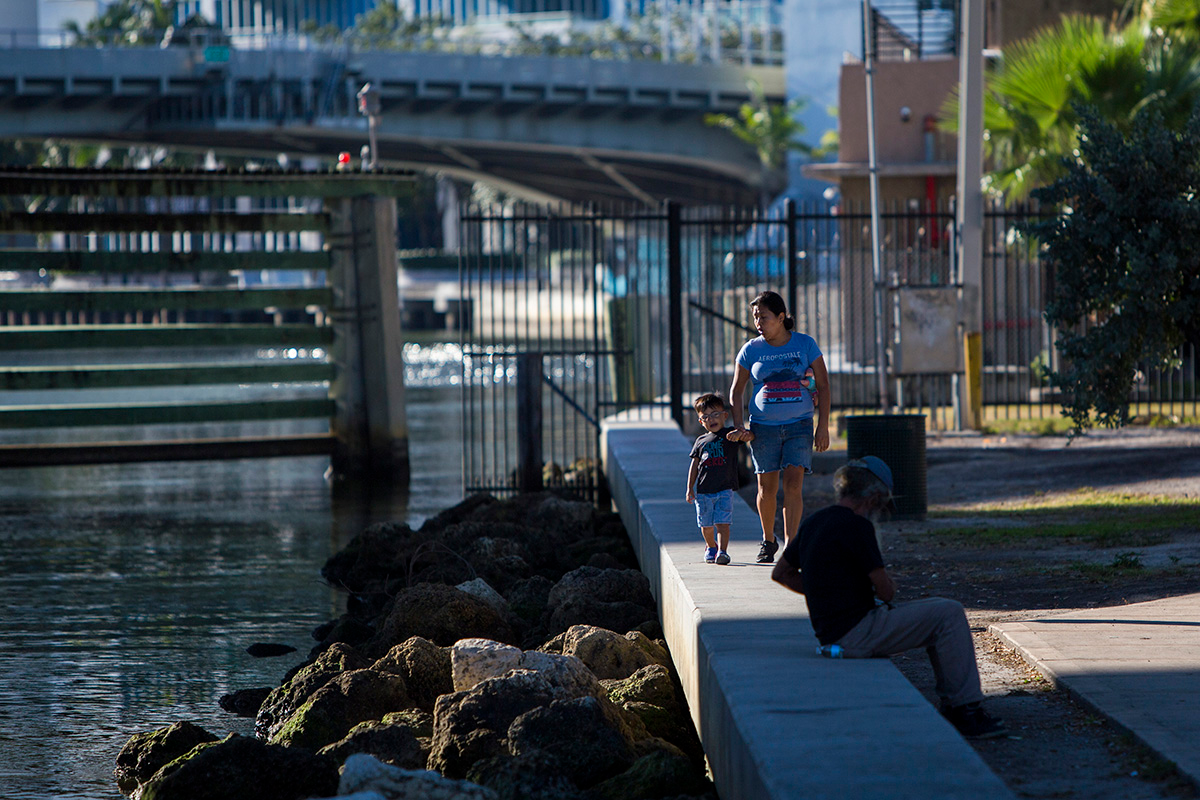
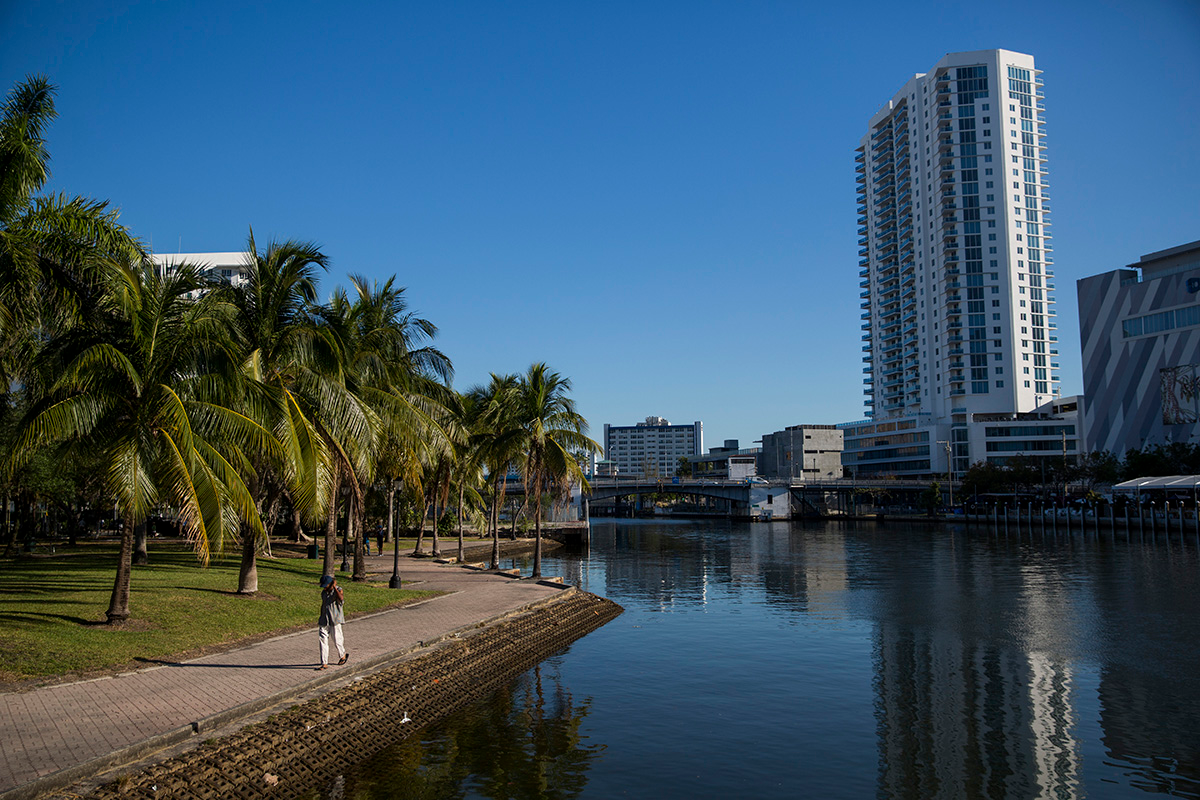
José Martí Park is a well-loved and beautiful community space in Little Havana. Due to its location along the Miami River and its low elevation, the park is also very vulnerable to flooding. This is most clearly seen during King Tide, when the park’s riverwalk becomes completely submerged in river water. This will likely become more frequent in the future due to sea level rise.
Van Alen Institute and the City of Miami joined forces to find a design team who could create a new vision for José Martí Park — one that will reduce flooding in the park while meeting the community’s needs for a treasured public space. In 2018, the City of Miami nominated local residents for a Project Outreach Team, all of whom are especially knowledgeable about the communities surrounding José Martí Park: With this team, we distributed a community survey to learn how residents wanted to improve the park. We also hosted two community events in February and November to keep the neighborhood informed about the project’s progress, hear from residents about their ideas for the park, and introduce them to the winning design team. The community’s top needs for a new José Martí Park are a safer, more spacious, and more inviting space.
Curtis+Rogers Design Studio was selected by the City of Miami for their expertise in urban design, landscape architecture, and engineering, and extensive local experience in Miami-Dade County. Their team — composed of architects, ecologists, engineers, planners, scientists, and community engagement experts — are creating a dynamic vision for the park that will support a resilient Miami for generations to come.
Curtis+Rogers Team
FIU – Sea Level Solutions Center
Local Office Landscape and Urban Design
Project Outreach Team
Ian Zink, Post-Doctoral Fellow, University of Miami; Madelyn Rodriguez-Llanes, Director, Centro Mater; Avra Jain, Owner, Miami River Inn; Carlos Dulzaides, Corporate Trainer, Hertz; Barby Rodriguez, Public Outreach Specialist, EV Services, Inc.
Peer Review
These interdisciplinary experts support the design team to make sure they have the right resources to complete their vision: Sonia Chao, University of Miami; Nancy Clark, University of Florida; Jane Gilbert, City of Miami; Katherine Hagemann, Miami-Dade County; Ken Jeffries, Florida Department of Transportation; Jessica Lax, Van Alen Institute; James Murley, Miami-Dade County; Sonia Succar, The Nature Conservancy; Marta Viciedo, Urban Impact Lab
Climate Design Lab
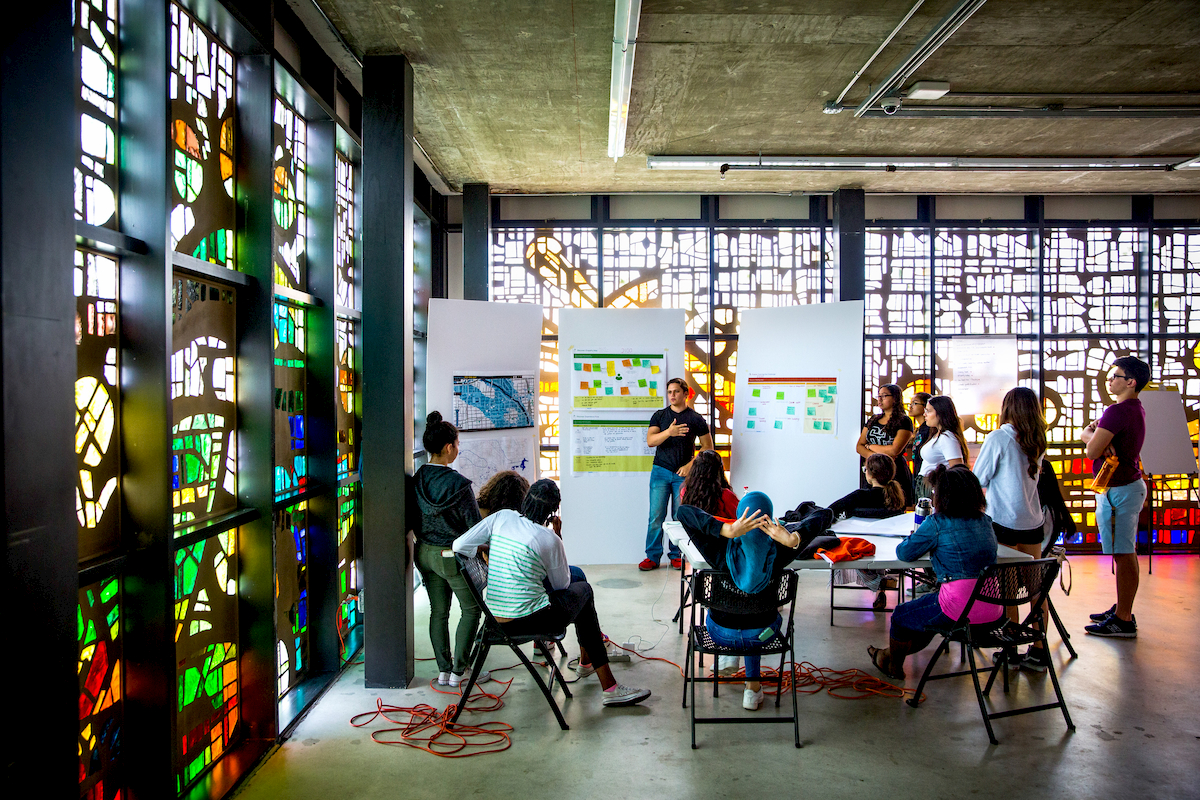
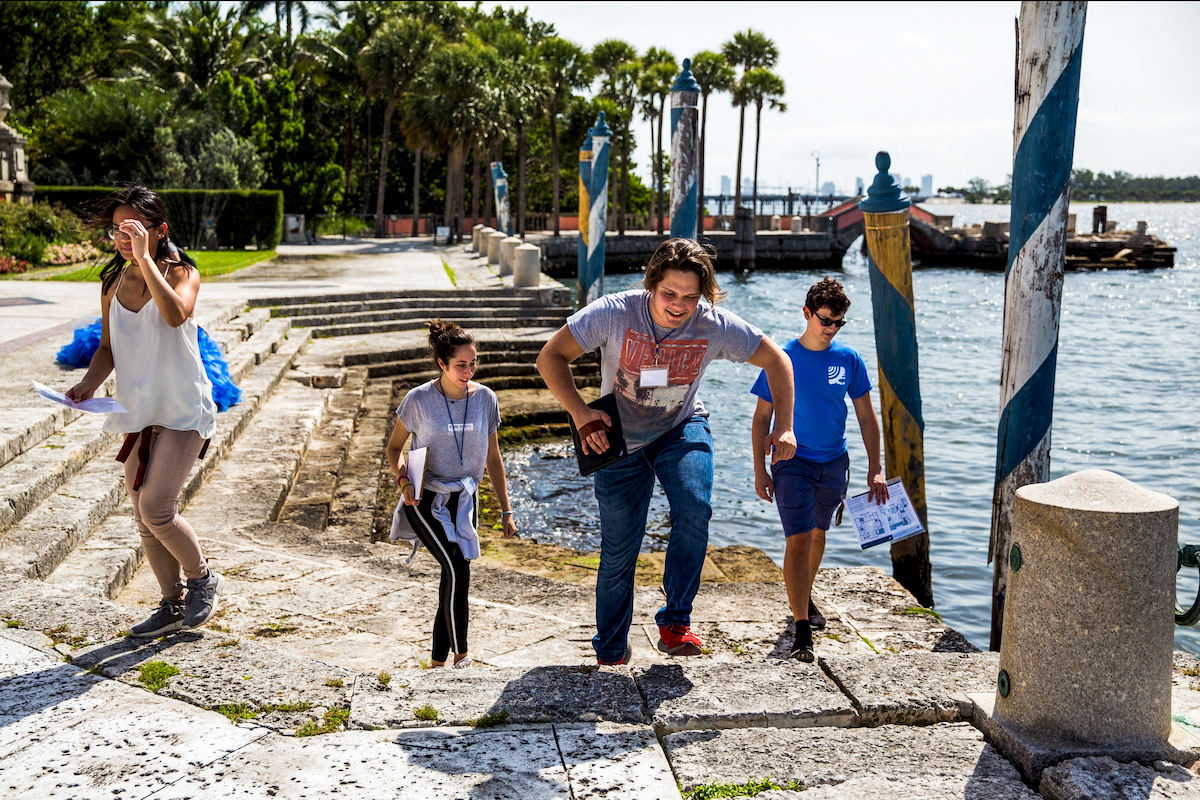
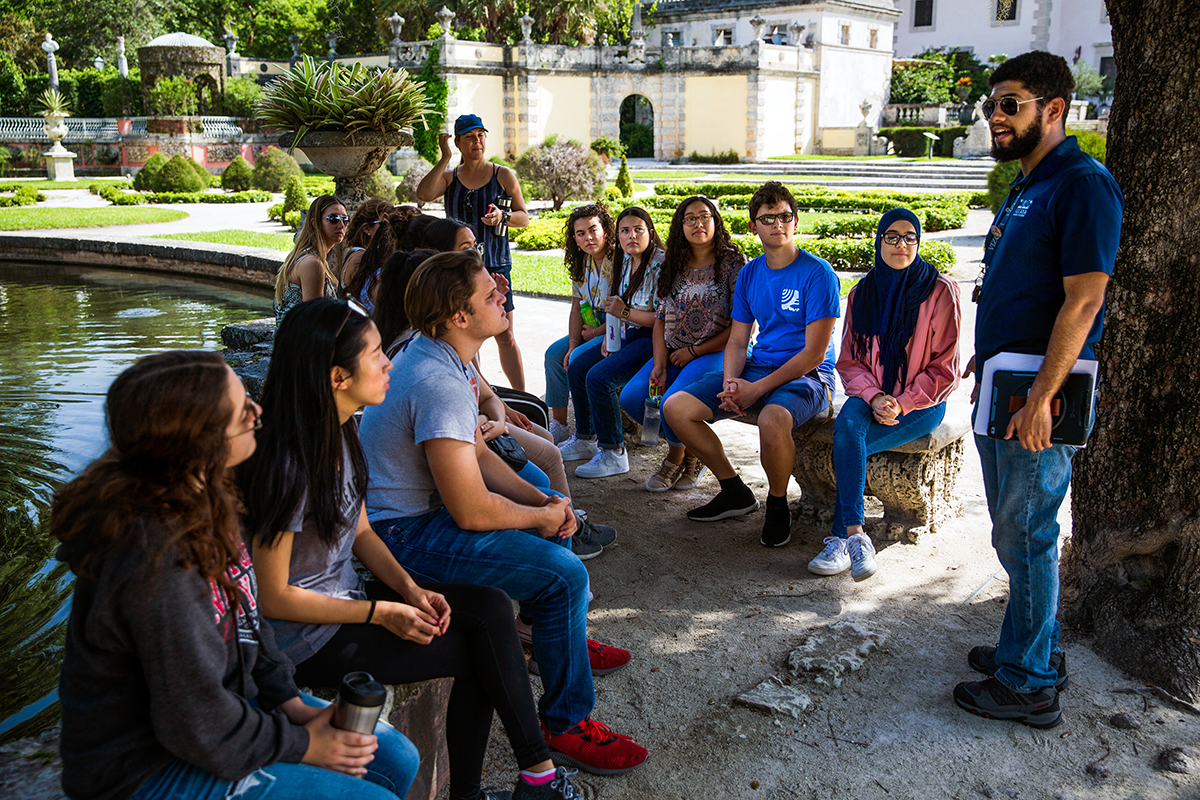
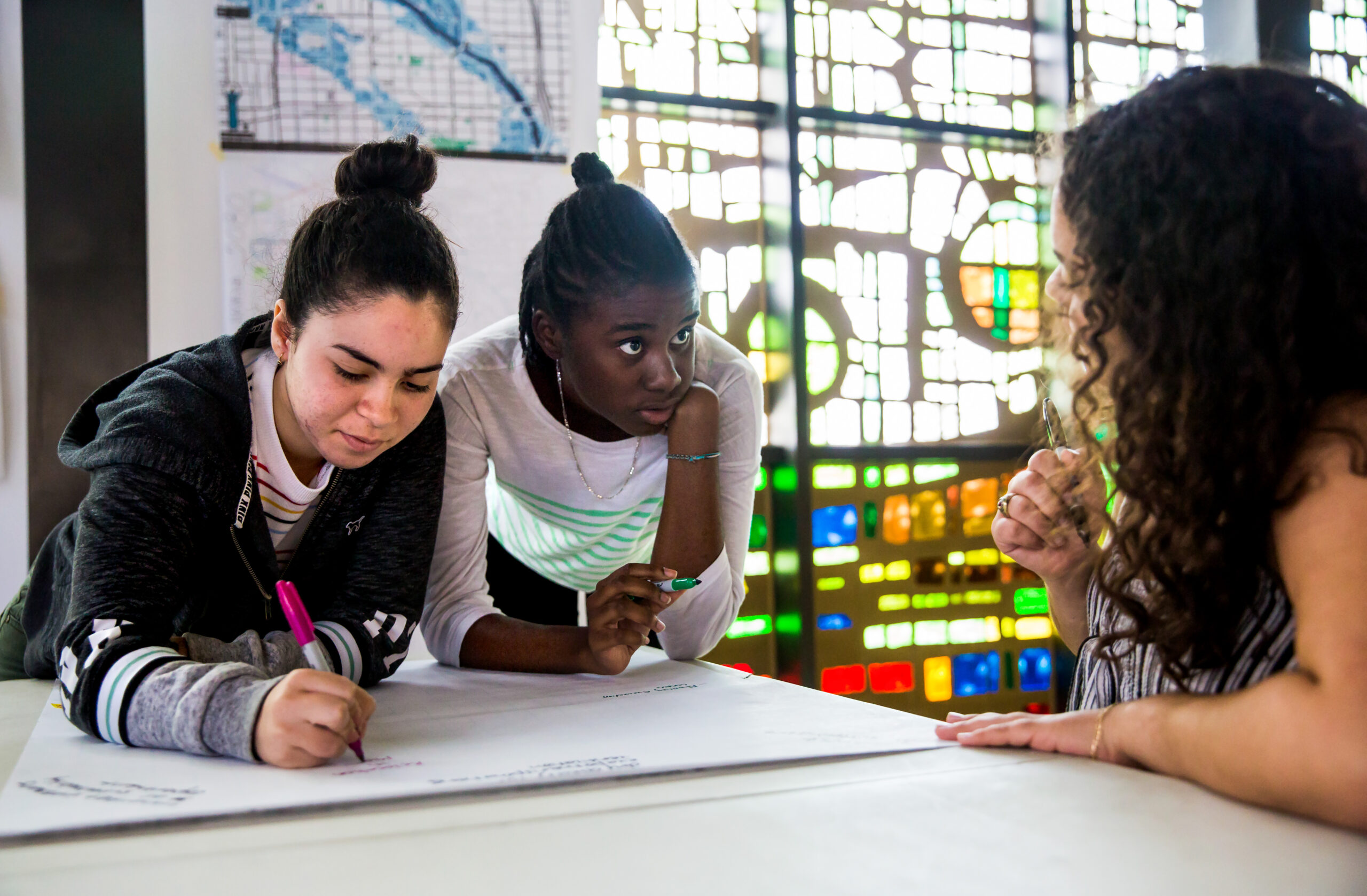
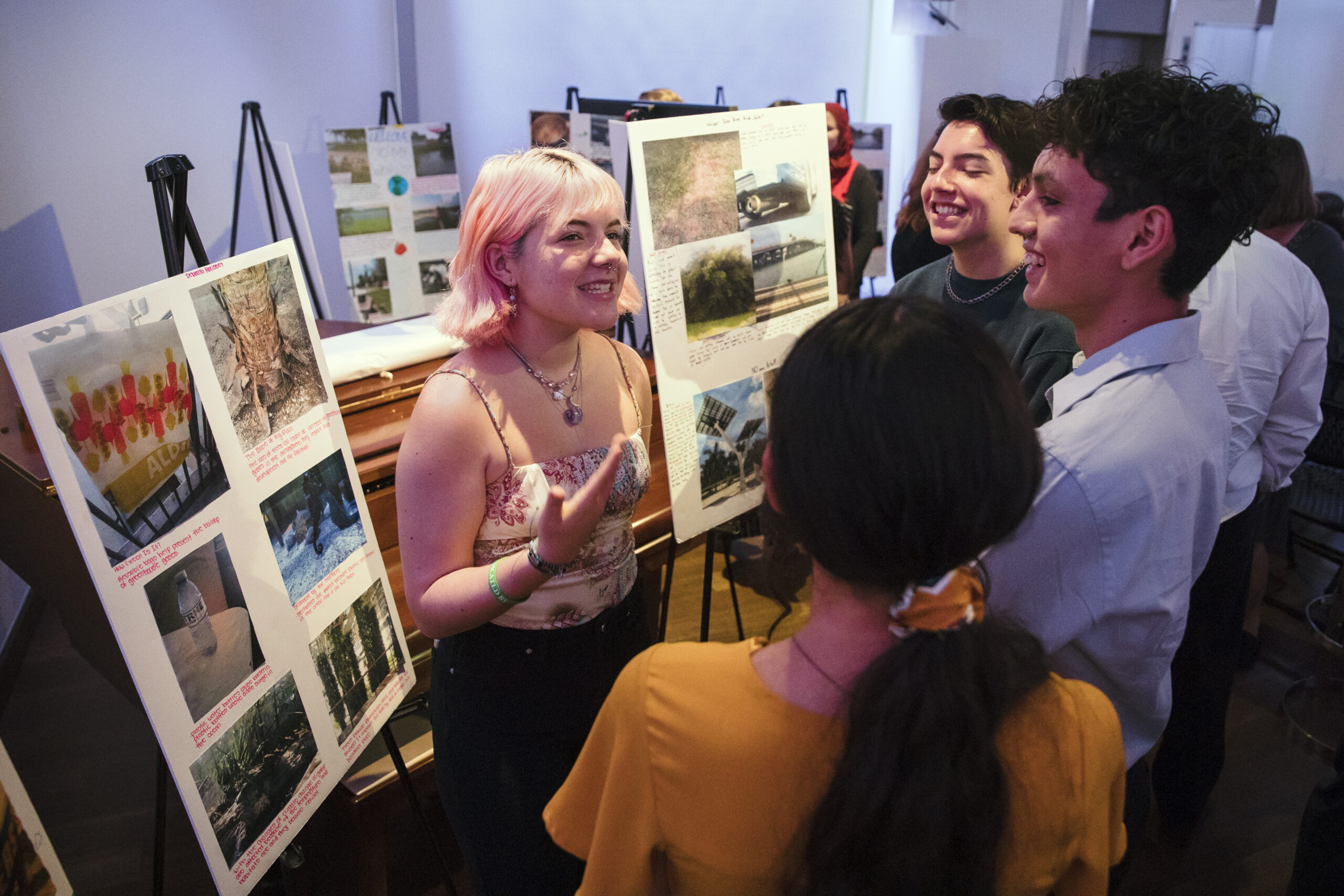
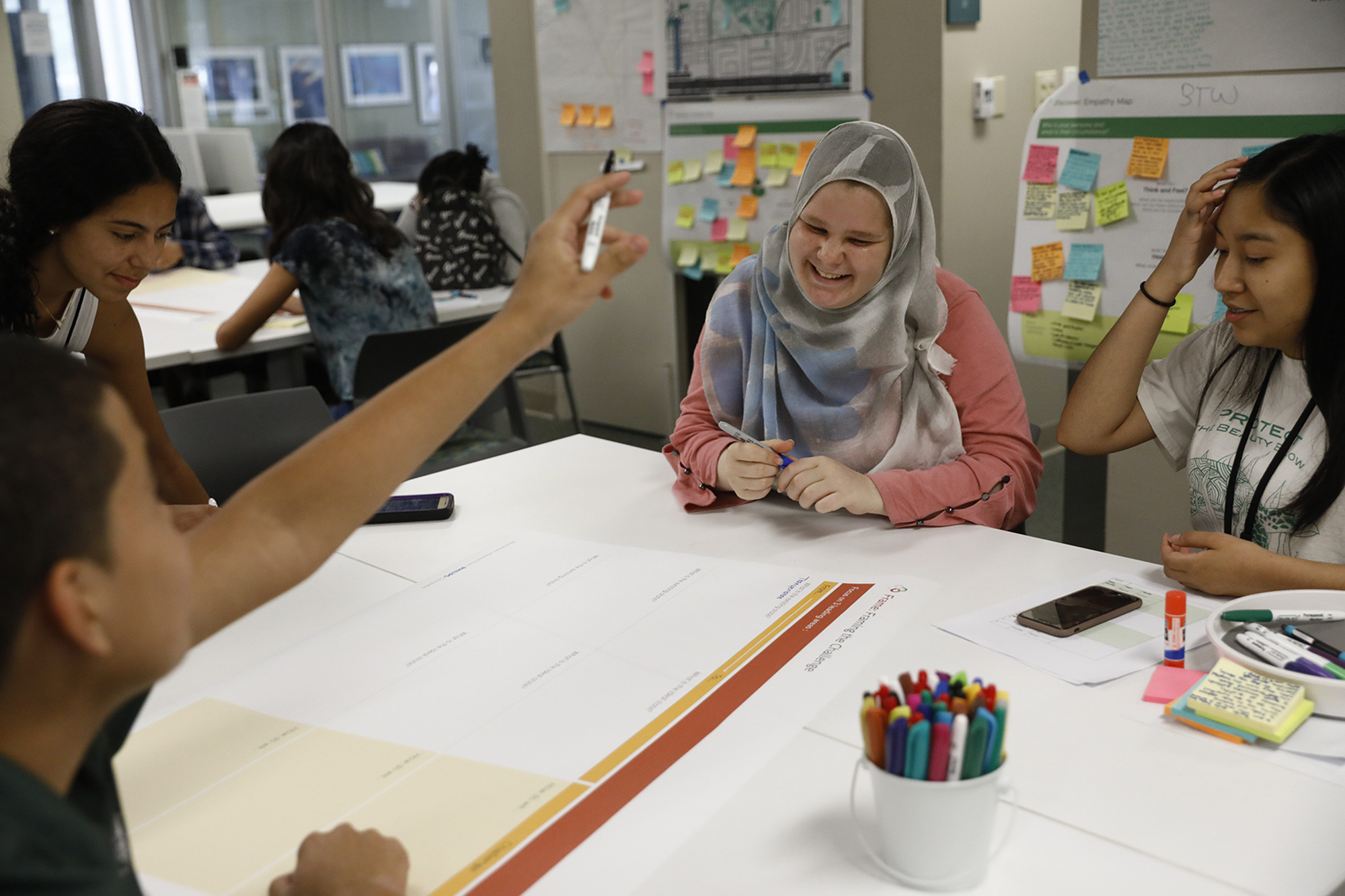
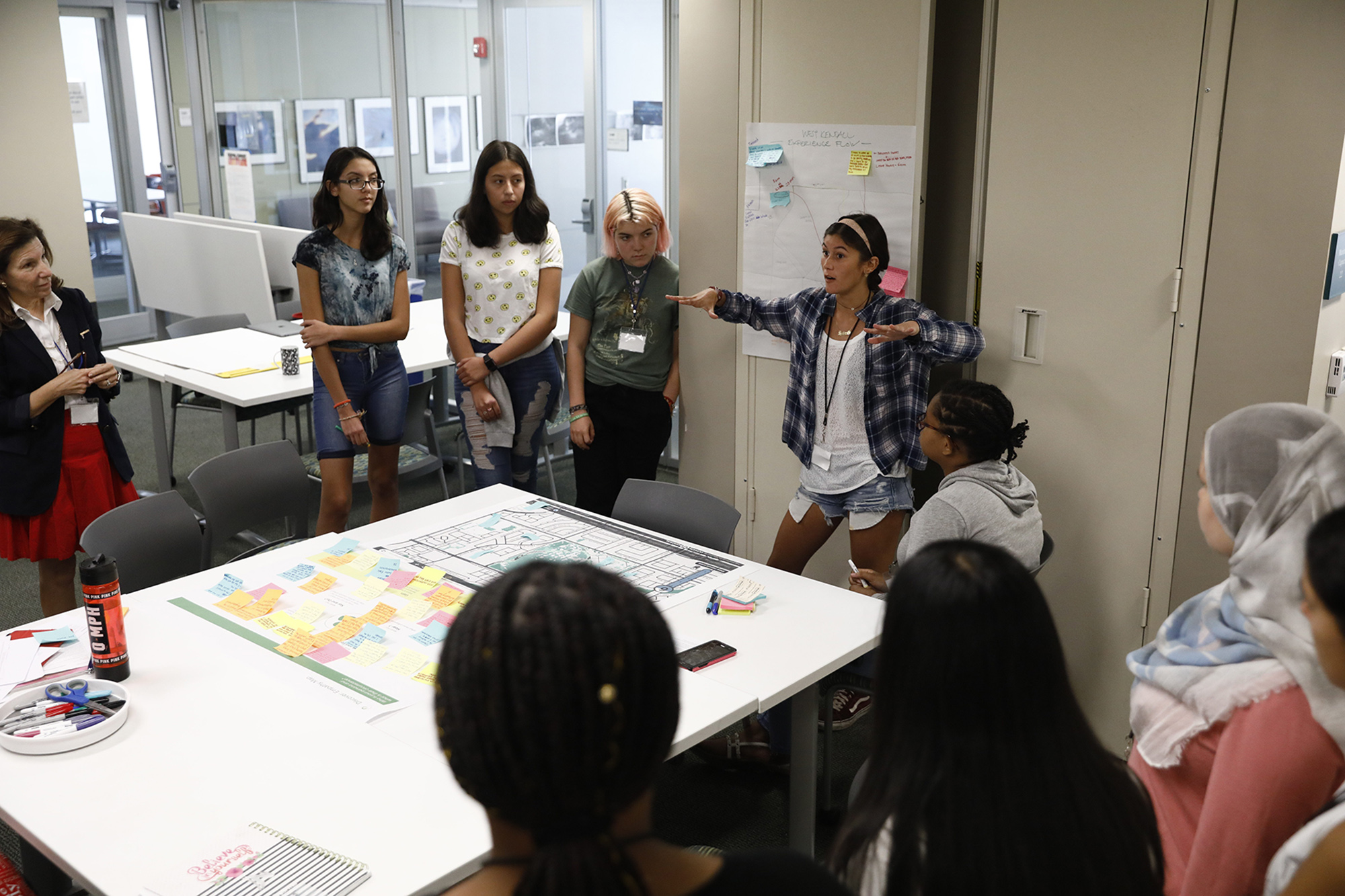
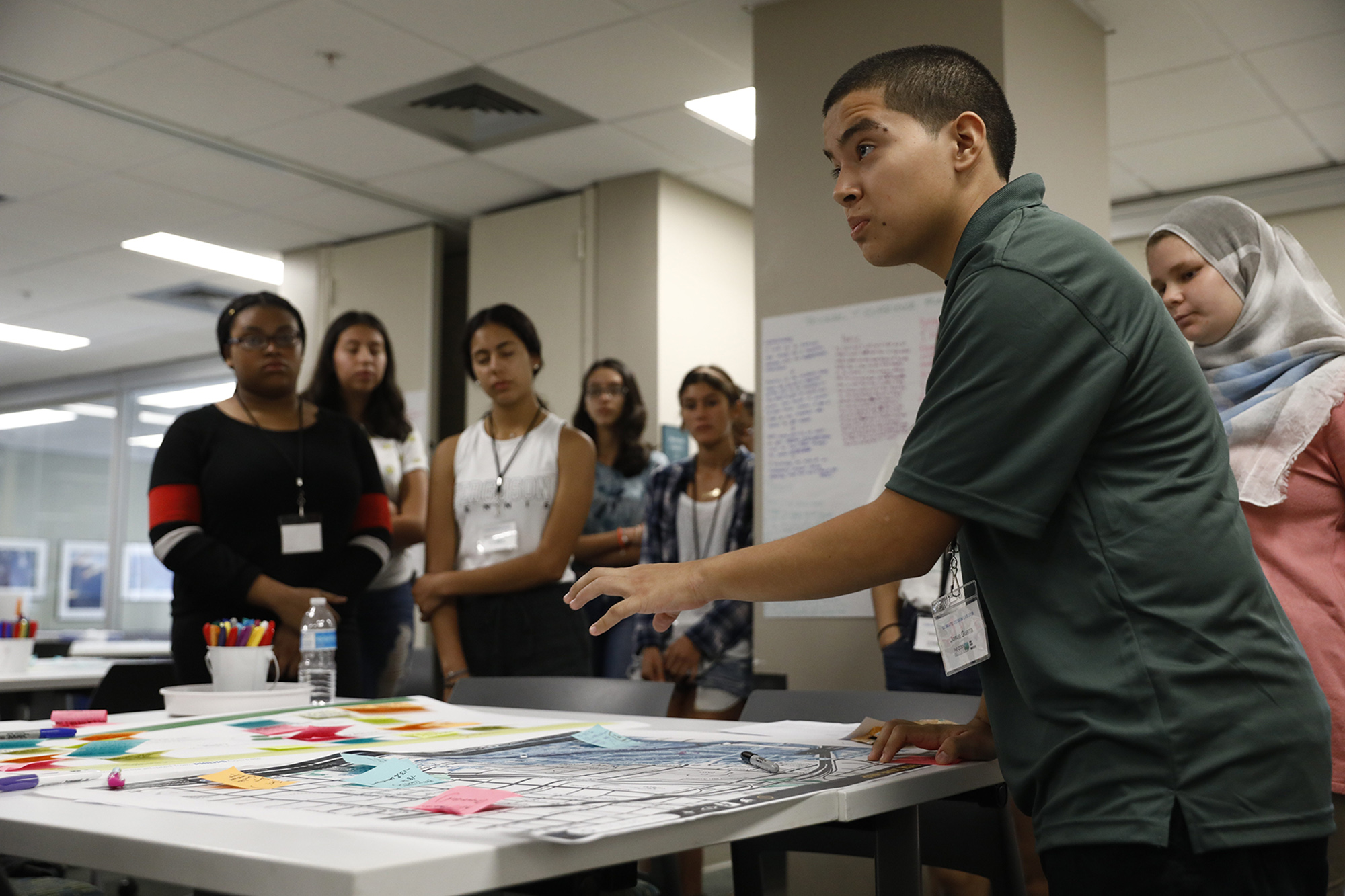
In collaboration with Miami-Dade County Public Schools and The CLEO Institute, we hosted Climate Design Lab, a summer intensive program in 2018 and 2019 that engaged high school students in a competition to research, design, and develop forward-thinking solutions to climate change. Over a three-week period, the students worked one-on-one with a leading group of South Florida architects, designers, academics, and experts on the development of design solutions to address the future impacts of sea level rise on South Florida.
Students presented their final ideas to a group of experts from various disciplines at a final awards ceremony: Commissioner Eileen Higgins, Miami-Dade County, District 5; Jessica Lax, Van Alen Institute; Katie Hagemann, Miami-Dade County; Lauren Ordway, Institute for Sustainable Communities; Rene Gonzalez, Rene Gonzalez Architects; Yoca Arditi-Rocha, The CLEO Institute.
Climate Design Lab Partners
With special thanks to the University of Miami Abess Center for Ecosystem Science and Policy
Climate Leaders Workshop
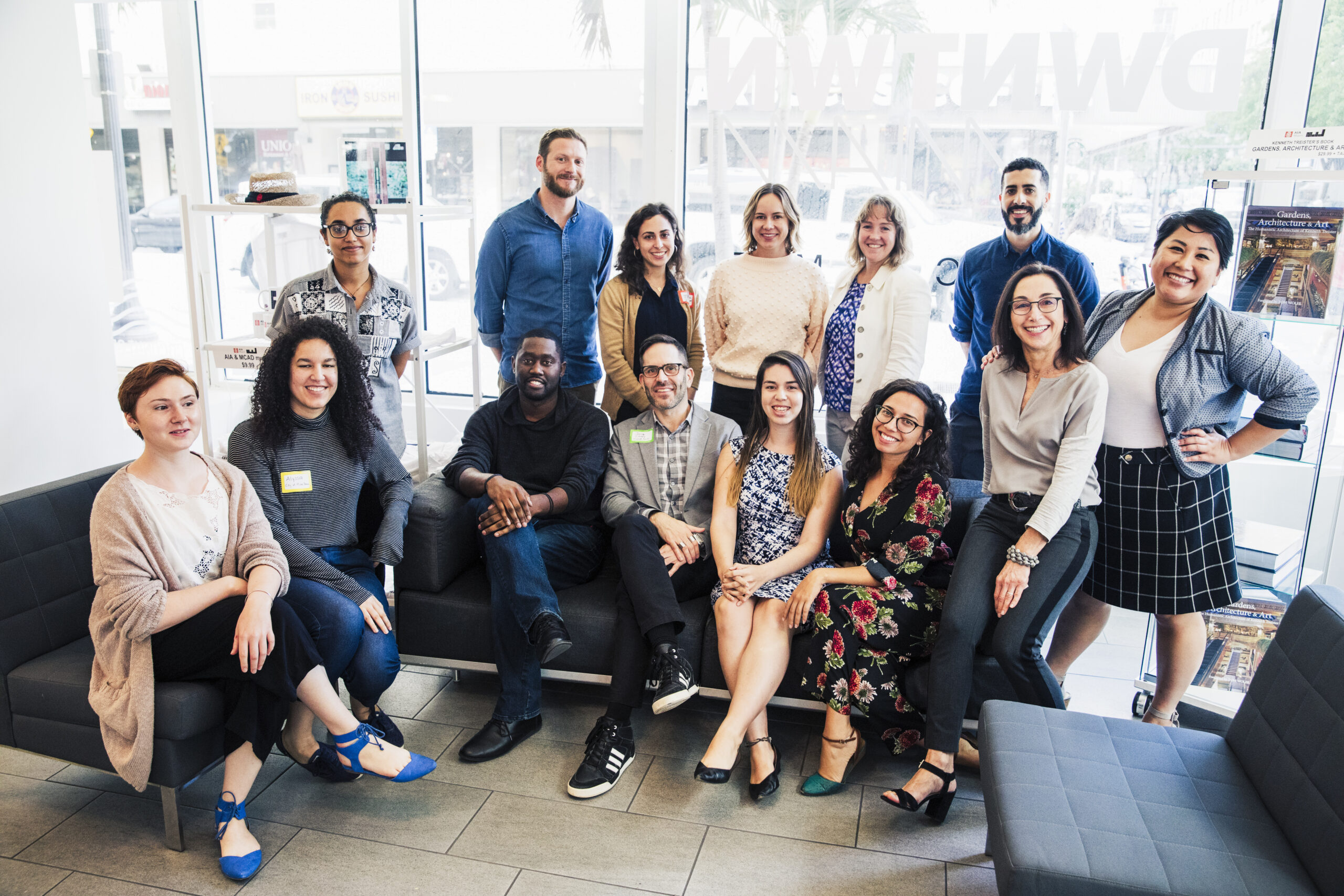
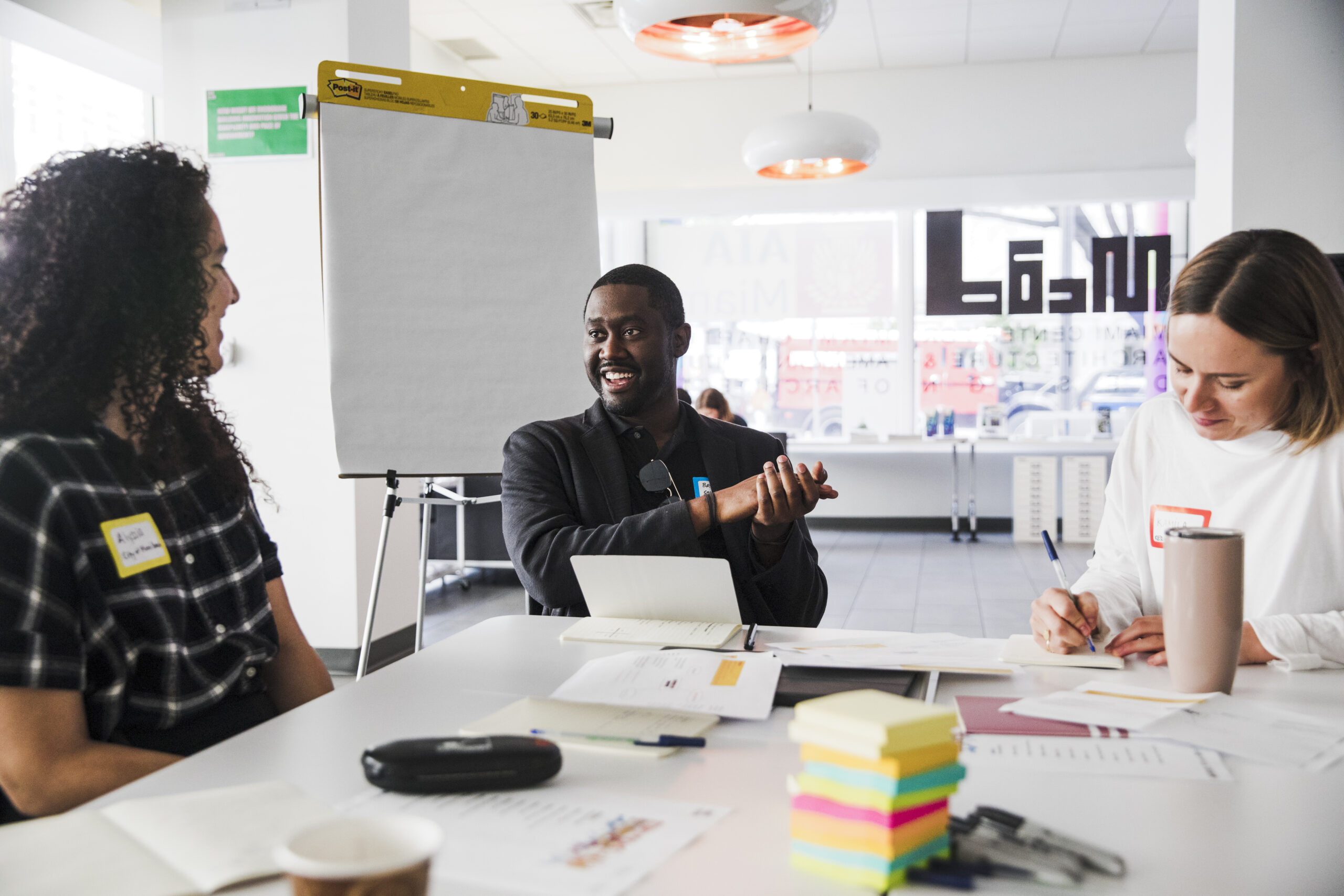
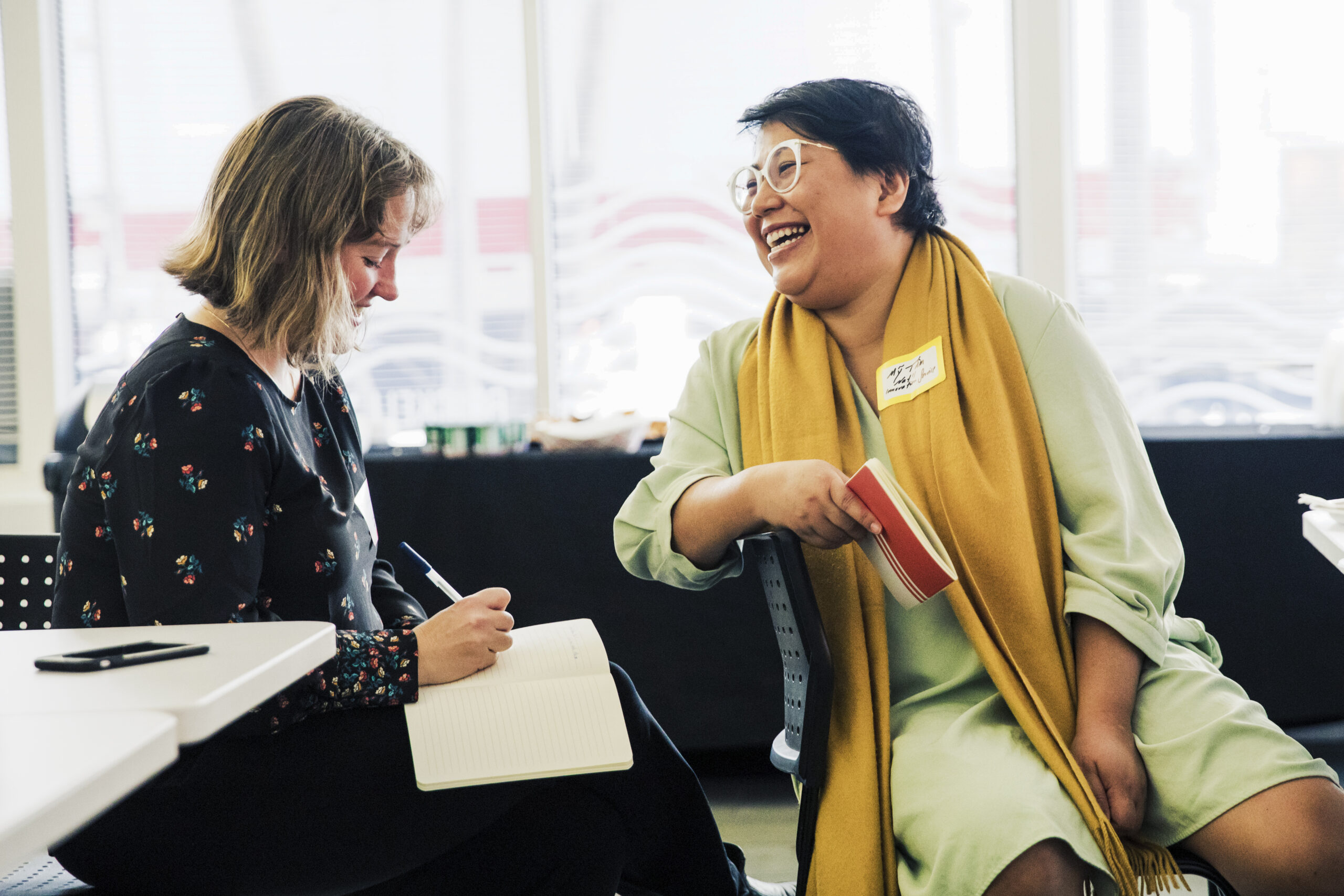
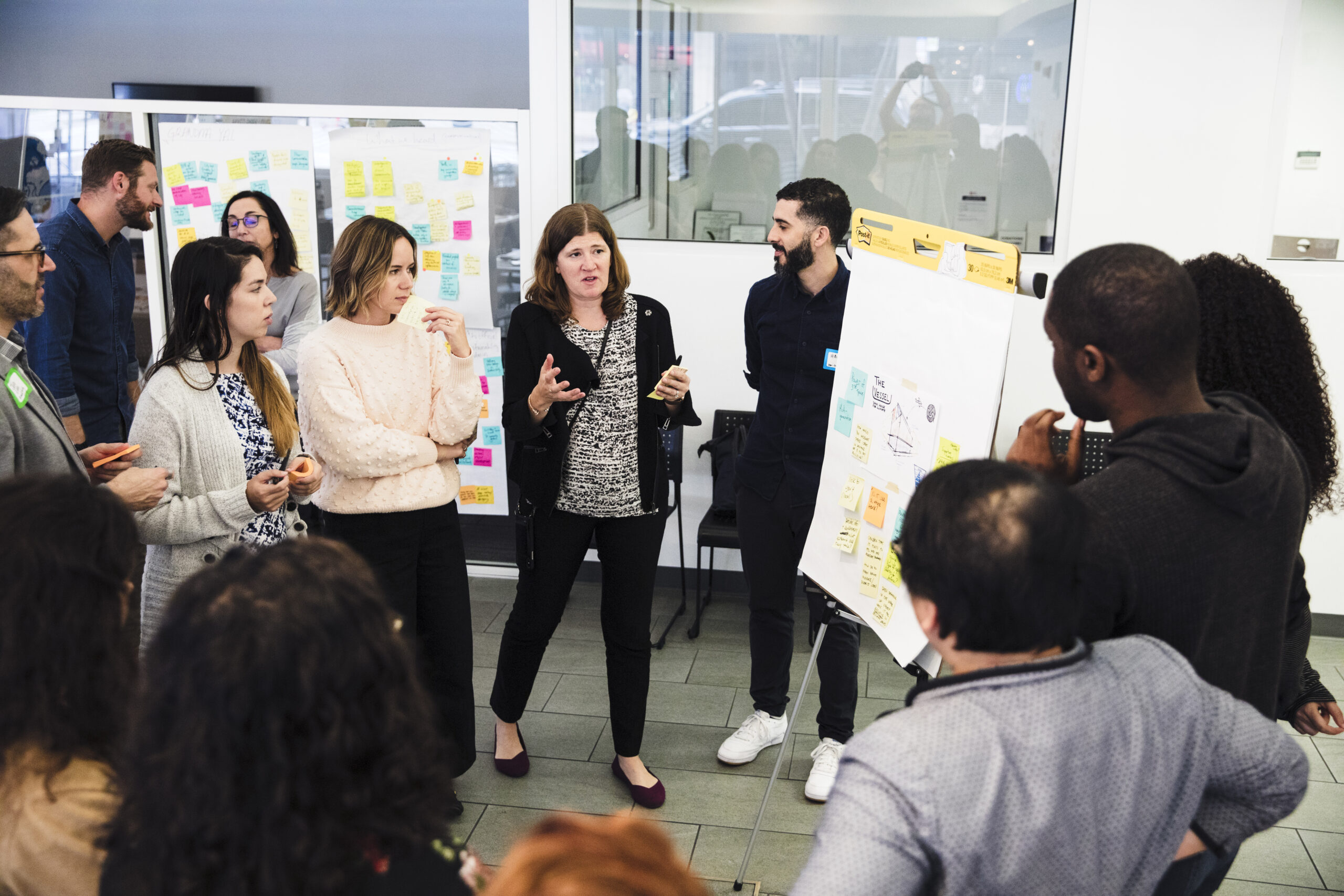
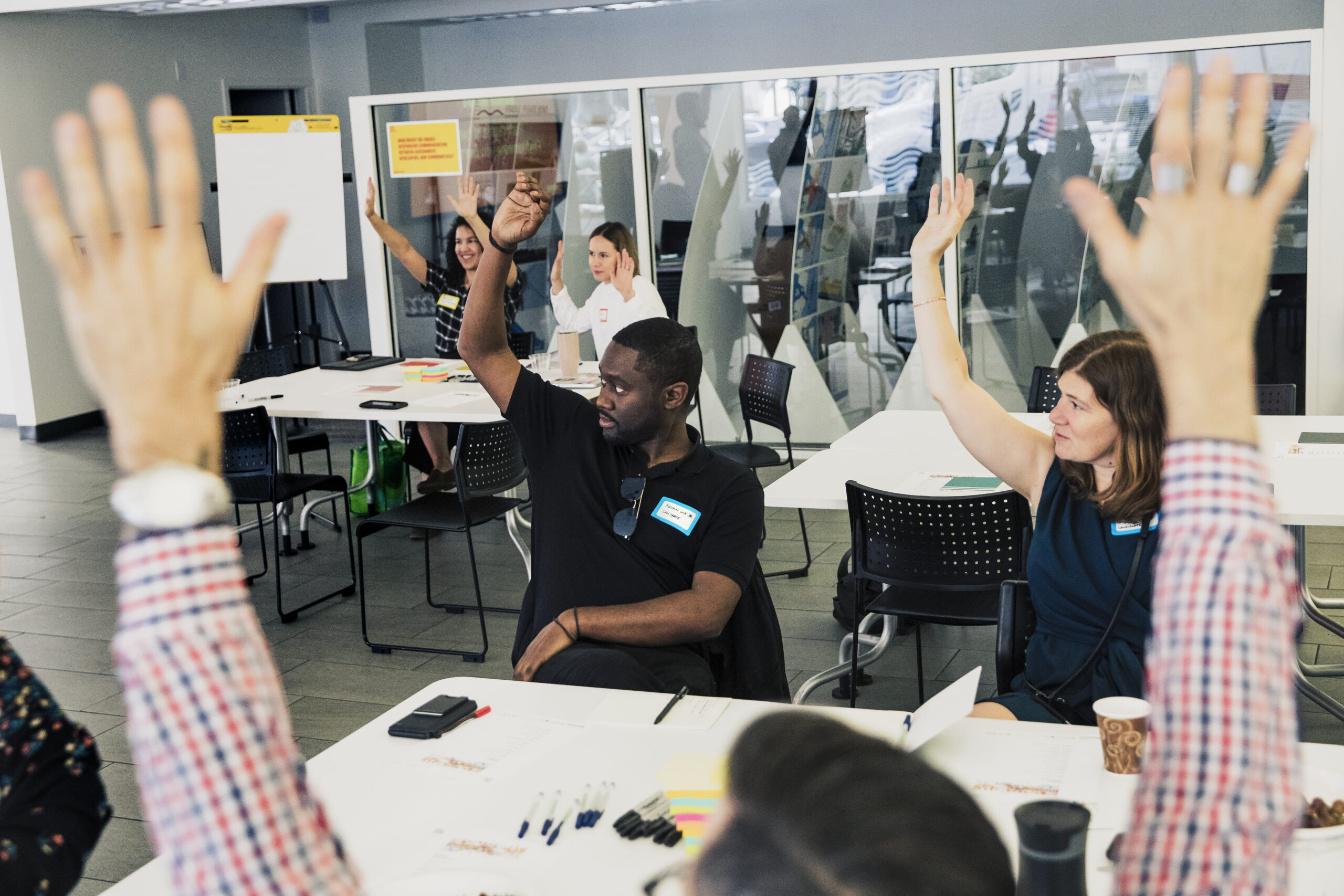
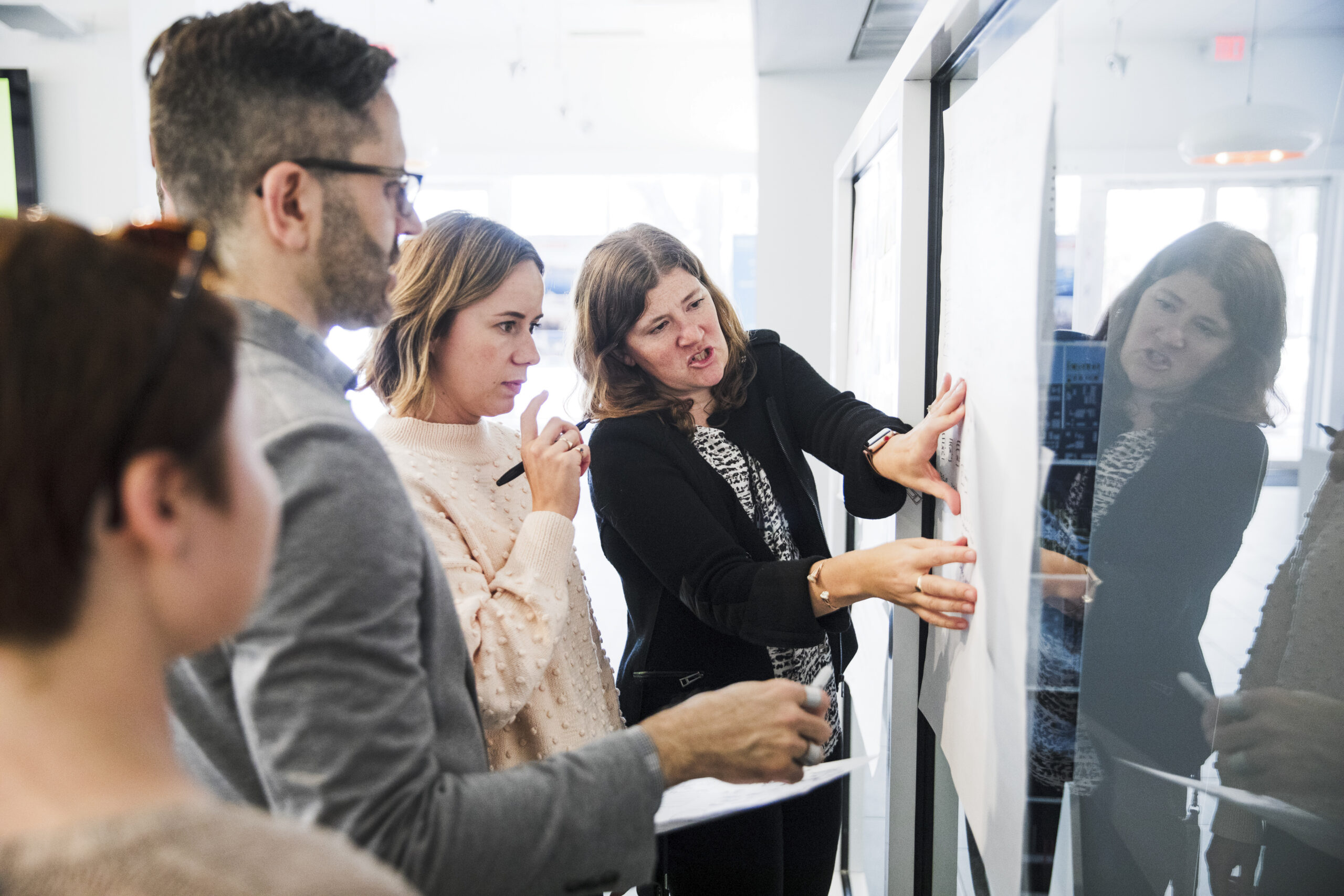
On December 16 and 17, 2019, regional leaders in design, government, development, and community engagement gathered at the Miami Center for Architecture for a design-thinking workshop to help create tools and solutions that better advance climate-adaptive design. Workshop participants created the following questions to guide the discussion:
How might we…
…hold space for creativity and experimentation within government climate work?
…create a sense of “we’re all in this together” across municipal lines to get things done?
…motivate people to action without having to personally experience a climate crisis?
…create quick wins to keep people engaged with projects/timelines that span years?
…build meaning, active, on-going partnership with marginalized people on technical, bureaucratic projects?
Participating Organizations
Broward County Office of Resilience
C40 Cities Climate Leadership Group
City of Miami Beach Office of Resilience
Colloqate
Florida International University
Local Office Landscape & Urban Design
National Innovation Service
The CLEO Institute
University of Florida
Resource Guide
Keeping Current kicked off with a one-day research summit in Miami, engaging over 30 scientists, researchers, designers, and other experts to identify promising approaches to key challenges in the region. Attendees also discussed future research, resources, and policies that are needed for the region to adapt to climate change in ways that promote ecology, economy, and equity.
With over one billion dollars in infrastructure spending planned in the region, it’s vital to think about what this could mean and how it can benefit communities. The summit engaged local academics at the University of Florida, University of Miami, Florida International University, and Florida Atlantic University who are leading the way in discovering and identifying the myriad of causes and effects of sea level rise in South Florida and beyond.
Building from their research and the work of the Southeast Florida Regional Climate Compact, the summit advanced the conversation on resilient design solutions. We’ve compiled notes from summit discussions, interviews, and additional research into the Keeping Current Resource Guide.
The Keeping Current Resource Guide is intended for design teams applying to the project’s competitions or working on future infrastructure projects in the region—in particular, those who are not familiar with the South Florida region.
The Resource Guide shares information on various local approaches to climate change adaptation and gathers together reports, articles, online mapping tools, and other information that can inform teams’ work. The Resource Guide is intended to offer a user-friendly survey of resources and a starting point for exploration and understanding of the region.
Press
Fast Company
Who We Worked With
Project Advisors
Jesse Keenan
Faculty of Architecture, Harvard Graduate School of Design
Christina Deconcini
Director, Government Affairs, World Resources Institute
Nicole Hernandez Hammer
Biologist and Environmental Justice Advocate
Stuart Kennedy
Consultant, Sub-Culture
Caroline Lewis
Founder, CLEO Institute
David Martin
President, Terra
Jayantha Obeysekera
Water management, sea-level rise, & climate change expert
Research Team
Nancy Clark
Research Chair, University of Florida Center for Hydro-generated Urbanism CHU College of Design Construction and Planning; Founder and Program Coordinator, UF G|SoA Global Lab
Peter Jenkins
Facilitator, Program Manager, 100 Resilient Cities – Pioneered by the Rockefeller Foundation
Nancy Schneider
Facilitator, Senior Program Officer, U.S. Program, Institute for Sustainable Communities
Anthony Abbate
Director and Professor, School of Architecture, Florida Atlantic University
Esber Andiroglu
PhD, PE, LEED AP, Associate Professor of Prof. Practice, Dept. of Civil, Architectural & Environmental Engineering, College of Engineering, University of Miami
Jessica Bolson
Postdoctoral Associate, Florida International University
Henry Briceño
Research Faculty, Southeast Environmental Research Center, Florida International University
Sonia Chao
Research Associate Professor, School of Architecture, University of Miami
Andrea Dutton
Assistant Professor, Department of Geological Sciences, University of Florida
Debbie Griner
Resilience Manager, Miami-Dade County Water and Sewer Department
Denis Hector
RA, LEED AP, Associate Professor, School of Architecture, University of Miami
Roderick King
Director and Assistant Dean, Miller School of Medicine’s M.D., M.P.H., and Public Health Education, University of Miami
Benjamin Kirtman
Professor, Department of Atmospheric Sciences, University of Miami
Martha Kohen
Director, University of Florida Center for Hydro-generated Urbanism CHU College of Design Construction and Planning, Professor
David Letson
Professor, Rosenstiel School of Marine and Atmospheric Science, University of Miami
Joanna Lombard
Professor, School of Architecture and Department of Public Health Sciences, University of Miami
Marilys R. Nepomechie
Professor of Architecture, Associate Dean for Strategic Initiatives, College of Communication, Architecture + The Arts, Florida International University
Juliet Pinto
Interim Executive Director and Associate Professor, Department of Journalism + Media, Florida International University
Elizabeth Plater-Zyberk
Professor, School of Architecture, University of Miami
Gray Read
Associate Professor, School of Architecture, Florida International University
Sonia Succar Rodríguez
Urban Program Manager, The Nature Conservancy
Roberto Rovira
Associate Professor, School of Landscape Architecture + Environmental and Urban Design, Florida International University
Tiffany Troxler
Director, Sea Level Solutions Center, Florida International University
Shahin Vassigh
Professor of Architecture and Associate Dean of Research and Faculty Development, Florida International University
Farah Akiely
Recorder, Ph.D student, Urban and Regional Planning, University of Florida
Silvia Aloisio
Architect and PhD fellow DRACo, Faculty of Architecture, Sapienza-University of Rome
Maria Estefania Barrios
Research Associate, Center of Hydro-generated Urbanism, University of Florida
John P. Bernal
Graduate Student, University of Florida School of Architecture
Derek T. Hill
Graduate Student, University of Florida School of Architecture
Christopher Yanes
Graduate Student, Architecture and Urban and Regional Planning, University of Florida


